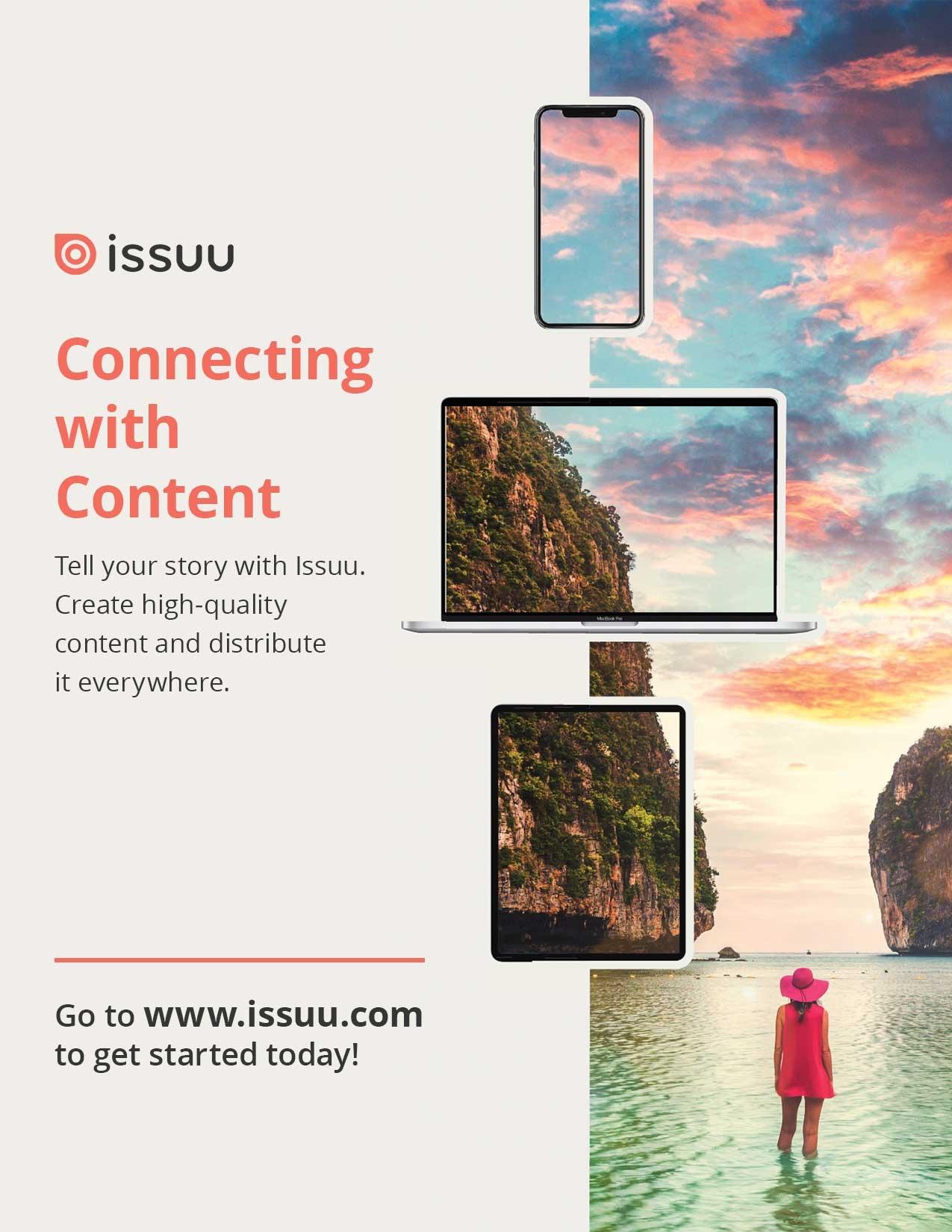AWARENOW
THE WORLD'S OFFICIAL MAGAZINE FOR CAUSES











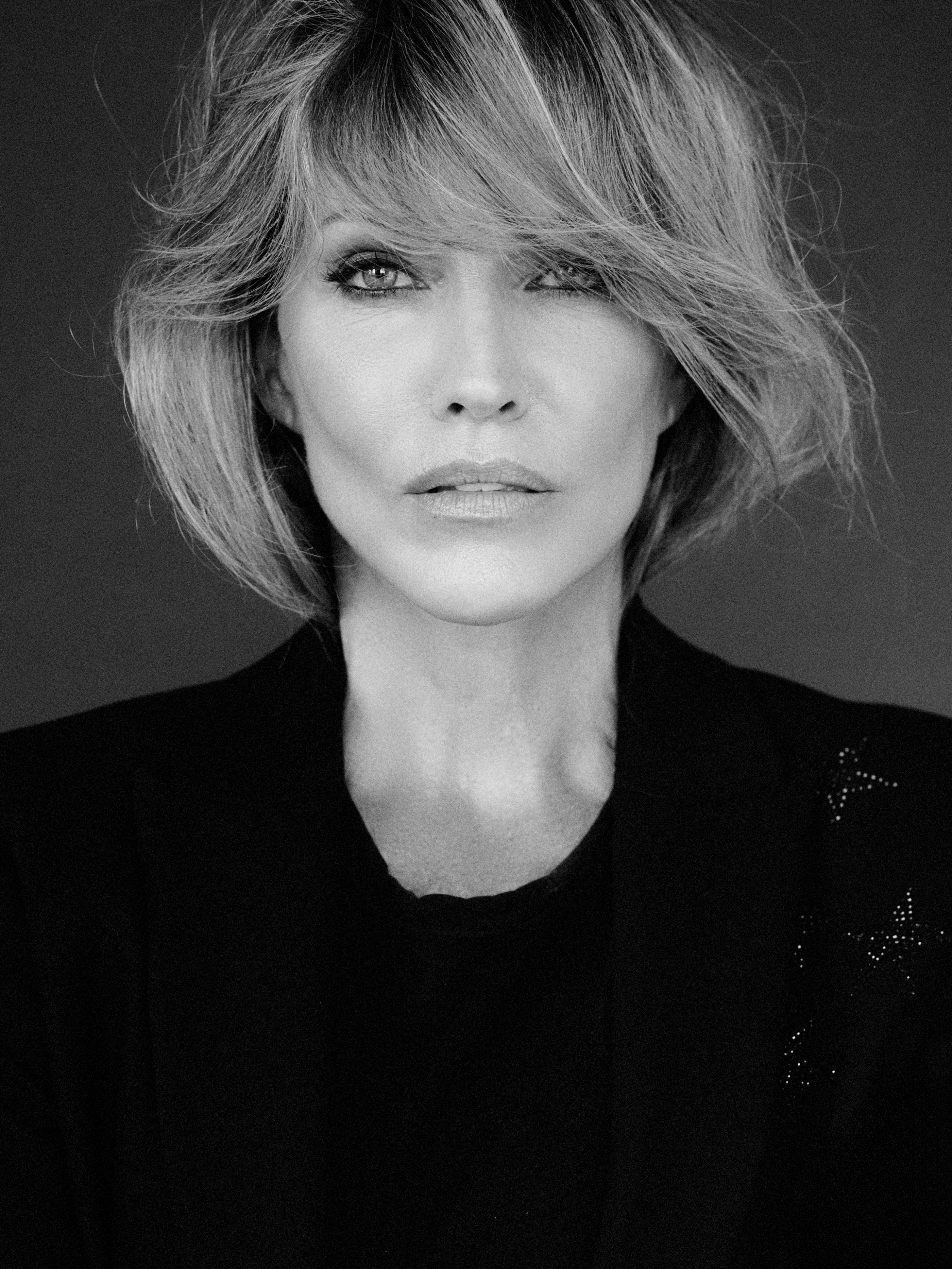

ON THE COVER: TRICIA HELFER PHOTO BY: RICHARD BERNARDIN
AwareNow Magazine is a monthly publication produced by AwareNow Media™, a storytelling platform dedicated to creating and sustaining positive social change with content that inspires and informs, while raising awareness for causes one story at a time.
DETOUR TO THE EIFFEL TOWER
DAMIAN WASHINGTON
MORE THAN SKIN DEEP
PAUL S. ROGERS
HELLO BEAUTIFUL
TRICIA HELFER
I AM NOT A BURDEN
KAM REDLAWSK
HOPE
ADAM POWELL BEYOND
UNLEARNING ABLEISM
CELIA CHARTRES-ARIS, JAMIE SHIELDS
BREAKING MISCONCEPTIONS
LEX GILLETTE
THE ART OF RESILIENCE
ROXANNE MESSINA CAPTOR
HEALING IS HARD
JACK MCGUIRE
A
SINA SINBARI MAKE
DANIELLE TODD, MAKE FOOD NOT WASTE
SHOUKEI MATSUMOTO
BEAUTIFULLY DANGEROUS
YULY GROSMAN
GRIEF
ELIZABETH BLAKE-THOMAS
SAME HERE
ERIC KUSSIN, ERIN MACAULEY
VALIDATION IN EDUCATION
DR. MARCUS RODRIGUEZ
KEVIN HINES



Everything has beauty, but not everyone sees it.

Confucius
beautiful : (adj.) The presence of light found not in perfection, but in purpose — where strength meets service and the human spirit shines through
Beauty is often hard to find under the weight of the world. Yet it is here, quiet but constant. Found in the hands that help, the hearts that hold, and the souls that serve. It’s in the courage to keep going when life asks you not to. It’s in the strength to see others before yourself, and in the grace that comes from doing good even when no one is watching. This edition is a reflection of that beauty. Not the kind framed in glass or filtered through lenses, but the kind made through struggle, sacrifice, and service. The kind that lives within us all, waiting for the light of purpose to bring it to life.
AwareNow, more than ever, we must remember how beautiful the world truly is — even in dark times. To see beyond the shadows and believe in the light within ourselves, and within one another. To have faith in what connects us all: the power, the purpose, and the promise of The Human Cause.


CEO & Co-Founder of AwareNow Media
Allié McGuire began her career as a performance poet, transitioned into digital storytelling as a wine personality, and later produced the Hollywood Film Festival. Now, as co-founder of AwareNow Media, she uses her platform to elevate voices and champion causes, connecting audiences to stories that inspire change.

President & Co-Founder of AwareNow Media
Jack McGuire’s career spans the Navy, hospitality, and producing the Hollywood Film Festival. Now, he co-leads AwareNow Media with Allié, focusing on powerful storytelling for worthy causes. His commitment to service fuels AwareNow’s mission to connect and inspire audiences.
The views and opinions expressed in AwareNow are those of the authors and do not necessarily reflect the official Any content provided by our columnists or interviewees is of their opinion and not intended to malign any religion, ethnic group, political group, organization, company, or individual. Stories shared are not intended to vilify anyone or anything. Their intent is to make you think.
* Please note that you may find a spelling or punctuation error here or there, as our Editor-In-Chief has MS and lost vision in her right eye. That said, she still has perfect vision in her left and rocks it as best as she can.
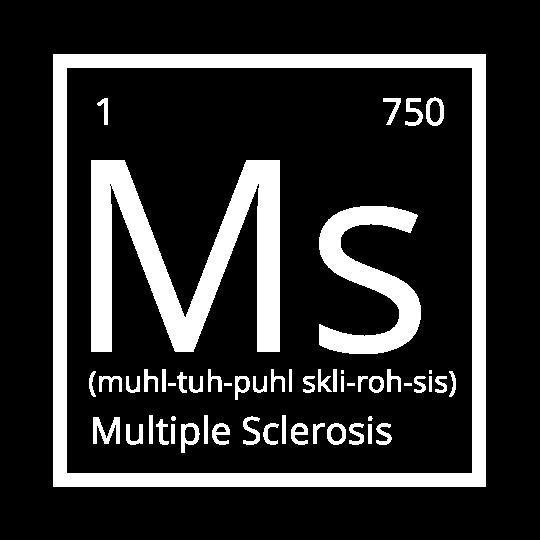
I’m walking a 5K from my crib to the Eiffel Tower and back again, because I can.
DAMIAN WASHINGTON COMEDIAN, ACTOR, VLOGGER & MS ADVOCATE


When my dear friend, Damian Washington, told me he was walking a 5K from his home in Paris to the Eiffel Tower and back—for me (Allié), for our film ‘Because I Can’, and for our MS community—I was moved beyond words. I laughed through tears as I watched and listened to him narrate each moment with humor, honesty, and heart. This walk wasn’t just his—it was ours, step by step, proof that together, no distance is too far when walked with purpose and love for your community. Here is what Damian shared on his walk…
I’m walking a 5K from my crib to the Eiffel Tower and back again, because I can.
The homie Allié McGuire is running a 5K. She’s doing this race and really invited a bunch of her friends in the MS community, and a bunch of supporters and caregivers, to join her.
Thar she blows, right there. (Eiffel Tower seen in the distance.)





Ah, my usual route—‘barreé’—it’s closed for construction. So just like with multiple sclerosis, if I’m gonna do this, I’m gonna have to find another way to make it happen.
Alright, we should be back on track now.
So just like I said, you know, MS takes away your ability to do things like you thought you were gonna be able to—like going to the bathroom, or just living a regular, normal life, or your vision, or your energy.
Literally, there are 20 things that can be wrong with you when you have MS that I can’t really think about right now because I’m walking and trying to film this video all at the same time.
The point is, if you are determined, you can still get to your destination.
There she go, right there. (Eiffel Tower seen in the distance.)
One of the things you do when you have MS is you make adjustments. So, I have on a layer, and I had to take that layer off so I wouldn’t get too hot—because heat sensitivity is a thing. (Takes off one of his layers and ties it around his waist.)
And this video would not be going on very well if I got overheated, and my knees didn’t work, and my balance didn’t work. So I just had to make sure to take off a layer so that it would be down here and ‘tied on me’, instead of ‘on me’ making it all hot—because ooo, child, this’d be a much shorter video than it is.
When you have a condition like this, there are so many unseen things with its thumb on the scale. So people like to call it an ‘invisible disease’, but I know I see it. And the people around me, I know they feel it as well.
One gorgeous thing about this town is that there are plenty of public benches here. So I’m just gonna have a nice little seat on one. They said they was gonna do the 5K, but you know, she said you could take as long as you need to get it done. Yeah, I’m gonna take my time—give myself some grace.




Inch by inch,

AwareNow Podcast
DETOUR TO THE EIFFEL TOWER
Feature Story by Damian Washington https://awarenow.us/podcast/detour-to-the-eiffel-tower




One of the MS homies says, “Yard by yard it’s hard, but inch by inch it’s a cinch.” Okay. So I just had to give myself a little rest, because inch by inch, baby.
Boom, there you go, right there.
(Eiffel Tower seen just behind him.)
See, it’s right there.
I mean, I would get closer, but my knees and my legs—just my overall fatigue—it’s just like, “Yo, bro, you know you’ve got to make it back home, right?”
So, in order to honor that and still make my 5K, I’m just like, “Yeah, how about you just turn back around and go back home while you still can son?”
Also, Allié’s doing this all at once. Like, bro, I’ve been stoppin’. I’ve been sitting on benches. I’ve been taking breaks to sit here and think of things to say.
She’s doing this all at once—like it’s a thing to do. But of course it is, because she wants to. And if she wants to, and she can, why not?
Because she can.
Also, I can too—which is why I’m even making this video in the first place.
Shout out to Allié McGuire.
Shout out to all the MS patients out here who’s in my feed. Peace, joy, and love to you. ∎

If you don’t already follow Damian, you should. Find him on Instagram: @damianwashington
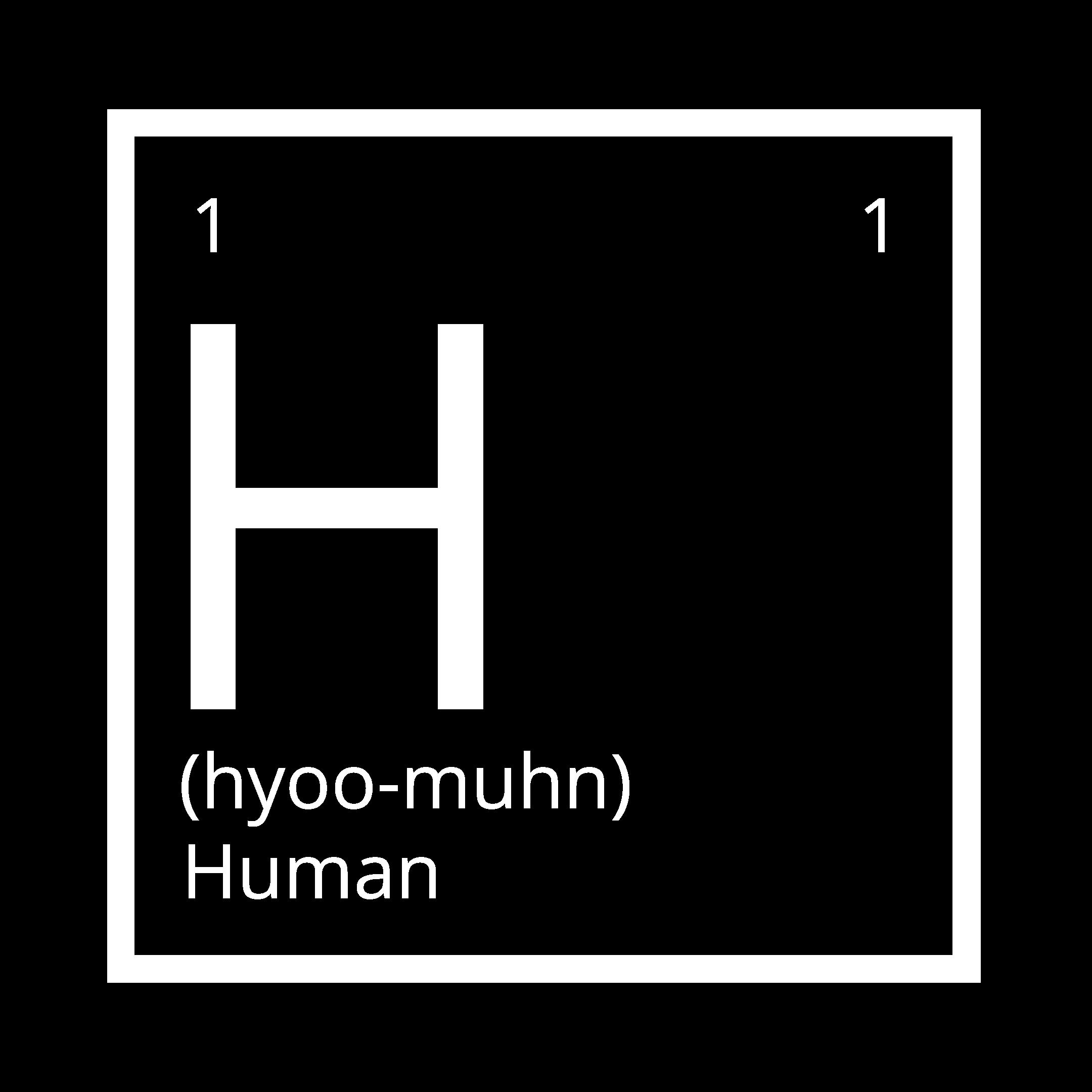

PAUL S. ROGERS


The Genie never answers the phone, as the Genie answers to no one.
In society beauty has been packaged and sold as a commodity. There is a clear line dividing those who have and those who don’t have beauty. Social media doubles down on surface polished appearances, carefully curated images, flawless skin and picture-perfect smiles. Being “perfect” and “beautiful” have become interchangeable ideas designed to keep us locked into an overconsumerist pursuit of happiness.
With all this interference it is easy to forget what beauty truly is. True beauty, which is more than skin deep, has little to do with symmetry or perfection. It is born of character, kindness and authenticity. It is more preoccupied with the way a person makes others feel when they are near. When beauty is more than skin deep, it transforms from something superficial into something far more enduring.
We have all met people whose presence lights up a room without any need for glamour or fanfare. Instead, it is their laughter, compassion, and willingness to listen that make them magnetic. They remind us that beauty is not a possession but a gift we offer through the way we live and love. Surface charm may catch the eye, but it is the depth of spirit that captures the heart.
True beauty often shines brightest in ordinary acts. A smile given to a stranger, patience with someone struggling, encouragement given when another is on the edge of giving up. These are the brushstrokes that paint a true portrait of beauty. Such gestures will never make the headlines, yet they ripple through the lives they touch. When we look back on the people who mattered most to us, it is rarely their physical appearance we recall, but rather how they treated us, how they believed in us, and how they made us feel valued.
This deeper kind of beauty stands outside the ravages of time. It grows rather than fades. Physical features inevitably change but age has a way of softening the sharpest edges and gracing us with lines that tell stories of laughter, tears, and resilience. A person who nurtures compassion, integrity, and courage becomes more radiant with every passing year, because their beauty springs from an internal source that cannot diminish.
When beauty is more than skin deep, it becomes an act of service. It reaches beyond the self and seeks to uplift others. The most beautiful people are often those who have walked through hardship and chosen to let it make them softer rather than harder. They carry a quiet strength, a grace that inspires, because they know what it means to stumble and rise again. Their scars are not blemishes but remind us that even in brokenness, beauty can be found. In Japanese culture this is celebrated in “Kintsugi.” Kintsugi is a traditional repair method for broken ceramics using gold to join the fragmented pieces together. This process creates something uniquely imperfect but also far more beautiful.
This understanding not only changes the way we see others but also ourselves. Instead of striving for the unattainable ideals set by society, we can cultivate beauty that grows from within. Every time we choose forgiveness over resentment, hope over despair, generosity over selfishness, kindness over being right we add to our inner light. That light not only illuminates our own path but also becomes a beacon for others who may be walking in darkness. This is why being of service to others also lights our own paths more clearly.
Written and Narrated by Paul S. Rogers https://awarenow.us/podcast/more-than-skin-deep

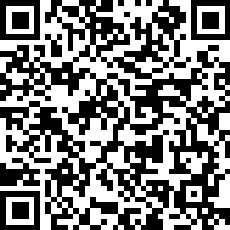


“We
This kind of beauty is available to everyone, not just the select few. We do not need wealth, fame, or flawless features to embody it. It is found in authenticity and having the courage of showing up as who we truly are. It is choosing to contribute to something far greater than ourselves.
When we start to view beauty in this way, our perspective shifts. We see beyond appearances, valuing people for the stories they carry, the battles they’ve fought, and the light they shine. We become less critical of ourselves, recognizing that our worth is not tied to perfection but to presence. And we begin to live with greater intention, knowing that every word and action can add to the beauty of the world around us. ∎

PAUL S. ROGERS
Transformation Expert, Awareness Hellraiser & Public Speaker www.awarenowmedia.com/paul-rogers
PAUL S. ROGERS is a keynote public speaking coach, transformation expert, awareness hellraiser, life coach, Trauma TBI, CPTSD mentor, train crash and cancer survivor, public speaking coach, Podcast host “Release the Genie” & best-selling author. His journey has taken him from corporate leader to kitesurfer to teacher on a first nations reserve to today. Paul’s goal is to inspire others to find their true purpose and passion.





Beauty is often seen, but rarely felt—until empathy enters the frame. For actress and advocate Tricia Helfer, beauty is about more than appearance, it’s about awareness. From portraying a woman rediscovering her worth after breast cancer in Hello Beautiful, to standing up for animals whose voices often go unheard, Tricia reflects a truth we often forget: empathy is the bridge between strength and softness. Here she opens up about the power of compassion and its ability to redefine what it means to live beautifully.
ALLIÉ: As October is Breast Cancer Awareness Month, let's begin today with a conversation about a film you recently starred in. In Hello Beautiful, you step into a story rooted in survival, self-image, and rediscovery. Now, while you yourself haven't faced breast cancer, what did embodying that experience teach you about the kind of beauty that endures beyond appearance?
TRICIA: I have not experienced breast cancer myself, but I know people who have. I actually had a very good girlfriend diagnosed with breast cancer while I was filming that show—she was 50 years old. And she purposely didn't tell me while I was filming because she didn't want to upset me. She was concerned about me filming as opposed to

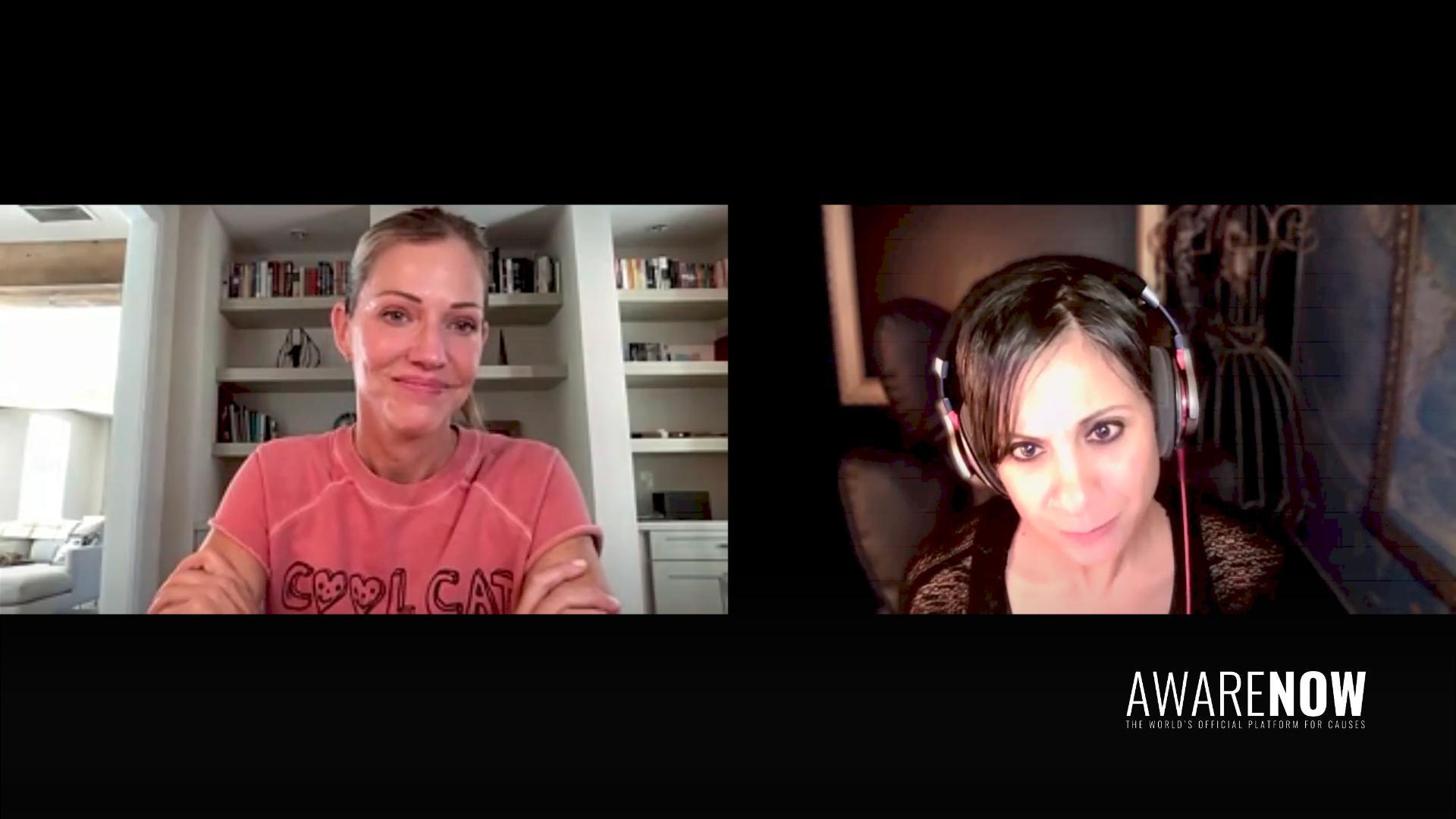


I don’t think I’ve ever placed selfworth on beauty, but it is very hard to come from a modeling background and be in the acting field and not have it creep in…
TRICIA HELFER MODEL, ACTRESS & ADVOCATE
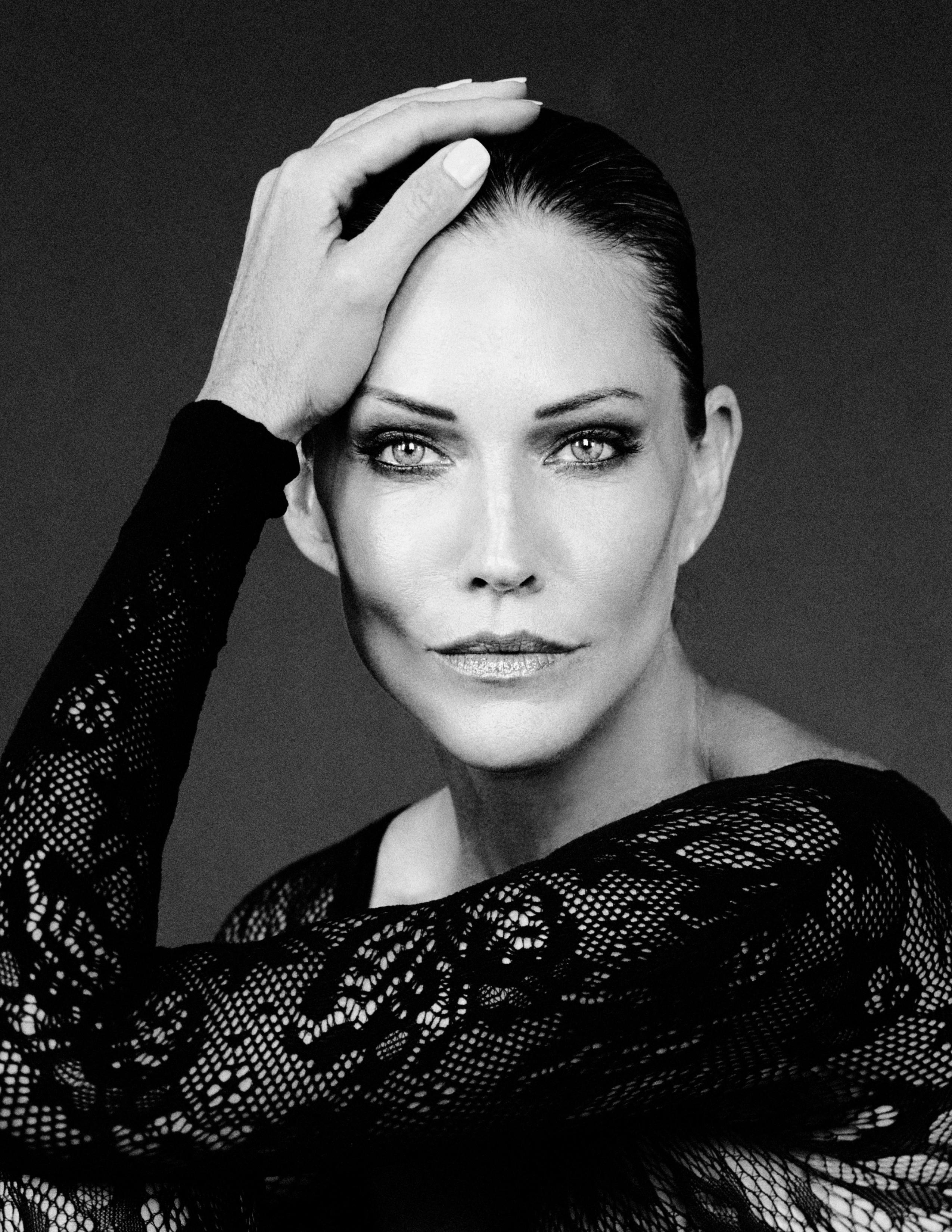
TRICIA: (continued) answering your question, but when filming it, I was portraying a version of a woman for whom this was her real story. So much of her platform since has become about the acceptance of the change in your external beauty during something like this. She was and still is a model, and she says she based so much of her selfworth on external beauty—and that’s understandable when that’s how you make your living and how the world sees you because of your job.
For her, I tried to put myself into her eyes and tell her story. But of course, it can’t help but be reflective of my own life, seeing that I’ve had a similar story to hers. I don’t think I’ve ever placed self-worth on beauty, but it is very hard to come from a modeling background and be in the acting field and not have it creep in, even if you know consciously and subconsciously that that’s not what it’s about. So, I don’t know if I learned anything specifically during the filming that I didn’t already inherently know, but it certainly put it at the forefront—something that needs to be continually worked on within myself, for sure.
ALLIÉ: Let’s talk about the fact that empathy sits quietly at the center of that story—a woman seeing herself through new eyes. As someone who’s spent years in an industry that celebrates the external, how has your own definition of beauty evolved into something more internal and intentional? How has that definition changed for you over the years?
TRICIA: I think it’s a constant struggle. To be completely frank, I think I’m struggling more with it now at this time in my life than I did throughout my youth. The ageism in Hollywood is affecting me more now—feeling that external pressure. I grew up on a farm, among hard workers, where not much emphasis was placed on looks aside from normal human nature. It’s a hard question because you talk about empathy, and the theme of the movie is her accepting herself and her change in herself, but it’s also about what society puts on you. You really have to have tough skin.
I remember I got into an argument with somebody I don’t even know. I had posted a photo of myself—it had nothing to do with looks—but this person made it about that. People do that all the time. I think empathy is more about having kindness toward each other and toward ourselves. I’m probably my harshest critic. I go through waves. It’s not like I’m all-knowing now and because I’ve done this movie, I’m immune to those thoughts. Of course, I know external beauty

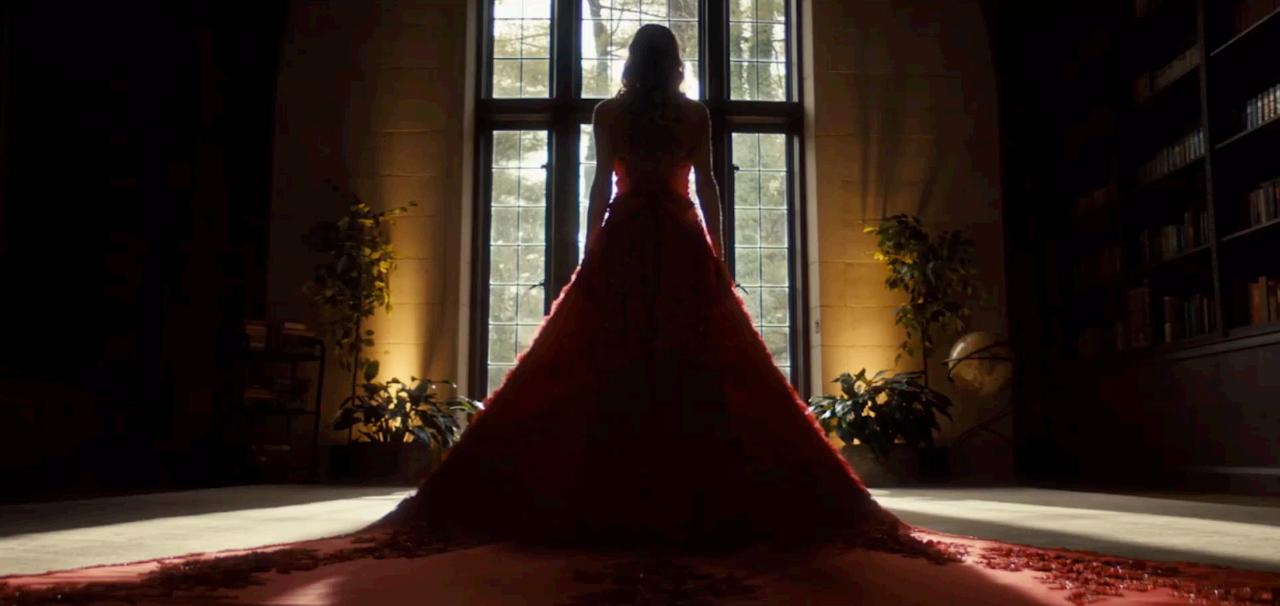

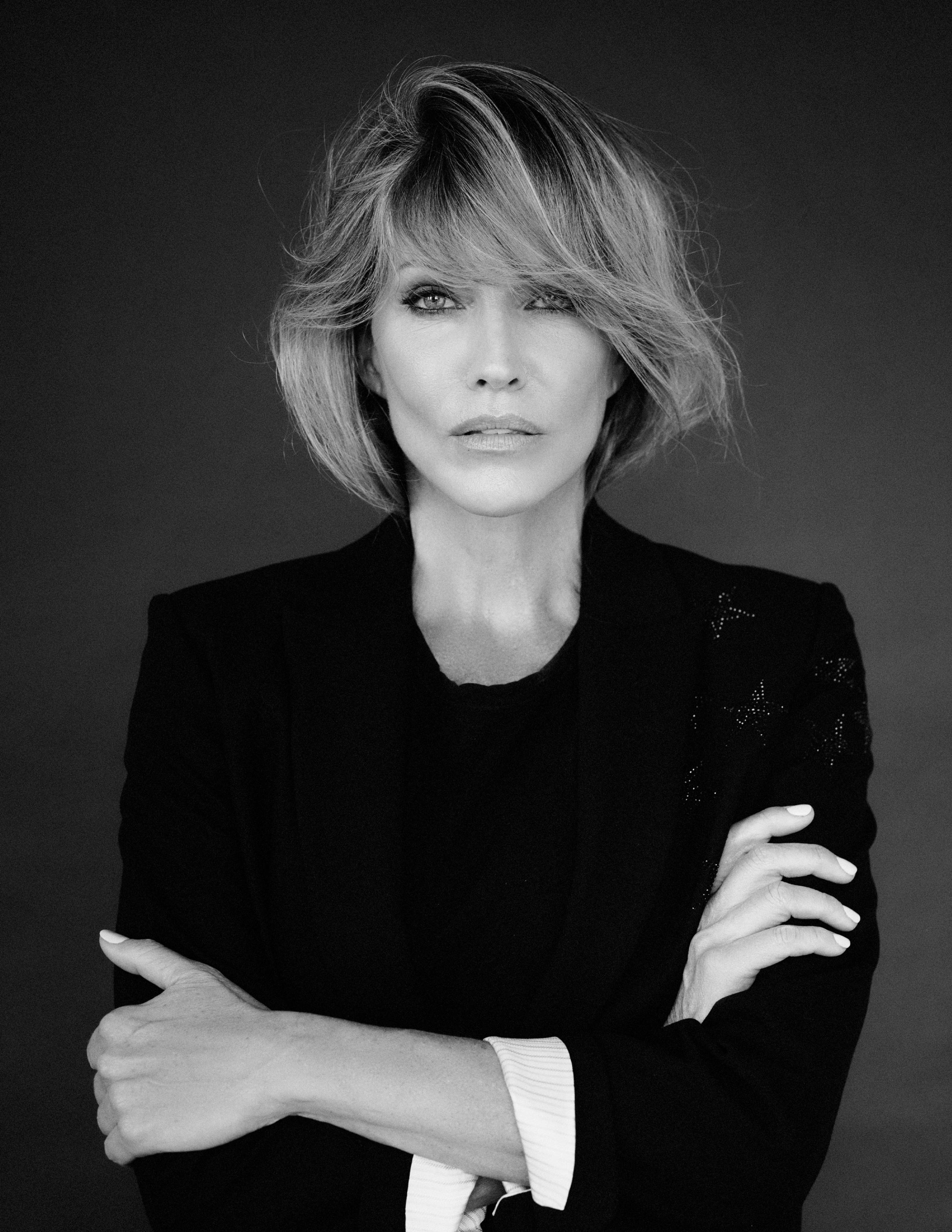

TRICIA: (continued) isn’t what’s important—I know that inherently—but I’m not immune to it. It’s a constant struggle, and I can only hope that with age comes wisdom, that I’ll get over that hump and never be bothered by another comment or by looking in the mirror and seeing changes. But have I mastered it? No. Am I trying? Hell yeah.
In Hello Beautiful, beauty is stripped away because of health. There’s so much more that’s not just about external beauty—it’s about vitality. It’s not only about losing hair or weight. It’s about feeling like your life is ebbing away. You’re not able to walk up the stairs without being exhausted. So it’s not just about beauty per se—it’s also about health and struggling with the fact that you’re not healthy.
ALLIÉ: Yeah—of what you once had but no longer have. What do you do with that?
TRICIA: How do you deal with it? And will you ever get it back? If you survive, will you get it back? Will it be altered permanently? Specifically with breast cancer and mastectomies—when I was researching for this role, my mother had recently passed away from colon cancer, so it was all very close to home. When researching, I discovered there’s a much higher likelihood that if a couple is married or in a relationship, it will end in divorce or separation than with any other cancer. There’s that element of a woman feeling she’s lost something that will keep her mate attracted to her.
With Christine, the real woman my character Willow is based on, that’s one of her platforms—to bring awareness and acceptance to the flat-chest movement. Some women who go through mastectomies can have reconstructive surgery, but some can’t. Some experience complications, others can’t afford it or can’t take the time off work. Christine had complications and no longer has enough tissue for reconstruction. That’s part of her advocacy—to redefine femininity and beauty beyond reconstruction. I was amazed when I found out how much higher the divorce rate is. It was staggering.
ALLIÉ: That’s wild. To have to sit with that—I think it comes back to realizing we can’t ever be the version we were. We can only be the version we become.
TRICIA: And try to learn how to accept that and be happy with where you are.
ALLIÉ: Absolutely. You were talking about Christine’s platform—what about yours? You’ve used your platform to protect and uplift animals, lending your voice to those who have none. In what ways does your work in animal advocacy echo the same empathy that draws you to human stories of healing and resilience? Where’s that through line in all this?
TRICIA: Having empathy for others—for someone going through something—translates to animals too. Animals are feeling, thinking beings. It amazes me that parts of science still debate whether animals have emotions or recognize us after time away. Of course they do. A lot of my work focuses on animal testing—pushing for legislation to ban cosmetic testing on animals. It’s outdated and unnecessary. We now have computer modeling and cell-based testing —there’s no reason to keep using animals. So, for me, it’s about empathy. Thinking of another being—what they’re going through. If I can use my platform to bring awareness to causes I believe in, then I think it’s my responsibility to do so.
ALLIÉ: In your work as an actress, you’ve portrayed light and dark—goddesses, villains, survivors—so many different characters. When you strip all that away, what part of you do you hope audiences recognize across all those roles? What’s your signature?
TRICIA: I don’t really know. I do play a lot of bad characters. A character may know they’re doing something wrong but still do it anyway. You have to come at it from their perspective, so I always try to find the vulnerability—something that explains why they’re doing what they’re doing. Not saying it’s right, but maybe it makes it understandable. I’ve been told that I usually find some sort of vulnerability—again, it goes back to empathy. There’s something people can empathize with. They might disagree, but they can still understand. That’s usually what I try to find, even if it’s subtle or hidden in the performance. For me, that empathy often bleeds through, even if the audience doesn’t consciously notice it.



Exclusive Interview with Tricia Helfer https://awarenow.us/podcast/hello-beautiful




ALLIÉ: I love the artistry of that—those little nuances of how you pull that emotion and embody it in your roles. So, one more thing I want to discuss today. This month’s edition of AwareNow is called The Beautiful Edition. Let me ask you personally: when was the last time you said, out loud or not, “Hello Beautiful” to a moment, a person, or a cause that reminded you why empathy really matters?
TRICIA: It wasn’t the exact words “Hello Beautiful”, but the sentiment was the same. I said something similar to one of my sisters—Tammy, my oldest. She’s been taking care of our father, who’s very ill with Alzheimer’s. She’s really taken on the caretaker role since our mother passed away, putting her own life on hold in many ways. I was with her recently, and after seeing all that she does, I said to her, “You’re a rock star, and I want to make sure you’re okay.”
Going back to the film, there’s sometimes not enough attention paid to caretakers—and that was something Christine wanted to focus on in the movie as well. So, I asked my sister, “Are you okay? Is there anything I can do to support you?” I live in another country, so I can’t be there often. She said, in her typical way, “No, I’m good.” But I wanted her to know that I see her—that I see what she’s doing for our family. That, to me, was “Hello Beautiful” to her. ∎

KAM REDLAWSK
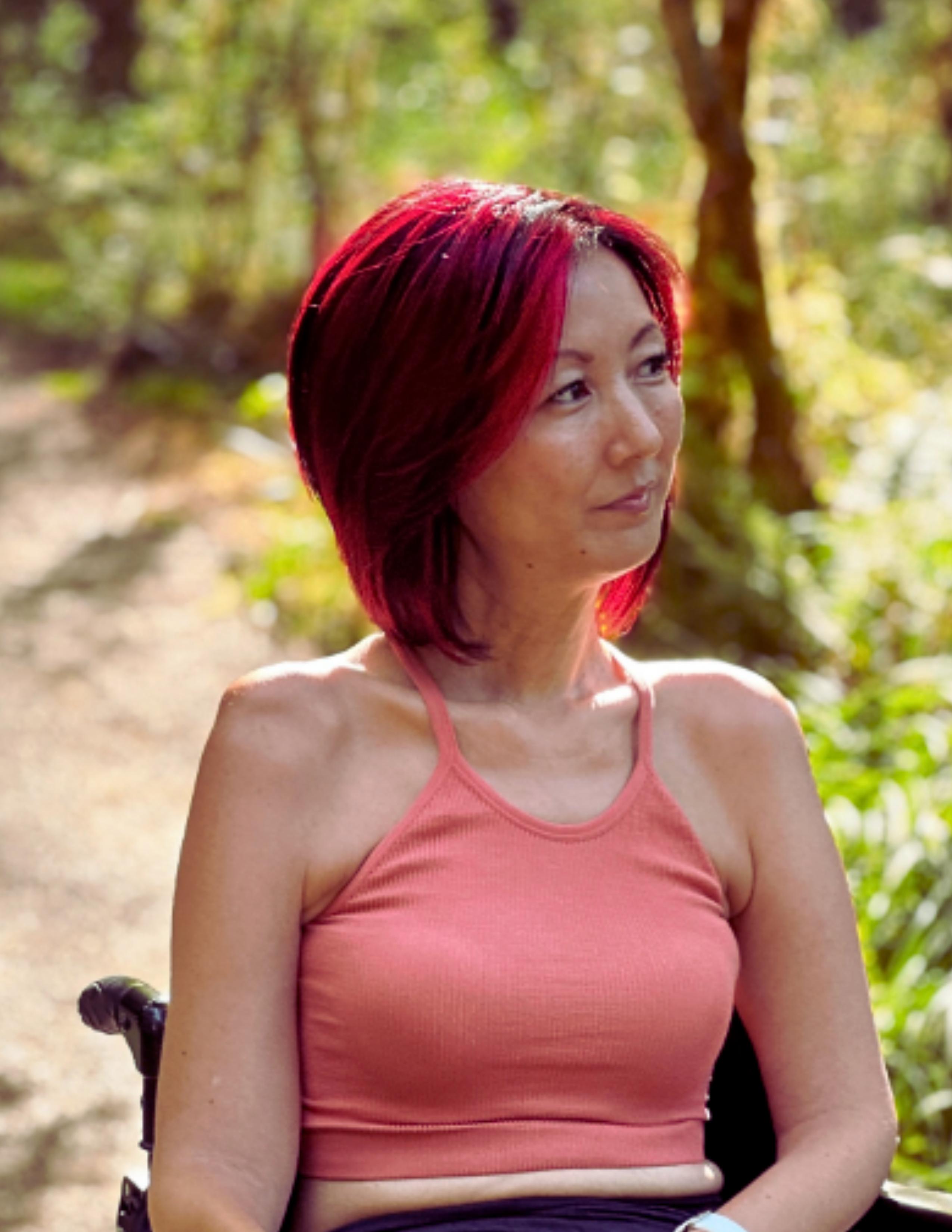

STORY BY KAM REDLAWSK
I am NOT A BURDEN.
I am NOT A BURDEN.
I am NOT A BURDEN.
Disabled people are NOT A BURDEN.
Feeling like a burden can create everlasting shadows of worthlessness & shame. As an adoptee, I’ve felt the relics of being a burden since I was abandoned. I was frequently reminded I was unwanted, bought & paid for, which required sacrifices I should only feel lucky for. This is where adoptee stories typically end. Our lives & stories are reduced to an unwanted burdensome child, and our story finishes with how amazing the adopters must be. The conversation about the system orphans have had to endure, the trauma, pre-and post-adoption, and the many kinds of abuses potentially inflicted is never acknowledged by society & adoptive families. The shimmering romanticism of adoption is preferred, nobody wants to hear our side.
As a disabled person, I’ve felt the familiarity of being seen as a burden through the consistent responses to my disability. I’m considered useless, incapable, with sadness forever fixated over my head like a pitiful halo, accompanied by the amazement of what a saint my partner must be for “sacrificing his life”. Society feels the need to remind me of how inferior & undesirable I am, and that it’s exceptional that someone took on such a broken person. “You’re lucky!” is the glint in people’s eyes when they see us, not, “You’re looked upon inhumanly & limited access by society. I’m sorry.”
These labels have unjustly deemed me as the paltry one; as if this is the only redeeming thing about me after 46 years of life—the unwanted with “too many problems” to include or love. Meanwhile, much of who I am is sidelined without a blip of curiosity beyond identities I never asked for.
As an orphan and a disabled person, I’ve felt I’ve had to constantly prove my worthiness in order to be, and continue to be, loved & to deflect the burden I am. These feelings infiltrated me since the beginning, creating a ruthlessly selfcritical person. But after 46 years, this has become tiring. I am not a burden. And neither are you. ∎

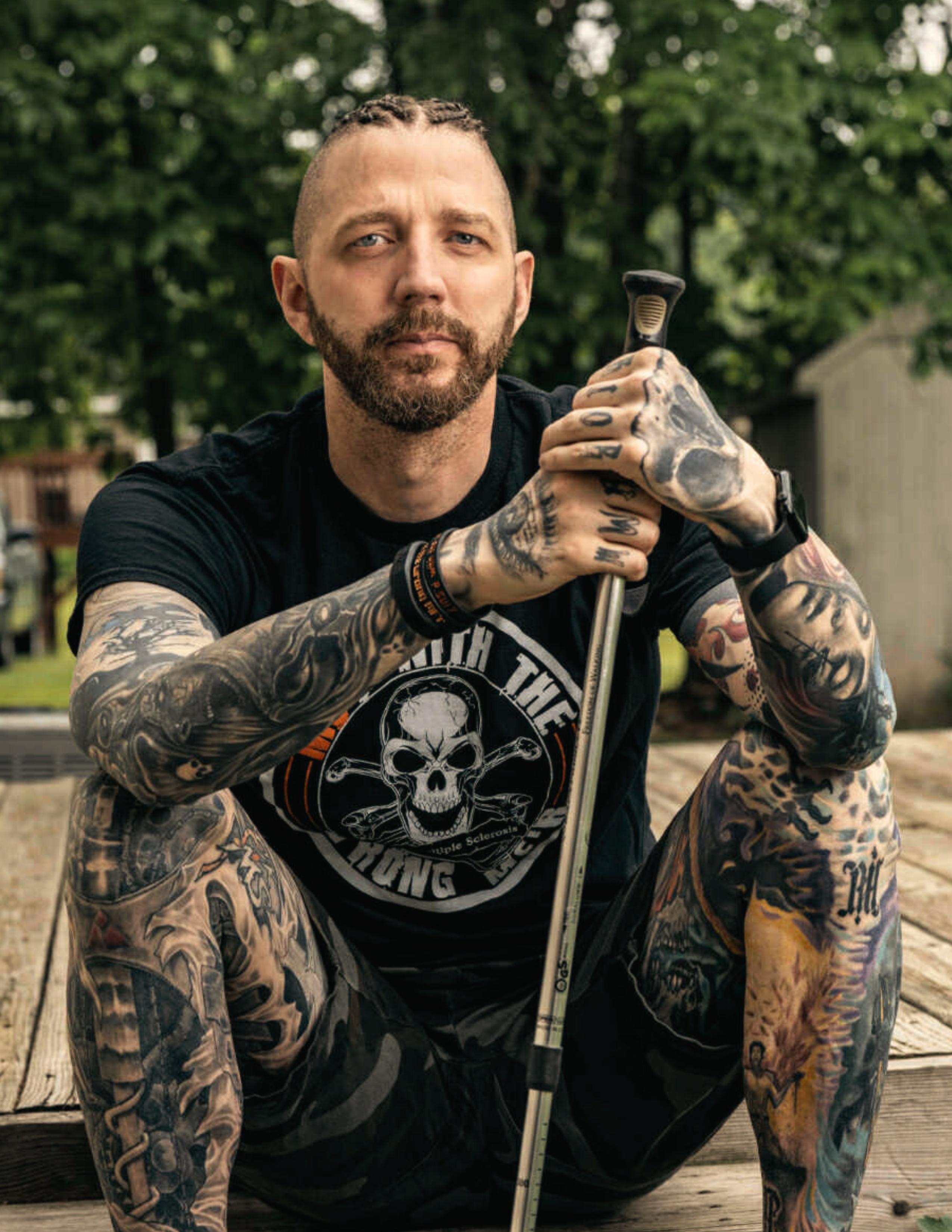

When life told Adam Powell to stop, he found another way to go. Living with multiple sclerosis, Adam learned early on that strength isn’t about how far you go — it’s about how you keep going. Now, with neural sleeves helping him move in ways once impossible, his journey continues as proof that hope is more than a feeling — it’s a force in motion.
ALLIÉ: Focusing on your MS journey from diagnosis day until now, remind me how long it’s been since that day?
ADAM: It's been just over six years. It was June of 2019.
ALLIÉ: Okay, so just over six years. As you and I both know, while there are many obstacles that MS presents, especially with primary progressive multiple sclerosis, which you have, what is the one that has been the most frustrating for you today?
ADAM: The biggest one, and one I still fight to this day, is my legs and trying to walk. After I was diagnosed, it was five months before I was in a wheelchair, and I was in that wheelchair for about nine months. Then I started doing my best to get out of it and walk again. I’ve been able to, and now I just keep moving that along as best I can. It's not

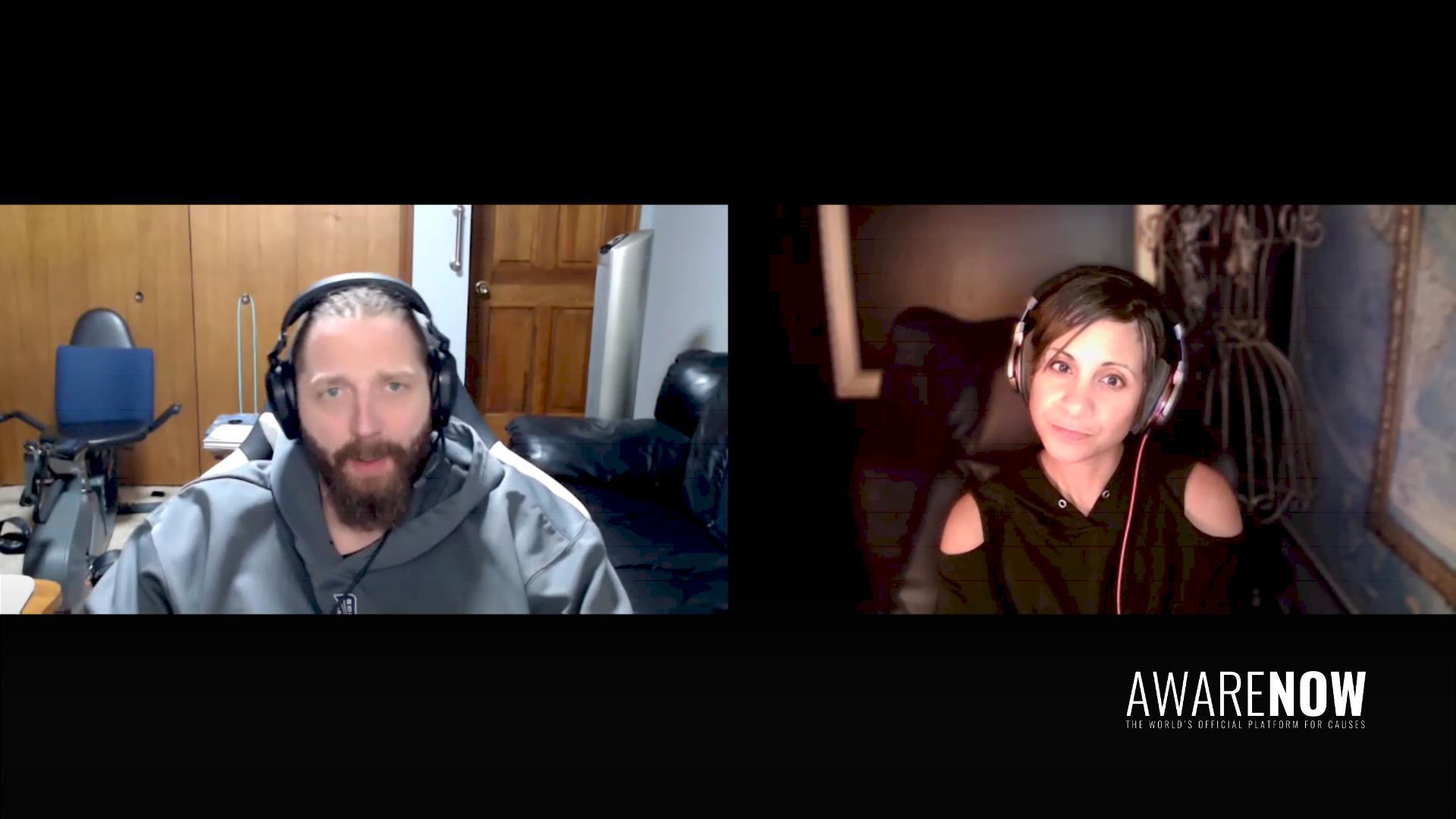
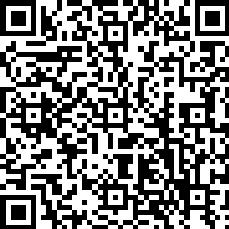


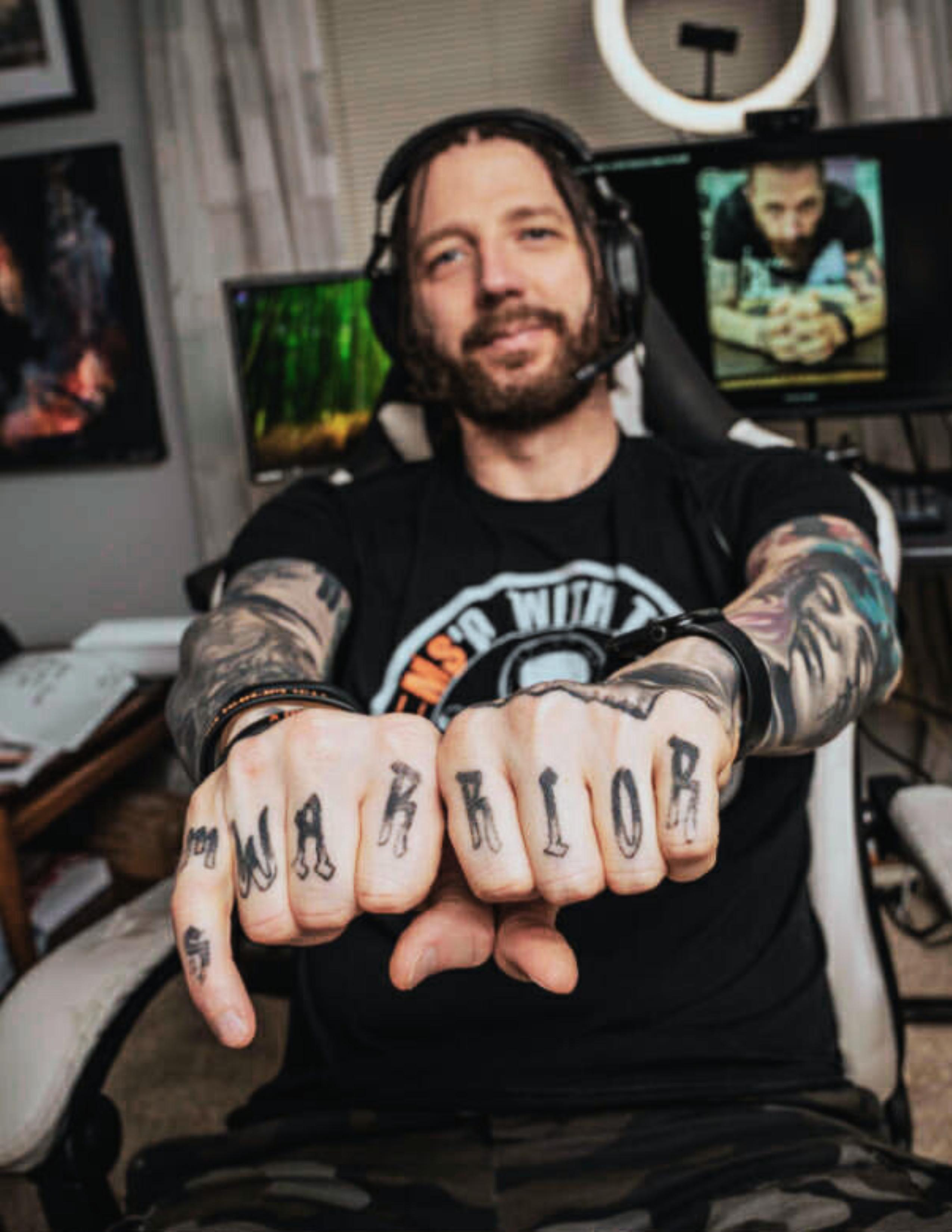
ALLIÉ: Try really hard to walk this badly. Let’s talk about the fact that you’ve come a long way since that diagnosis. What led you to discover Neural Sleeves? I want today to be a sleeve conversation. How did you discover it, and what was your first experience with it?
ADAM: I discovered it years ago, when they first got FDA approval. It’s been on my radar for a long time. I remember reaching out to them early on and saying I was interested, but I needed two of them. There was no point for me to have only one because one leg is bad and the other is worse. They were just launching their first products and said they couldn’t do that at the time. So, I kept an eye on it. I happened to go to a conference in Branson, Missouri, back in August—Modified by MS, hosted by Matthew Price. He does a lot for the MS community. This was his second big conference. I went down to Branson, Missouri. I actually spoke down there too, which was cool. Cionic happened to be there and had a table set up with vendors. I was like, oh, this is awesome. It’s been on my radar for years. Now I can actually talk to them. Now I can try them out.
As soon as the day of talks was over, I remember my friend Michael Zink raced out there to beat me so he could be the first one to try them out. He did, and it helped him. He’s pretty mobile, but he gets a problem where, the more he walks, the more his drop foot comes in, so it can help him in the long run.
I tried it on, and they let me have both sleeves. We got dialed in—it doesn’t take long—but we were trying to get the right amps to each muscle to make my foot raise the right way. It’s really cool what you can do with those. So, we finally got all eight sets of electrodes set, four on each leg. All your major muscles—hamstrings, quads, shins, calves —it’s firing them all. I took a walk without it turned on, just the sleeves on, and walked down the hall. I was stepping in front of myself, getting this hitch in my knee, hunched over—just my normal walk. Like I said, I try really hard to walk that bad, but I still walk, and I’m proud of that.
When I got to the other end, they turned it on, and I just started walking. It felt good—smoother. I felt like I was walking better. I didn’t have as much shaking or ataxia. My foot wasn’t crossing over the other. It felt really good to me, which I was super proud of. One girl said, “Oh my God,” and other people were like, “Holy cow.” I thought, wow, this is really good. Then I saw the video of it, and it blew me away. You see my normal walk, and then my walk with it—and this was the very first time I ever had it on. My posture was completely upright again. I didn’t realize that while walking, but when I saw the video, I thought, oh my God, I’m walking almost normally. I would’ve liked to wear them more, but so many people wanted to try them because they saw what it did for me. They were like, holy crap, this is amazing. Right then, I was sold.
ALLIÉ: So, you were sold when you saw the results. What about the moment before you put them on? I’m wondering about the balance between skepticism and hope before you had proof.
ADAM: I was actually pretty hopeful because in physical therapy I’ve done a lot of electrical stimulation, and it’s helped me—like the RTI bike. When I wasn’t walking, we used the RTI bike to help fire my muscles in the sequence of riding, so they got moving again. I’ve done TENS units. When I was learning sit-to-stand, I used TENS to help me come up onto my ankle. I’m used to the stimulation and have seen a lot of results from it. The latest before that was TSS—Transspinal Stimulation. My therapist came back from a conference and told me about it. It was originally made for spinal cord injuries, sending electric signals through the spinal cord to trigger responses. She said, “Why wouldn’t it work for MS?” and asked if I wanted to try. I said, hell yes, let’s do this.
I was her guinea pig, and it’s such a strange sensation. The only way I can describe it is it feels like an electric woodpecker on your neck. As I was walking, I felt like I could shoot lightning out of my fingertips. It’s very weird to get used to. It’s mobile, but she had to carry the whole thing on a cart next to me because I was hooked up to wires. It made me walk better. Again, it took away my ataxia. I wasn’t shaking, I was walking straighter, my stamina was better. We did a little the first day, a little more the next, and by the third time I used it, I walked out to my car without stopping or using my stick. That was huge. The residuals were awesome.


“I golfed an entire 18 holes and walked almost four miles that day. There’s no possible way I could’ve done that without the sleeves.”
ADAM: (continued) So, when I went into the Cionic experience, I was very hopeful because I’ve seen what electrical stimulation can do. It had been on my radar for so many years that I was pumped to see what this could do. There was zero skepticism from me.
ALLIÉ: On the opposite side of skepticism—in your words, you’ve described these Neural Sleeves as a game changer. Was it that first time you tried them, or another moment later, when you realized they were helping you do something you hadn’t been able to do in a long time?
ADAM: Honestly, it was right when I tried them for the first time. That little two-minute video clip was the only time I had them on then. I was in Branson, finished up my trip to Colorado, and by the time I got home, the sleeves were already there. I had my appointment to get them set up and then I was off. What’s great about this company is they’re small and new—many people don’t know about them. I posted that video on my social media and it got about 70,000 views. It blew up. The company saw it and said, “We’re going to make you an ambassador,” and they gave me the sleeves. Even if they hadn’t, I was buying them anyway.
I had them set up and went outside. I walked without them first, then with them, and you could see the difference. The next day, Friday, I went outside and did something I’d never done—I walked down my driveway, down the road three houses, turned around, and came back without my stick. That was something I had never done before. When I was learning to walk again, I’d have to rest four, five, six times. I carried a tripod stool because I had to sit and rest. But this time, I just got up, walked, and did it.
The next day, Saturday, we had a golf outing for one of my good friends who passed away last year. I wanted to support his wife and kids. I figured I’d maybe play three holes and get some funny footage of me swinging and falling over. I golfed an entire 18 holes and walked almost four miles that day. There’s no possible way I could’ve done that without the sleeves. Being new to them, I was experimenting with the app, turning up my shin setting as I got tired so it would raise my foot more. The batteries last about eight hours—I wore them for ten and a half because I turned them off when I wasn’t walking. Afterward, even when they died, I still walked safely without my stick. The residuals trained my muscles and reminded them what to do. I couldn’t believe I golfed 18 holes. I just golfed another 18 this past Saturday. I don’t even like golf.
ALLIÉ: Like it or not, you’re going to be a golfer now, just because you can.
ADAM: I’m going to be a golfer now, just because I can. Exactly.
ALLIÉ: I’ve seen the video—it’s incredible to witness. Seeing is believing. But it’s one thing to see it; it’s another to feel it. Not just physically, but mentally and emotionally. Let’s talk about that.
ADAM: It’s been a whirlwind. That walk to my neighbor’s house without my stick was one of the longest walks I’ve taken—it was incredible. Being able to golf that day, to support my friend’s family, that was amazing. Even little things, like going to a restaurant and leaving my stick in the car, feel huge. The bartender said, “Something’s different.” I told her, “Yeah, I don’t have my stick.” She said, “What? I’ve never seen you without it.” Those small moments are amazing. Same thing when I walked into the store without my stick—it’s the little victories.

ADAM: (continued) They also have a cycling mode. At first, it only engaged my quads and hamstrings, not my feet, which I needed, so they adjusted it. I told them what I needed, and they listened. That’s one of the best parts—they care. I post about it, and the founder comments personally. They engage and support their users.
ALLIÉ: The way it should be. Finally, it is.
ADAM: Exactly. I’ve been talking about it a lot. I know at least six or seven people in the MS community who’ve gotten them now. Whenever I’m online, that’s the first thing people ask me about—the sleeves.
ALLIÉ: It’s absolutely amazing. You’ve said that with the sleeves, you’ve been able to bike six miles, golf, and do things that once felt impossible. What goes through your mind when you’re out there moving freely, doing something MS once took from you? What’s Adam’s heart saying to that?
ADAM: I feel amazing. It honestly feels like I got pieces of my life back. Things I never thought I’d do again, I’m doing. It gets my mind spinning—what else can I do? How much more can I walk? At next year’s Walk MS, will I walk the whole mile without my sticks? I’m always asking, what’s next? Let’s keep pushing and show others that there’s something out there that can help them. If I have to be the mouthpiece for that, I’m all for it. I love that.
Exclusive Interview with Adam Powell https://awarenow.us/podcast/wearing-your-hope-on-your-sleeves

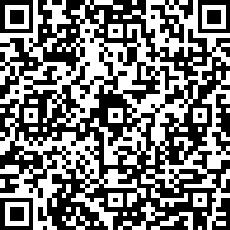


ALLIÉ: I can’t think of a better mouthpiece than you, Adam. You’re not just wearing technology—you’re wearing hope. For those who feel stuck in the symptoms of MS and unsure if progress is possible, you’re living proof. If you could look them in the eyes and tell them something about why it’s worth trying, what would you say?
ADAM: It’s the same message I always share: just do something. Try to be a little bit better than you were yesterday, no matter what that looks like, no matter what stage you’re in—because I’ve been in all of them. If you can’t do sit-tostands and you do one, that’s a huge win. Tomorrow, do two. If you can’t straighten your leg, and you do, that’s a win. Keep trying to be a little better tomorrow than you were today. It’s that simple. It’s hard, but it’s simple. You have to have the mindset before you can do it physically. I say that from experience. When I was learning to walk, I was hunched over a walker, braced from thigh to toe, throwing one foot in front of the other and hoping it landed right. I just kept repeating that for years, and now I can walk. The sleeves are just an addition to that hard work. I put in the years, and now I’m taking pieces of my life back. It’s incredible.
They’re actually comfortable. I barely know I’m wearing them. The battery pack is small, lasts about eight hours, and clips to your thigh. It’s amazing. I can’t say enough about it. Like I said, I’m always wondering what else I can do now, how much more I can push. I’m still fine-tuning everything—getting the electrodes in the perfect spot and figuring out what works best for me. It’s so user-friendly. You can control everything from an app on your phone and change it whenever you want. It’s awesome.
ALLIÉ: With MS, we’re always looking for new tools. It’s not curable yet, but until it is, we manage what we can—and find the tools that help us do it better. This is clearly one of those tools. It’s worked for you and could for so many.
ADAM: I hope so. I remember one guy at the conference—probably in his early sixties, diagnosed only a few years ago—his foot didn’t lift off the ground when he walked. It dragged every step. He tried the sleeves, and suddenly he was walking almost normally. He looked at me, almost in tears, and said, “I haven’t walked like this in years.” That’s what it’s about—getting that sense of normalcy back, being able to do what we used to do. I never thought I’d be able to do this. No way.
ALLIÉ: And yet you can—and you are.
ADAM: And I plan to keep going. ∎



What happens when one man refuses to accept the limits society places on others? For Jake Weiner, that question became the catalyst for ZOOZ Fitness—a space where people of all abilities are not only welcomed but celebrated. In this conversation, Jake opens up about the personal journey, the challenges, and the humanity behind creating an inclusive fitness revolution that’s transforming lives and reshaping an industry.
ALLIÉ: Every moment can begin a movement. What was your moment, Jake—the one that made you realize that the fitness industry wasn’t just overlooking people with disabilities, it was leaving them behind—and that you had to do something about it? What was that moment?
JAKE: I want to rewind slightly because I think it helps pave the roadmap to that moment in particular. I grew up doing martial arts and sports, so movement has always been a part of my life. Movement is medicine, and I was taught at a very young age that we should move—and move often. I have two brothers, so we were always sporty and active. A love of movement and exercise and building community around that was instilled in me early on.




“For me, I had a deep passion for fitness and for helping people who were being left out of that world.”
JAKE: (continued) running through all of it: I kept noticing that the people I worked with weren’t active. They weren’t moving their bodies. So it wasn’t just that the fitness industry wasn’t inclusive—it was that these individuals weren’t being given opportunities to move at all. That was the lightbulb moment. All of my experiences came together, and I realized there was a need. They weren’t accessing the gyms I was, or the sports that gave me so much life. And that was the aha moment when I thought, something needs to happen. Who’s going to do it? Me.
ALLIÉ: Founding something as unique as ZOOZ couldn’t have been easy. Let’s to back to the start. What doubts or barriers did you face, and how did you find the strength to keep going when it felt like the world wasn’t quite ready?
JAKE: I think with any entrepreneur, there are tons of doubts and anxieties—imposter syndrome, the whole thing. I can remember vividly when I had that aha moment. I was sitting with my wife and my family, saying, “I think I want to start something like this.” I didn’t know what it would be called or look like yet, but I knew I wanted to work with this population.
My family and friends kept saying things like, “There aren’t enough clients for you,” or, “The population’s not big enough,” or, “I don’t know if these folks can work out.” There was just a lot of doubt—not about the people themselves, but because fitness and disability didn’t seem to merge in people’s minds. So as a hopeful business owner, I wondered: Can this work? Can I make a living? Will there even be clients? It definitely wasn’t easy, but I’ve always liked to reframe things. I love perspective—seeing things through someone else’s eyes. For me, I had a deep passion for fitness and for helping people who were being left out of that world.
Even when things got tough, I kept coming back to that. COVID was one of those moments. In 2019, we opened our first brick-and-mortar gym. Then in 2020, COVID hit—and I also had my first son. It felt like the universe was testing me. But I stayed focused. For me, it’s all about mindset. I was determined to make this happen and ensure that our mission came to life. Someone had to lead the ship.
ALLIÉ: Yeah—if someone was going to step up and actually do it. From what I’ve read and seen, ZOOZ isn’t just about building muscle; it’s about building confidence, connection, and community. Can you share a moment or story from the gym that captures what inclusion really feels like?
JAKE: There are countless stories. The biggest one for me happened recently during our second Spartan Race. We took 11 athletes and 16 coaches. One of the athletes had only been training with us for a few weeks. On the course— a 5K in the desert, full of obstacles and heat—he had a moment of panic. He was overwhelmed, saying, “What am I doing out here?” My coaches and I talked him through it. At the end, he came up to me and said, “Thank you so much for this experience, but also thank you for having ZOOZ Fitness. Thank you for making a place where I can feel included—where I don’t have to be worried about my anxieties or stressors.”
He also struggles with anxiety in public places, like malls. ZOOZ became a space where he feels safe, confident, and connected. These events—like Spartan races—aren’t built for folks with disabilities. Yet there he was, completing one. That’s inclusion to me: creating spaces that weren’t made for our athletes and making them accessible, not because they can’t do it, but because they can when given the right support.
JAKE WEINER FOUNDER OF ZOOZ FITNESS


ALLIÉ: Absolutely. And inclusion can mean so many different things to different people. So, let’s talk about another word—athlete. It carries so much cultural weight. How have your athletes at ZOOZ redefined that word for you, and for everyone who steps through your doors?
JAKE: Words are powerful. When I started ZOOZ, the term client didn’t sit right with me. It felt transactional. I wanted something empowering. The word athlete does that. When people hear it, they might picture a professional, someone who’s fit, fast, and strong. But to me, an athlete is anyone who works hard, who shows up, who moves their body with intention. When we call our participants ‘athletes’, something shifts. They start believing it. They carry themselves differently. Their parents hear it and see it too. It’s a mindset—yes, you’re athletic, yes, you’re strong, yes, you’re capable. That’s powerful.
I’ll share a quick story. About eight years ago, I was at a resource fair talking to parents. A father came up to me and asked, “Do you train professional athletes?” I said, “No—but here’s how we define athlete.” I explained that everyone who works hard and moves with purpose is an athlete. He paused, thought about it, and said, “So if I trained with you, I could be an athlete too?” His face lit up. He had a son on the spectrum, and it was a moment of realization— that inclusion through language can be transformative.
ALLIÉ: That’s such a good point. We talk about the boxes society puts us in, but rarely about the ones we can check for ourselves. I did some research and saw that you have a background in psychology, marketing, and judo—a fascinating combination. How do all those disciplines come together in the way you train, motivate, and empower your athletes?
JAKE: ZOOZ has grown so much. I started it over ten years ago with just me and an idea. Now we have an incredible team that’s taken it further than I ever imagined. Early on, it was about two things: movement and community. Those two words are still the foundation of everything we do.
The psychology background helps with understanding behavior and motivation—how people change, what drives them. Marketing taught me how to communicate and connect. And judo taught me discipline, respect, and how to fall and get back up. Those lessons come together in how we coach. Our number one goal is positive movement. Every new athlete and every new coach hears that from day one. We want every experience to be positive. I’ve been lucky to have amazing coaches in my life. My dad was my judo instructor—which came with its challenges—but he taught me about community, consistency, and grit. That’s stayed with me for more than a decade of running ZOOZ.
ALLIÉ: That’s amazing. It’s clear that ZOOZ is more than a gym—it’s a movement. What’s the most surprising or humbling impact you’ve witnessed as your community has grown?
JAKE: Honestly, I’m always amazed that we keep getting referrals. That might sound strange, but it’s humbling. Every time a parent tells another parent, or an athlete brings a friend, it reminds me that we’re making a real impact. The bottom line for us isn’t profit—it’s people. We’re expanding into a larger space right now because of our waitlist. It’s bittersweet—it’s wonderful that so many people want to join, but it also means I can’t help everyone immediately. Every gym should be inclusive, but that’s not yet reality. Until it is, we’ll keep doing what we do—growing, adapting, and making room for everyone who wants to move.
ALLIÉ: What does it do for you personally to see someone go from “I can’t” to “I can”?
JAKE: It’s the greatest feeling in the world. I always say this isn’t a job—it’s a calling. If someone offered to buy my business for a hundred million dollars, I’d probably say, “Can I still work for you?” because there’s nothing else I’d rather do. I get to live my passion—to move, to teach, to inspire—and also support my family. That’s everything.
Exclusive Interview with Jake Weiner https://awarenow.us/podcast/beyond-the-barriers

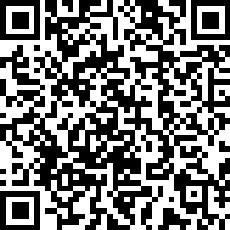


JAKE: (continued) Every day, I see victories. A new box jump. An added five pounds on a sled push. A 90-second dead hang. Those moments of progress—big or small—are everything. I leave every day with gratitude. I remind our coaches that this isn’t just work. It’s purpose. Every session is an opportunity for someone to win.
ALLIÉ: Yeah—and even the smallest wins can mean the most. If the entire fitness industry were listening right now, what would you say to them about inclusion—what it really looks like, and why it matters?
JAKE: Great question. I think a lot of people get inclusion wrong. For us, it’s simple: everyone should have access to everything. The words no and can’t don’t exist at ZOOZ. I tell our coaches that it’s our job to figure out what each person needs in that moment. That might mean adapting equipment, changing the coaching style, or creating a new way entirely.
That’s where many fitness professionals miss the mark. Inclusion isn’t about lowering expectations—it’s about raising creativity. Every athlete is different. Even the same athlete can have different needs day to day. So it’s about being present and making movement accessible for everyone. ∎
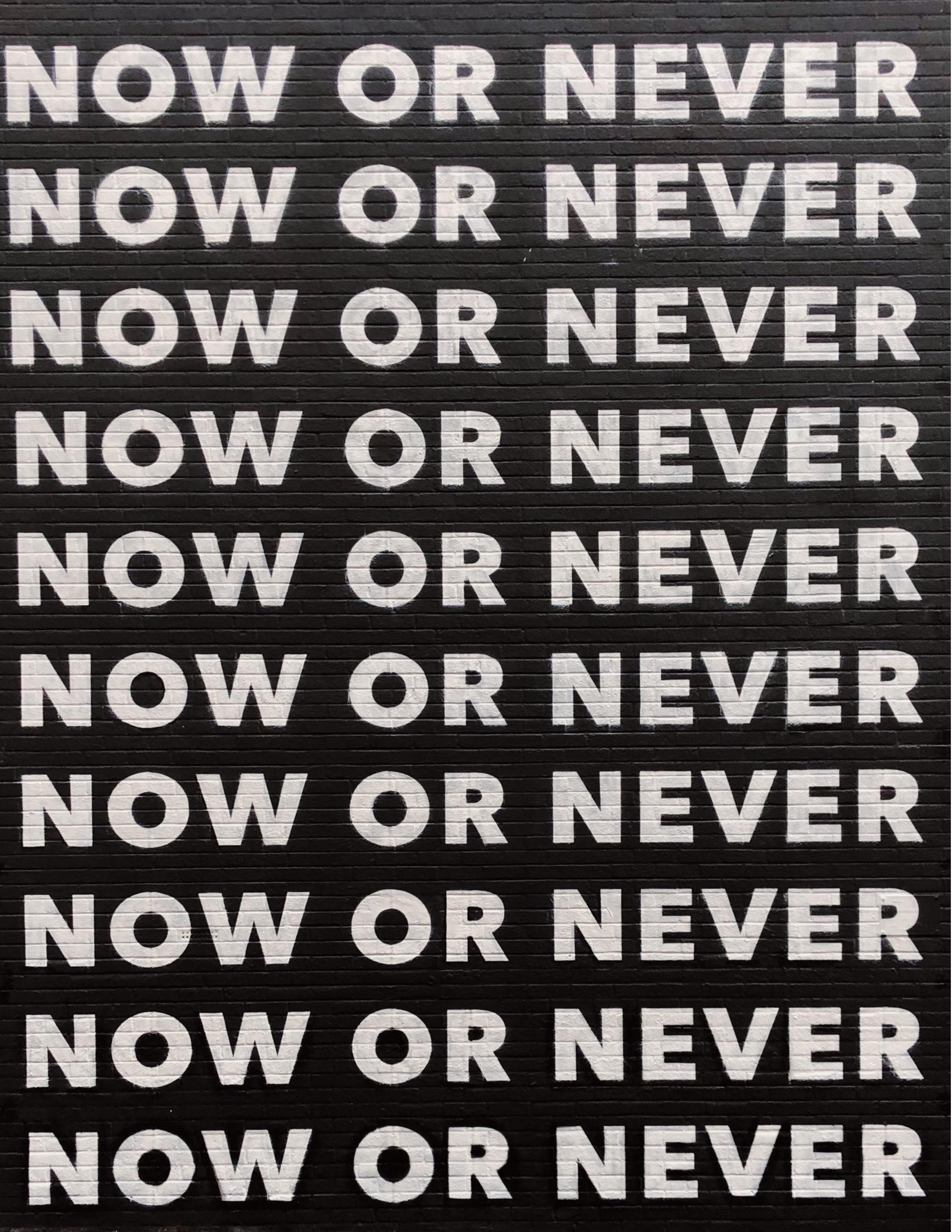




When we talk about equality, we often forget one of its biggest missing pieces: disability. For many, ableism is a word they’ve never heard, yet it shapes how millions of people live, work, and are treated every single day. Today, I’m sitting down with Celia Chartres-Aris and Jamie Shields, two unapologetic truth-tellers who are breaking the silence and giving us the language—and the courage—to finally unlearn ableism.
ALLIÉ: For those who don’t yet have the pleasure of knowing you, please introduce yourselves in your own words.
CELIA: Hi, I’m Celia Chartres-Aris, pronouns she/her. I wear many hats, but one of the biggest is as one half of Disabled By Society with Jamie. We’re a 100% disabled-owned and disabled-led organisation working around the world to dismantle ableism across governments, private companies, and the charity sector. We do this through training, auditing, consultancy, and research. We also host the award-winning podcast Unlearning Ableism and lead projects focused on embedding inclusion in policy and culture.
Right now, we’re here because of our upcoming book, Unlearning Ableism, a collaboration of our work and the voices



JAMIE SHIELDS CO-AUTHOR OF UNLEARNING ABLEISM
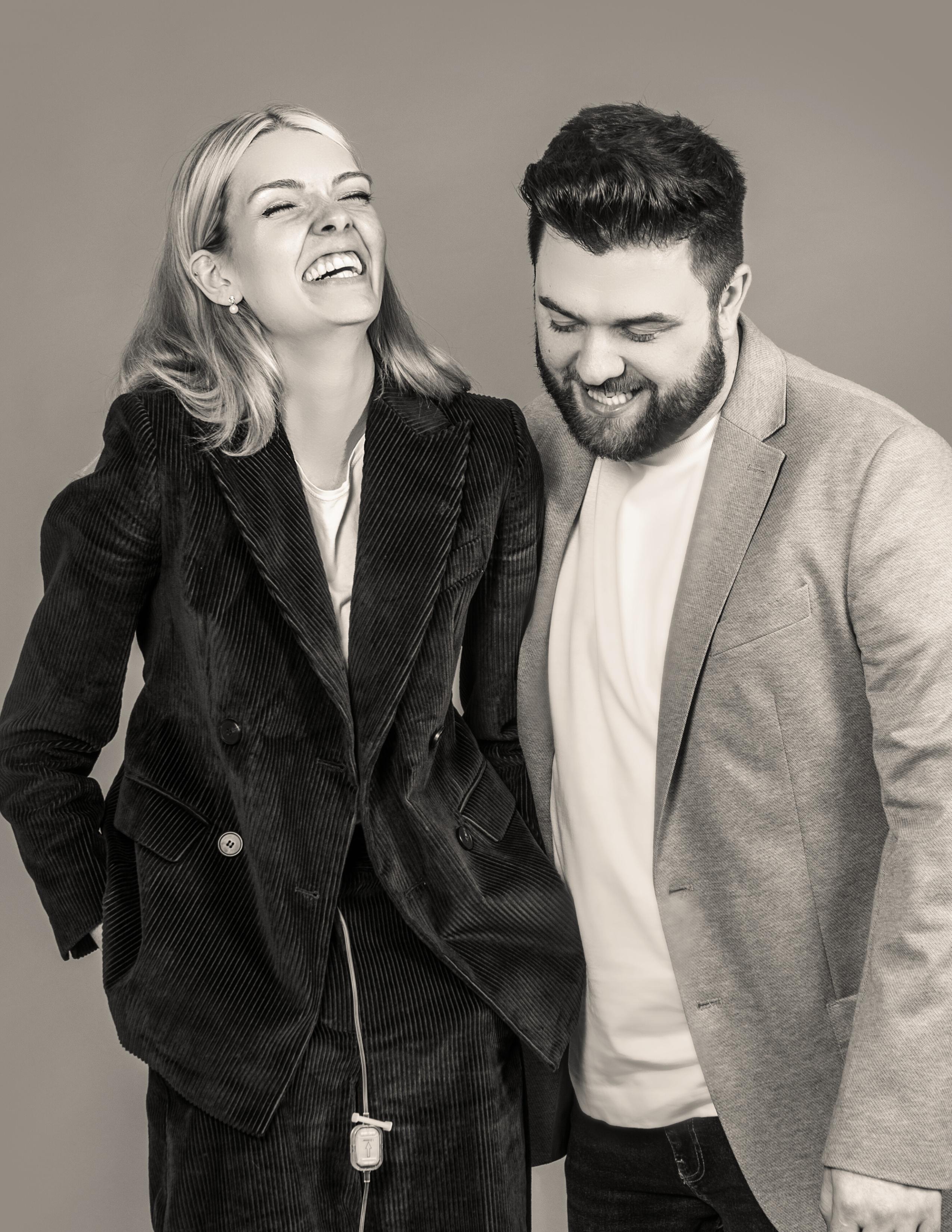

JAMIE: I’m Jamie Shields, pronouns he/him, the other half of Disabled By Society. I’m registered blind, autistic, and ADHD, and I’ve spent my life disabled by society. I struggled for years to find employment, then somehow ended up in recruitment—hiring others when I’d always been the one turned away.
I went from headhunting to leading a global disability and accessibility network. That shift happened through lived experience—realising I wasn’t alone. I’m also a content creator, which is how Celia and I met through the first UK LinkedIn Creator Programme.
It wasn’t love at first sight—it was bestie at first sight. She was the yin to my yang, the person I could say the unsayable to. Together we wrote Unlearning Ableism: The Ultimate No-Nonsense Guide to Understanding Disability. Two and a half years later, our baby is almost here.
ALLIÉ: We grow up hearing words like racism and sexism, but ableism still stops people mid-sentence. If someone hears that word for the first time, how would you describe what ableism feels like—not as a definition, but as a lived experience?
JAMIE: It’s alienating, frustrating, and disappointing. When we talk about isms, we understand what racism and sexism mean because we’ve been taught about them. But no one teaches us about ableism, even though disability is the one group anyone can join at any time.
We’re all one accident or diagnosis away, yet society ignores it. Ableism isn’t one incident—it’s a constant thread. It’s the barriers, the backhanded compliments, the “you’re amazing for doing that” comments. It’s the missing ingredient in every inclusion conversation.
CELIA: I echo that. I’d also say it’s upsetting. When I share that I have a terminal illness and I’m in multiple-organ failure, people instantly give me pity—and in the same breath, they’ll say something deeply offensive without realising it. It’s that clash: sympathy on one side, prejudice on the other. Together, those two things other you completely. You stop being seen as human.
What’s most painful is that I expect it now—and I’m surprised when it doesn’t happen. That’s how far we have to go. When people say “reasonable adjustments,” I ask, “What’s unreasonable?” We thank people for giving us our rights when we shouldn’t have to.
If you’re unsure what ableism looks like, try this: replace the word disability with race or gender in whatever you’re about to say. Would you still say it? If not, that’s ableism.
ALLIÉ: You’ve both talked about the silence that allows ableism to keep spinning. What was the moment that turned quiet frustration into action—the moment you said, enough?
CELIA: Mine came when I switched careers. I trained in law and had a job offer rescinded after disclosing my chronic health condition. It was a human-rights law firm, which made it worse. They told me I “wouldn’t be a good fit” now that they knew about my personal challenges.
I’d been bedridden for nearly two years and it had taken everything to apply. That call broke me—but it also lit something. My friends said, “Use that anger.” And I did. If that hadn’t happened, I’d still be in law. It was my “enough” moment—the one that changed everything.
JAMIE: For me, I hit rock bottom. I bounced from job to job, labelled needy or dramatic when I asked for support. On paper, it looked like I didn’t care about my career, but the truth was I just wanted to be accepted.
CHARTRES-ARIS CO-AUTHOR OF UNLEARNING ABLEISM


JAMIE: (continued) I sank into depression, internalised ableism, and shame. When I lost the job I’d held the longest, I felt worthless. My partner told me, “It’s not you—it’s them.” That sentence saved me. Eventually, I found an employer who said, “What can we do to support you?” instead of “You don’t fit.” That moment changed everything. It reminded me that anger can fuel change.
ALLIÉ: The book invites people to shake things up, but that can make others uncomfortable. When someone says, “I didn’t mean it that way,” how do we move conversations from defensiveness to discovery?
JAMIE: That’s where unlearning starts. We’re not teaching people to be anti-ableist overnight—we’re helping them see that their “good intentions” can still cause harm.
We’ve all learned certain ways to speak about disability from society. Unlearning means accepting that we’ll get it wrong sometimes and being willing to do better.
It’s not about blame—it’s about awareness. In the book, we share humour and honesty because this isn’t about shame; it’s about shifting perspective. When you start to see disability as part of the human experience—not an exception—you begin to unlearn ableism.
CELIA: Exactly. We chose the word unlearning because this isn’t about acquiring new information—it’s about letting go of old conditioning. Since ancient times, societies have seen disabled people as weak or lesser. That’s why we think the way we do.
It’s not your fault, but it is your responsibility to unlearn it. Our book takes readers on that journey—understanding where these ideas came from, what they mean, and how to replace them with empathy and intention.
We also knew our own voices weren’t enough. Jamie and I are both white and live in a country with healthcare access many don’t have. So we invited 37 contributors from around the world to ensure real intersectionality.
No two disabled people are the same. Inclusion isn’t a five-step checklist; it’s individual and human.
ALLIÉ: You both talk about giving people permission—to get it wrong, to learn, to feel.
JAMIE: We’re human. We learn through mistakes. Even as disabled people, we don’t get a handbook. We only recognise ableism after we’ve lived it long enough to feel the toll it takes.
Unlearning Ableism helps people see that internalised ableism can be trauma. It’s the voice that says, “I’m not enough.” The book walks readers through awareness, action, and change—chapter by chapter. You can pick it up anywhere and walk away more confident than you were before.
We’re not here to name and shame; we’re here to celebrate growth and progress, one choice at a time.
CELIA: And it’s also a book for disabled people themselves—to feel seen and supported. Having Jamie in my life changed mine. I was advising prime ministers on inclusion while mentally tearing myself apart at home. He helped me unlearn that self-punishment.
We wrote this book so disabled readers could hear our friendship in its pages—a safe space where you’re allowed to cry, to get angry, to stop pretending it’s easy. It’s not about loving every part of disability—it’s about finding pride in identity, even when it’s hard. If I could wave a wand and cure my illness tomorrow, I would. But that doesn’t mean I’m not proud of who I am.
ALLIÉ: Before the book is out, there are people listening who want to be allies but don’t know where to begin. What’s one small act anyone can do today to start unlearning ableism?
JAMIE SHIELDS CO-AUTHOR OF UNLEARNING ABLEISM

Exclusive Interview with Celia Chartres-Aris & Jamie Shields https://awarenow.us/podcast/unlearning-ableism




CELIA: Listen to disabled people. That’s the first step. Whether online, in your organisation, or through books—hear our voices before you speak for us. There’s a fine line between allyship and taking up space. Be an ally, but when it’s time to pass the mic, let go of it.
During the London 2012 Paralympics, the marketing campaign called athletes “superhuman.” Many thought it was empowering, but it wasn’t—it othered us again. Nothing about us without us. So start with listening.
JAMIE: I love a quote Celia always says: “Start by doing what’s necessary, then do what’s possible, and suddenly you’re doing the impossible.” Start by learning. Connect with disabled creators. Read. Reflect. When we include disabled people, we build a better world for everyone. When I was a kid, I wanted to be a fireman. (You can’t be a fireman when you’re blind—thanks, Fireman Sam!) I never imagined I’d co-found a company or write a book. But here we are, proving that what once seemed impossible is not.
ALLIÉ: You’ve said, “Disabled people are not unicorns who appear during a full moon.” When you imagine a world where ableism has been unlearned, what does that look like?
JAMIE: It’s a world without barriers. A world where my nephew, who shares my condition, can apply for jobs or navigate websites without obstacles. It’s a world where we can share our experiences without fear or shame—a world of freedom and expression. Our job is to make ourselves redundant—to make this work unnecessary because accessibility has become instinctive. That’s the dream.
CELIA: For me, it’s a world where you don’t wake up wishing you could peel yourself out of your body and live as someone else. It’s where disability is no longer seen as tragedy or heroism, but simply humanity. Where we stop saying “differently abled” and start saying “disabled” without shame. Accessibility isn’t a privilege; it’s a human right. I want a world where we don’t have to fight to stand on the same pitch, where inclusion is the baseline, not the battle.
JAMIE: A world where we don’t have to be thankful for meeting the bare minimum. Where getting an accommodation at work isn’t something we feel grateful for—it’s just normal. ∎
Learn more about Ceila & Jamie’s work online: www.disabledbysociety.com Want the book? Of course you do… Get it here: https://awarenow.us/book/unlearning-ableism



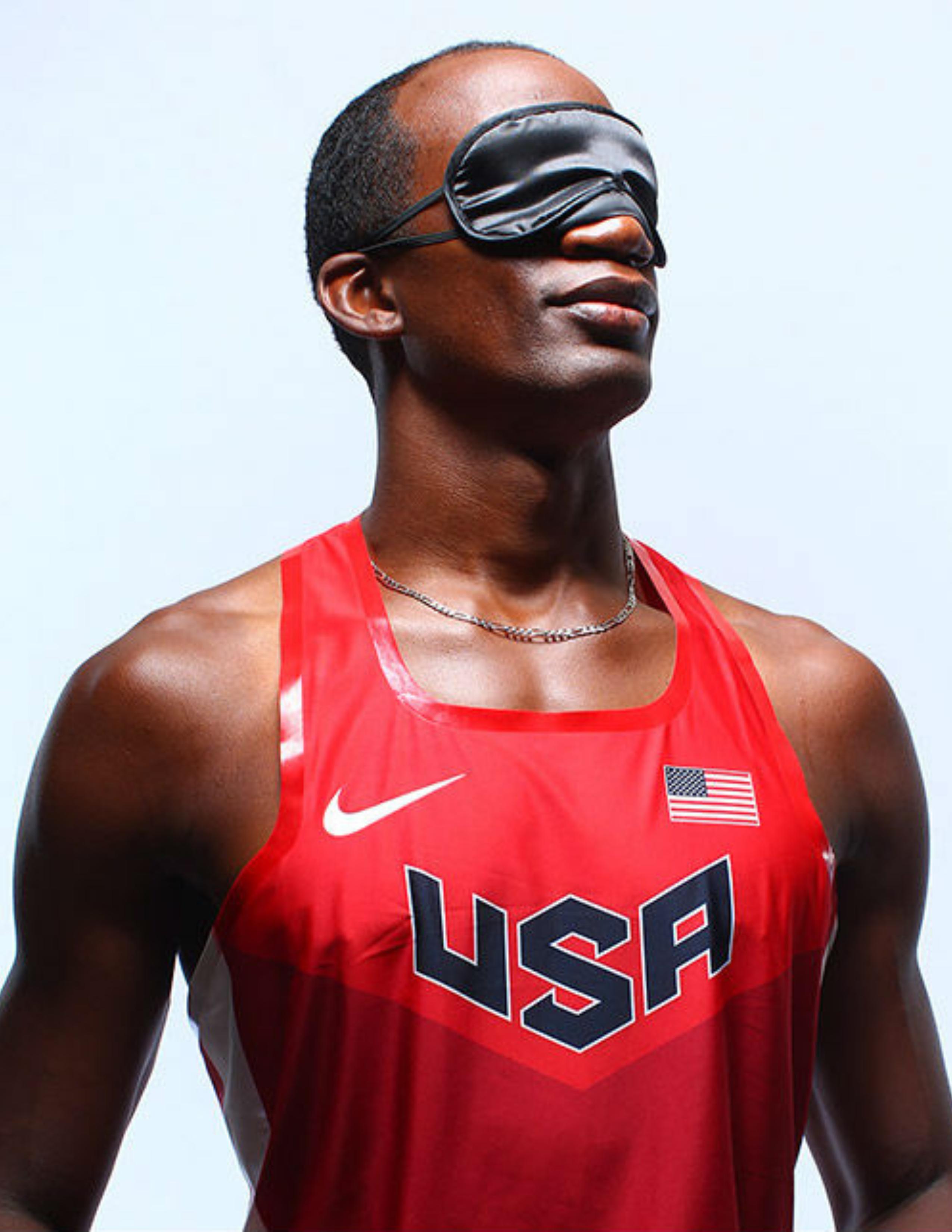

October is Blindness Awareness Month, a time to educate, advocate, and celebrate the capabilities of people who are blind and visually impaired.
The truth is, the world wasn’t built with us in mind, but we continue to navigate, innovate, and thrive within it. Advocacy matters because awareness leads to understanding, and understanding leads to inclusion.
Yes, blindness presents challenges, but it doesn’t define who we are. We read using braille, large print, and audio. We enjoy accessible games like braille UNO, Monopoly, and Scrabble. We compete in sports such as goalball, blind soccer, and beep baseball. In the kitchen, braille measuring cups and talking thermometers help us prepare meals independently. And with today’s technology, smartphones, computers, and screen readers, we can access information, communicate, and create just like anyone else.
The resources available to our community are incredible, but advocacy is how we ensure more people know they exist. When we amplify access, we empower independence.
Blindness Awareness Month is a reminder that we all have a role to play as allies, educators, and changemakers in building a world where everyone, regardless of sight, can live boldly and freely. ∎


LEX GILLETTE x Paralympic Medalist, 4x World Champion & Keynote Speaker www.awarenowmedia.com/lex-gillette
LEX GILLETTE has quickly become one of the most sought after keynote speakers on the market. Losing his sight at the age of eight was painful to say the least, but life happens. Things don’t always go your way. You can either stay stuck in frustration because the old way doesn’t work anymore, or you can create a new vision for your life, even if you can’t see how it will happen just yet. His sight was lost, but Lex acquired a renewed vision, a vision that has seen him become the best totally blind long and triple jumper Team USA has ever witnessed.


ROXANNE MESSINA CAPTOR WRITER, DIRECTOR, PRODUCER & FILMMAKER


In a world that often confuses power with permanence, Roxanne Messina Captor reminds us that true influence is measured in impact, not applause. An Emmynominated writer, director, and producer—and a three-time breast cancer survivor—she has spent her life turning challenge into creation, and policy into possibility. From mentoring under Francis Ford Coppola to leading California’s arts movement as Chair of the California Arts Council, Roxanne continues to prove that when creativity meets courage, culture changes.
ALLIÉ: You've influenced California's creative landscape in ways few others have, bridging art, policy, and storytelling. Roxanne, when you think about what fuels your creative drive after decades in this industry, what remains your why?
ROXANNE: Well, I think you said it—storytelling. Above and beyond, every project has a story that needs to be told. I tend to always be attracted to what's underneath, because we see things on the surface, and what is on the surface is not always what lies beneath. Thematically, I think most of my projects search for that. What is really going on? What


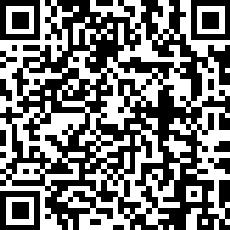
ROXANNE MESSINA CAPTOR WRITER, DIRECTOR, PRODUCER & FILMMAKER


“When you face breast cancer—especially more than once—you realize that passion, resilience, and perseverance, the same qualities that make you an artist, are the ones that get you through it.”
ROXANNE: (continued) I was talking to somebody about M3GAN, and I said, yeah, I'd love to do a sci-fi kind of thing but character-driven like that was. You had these two AI characters, but they were real characters—they had arcs, highs, and lows. That's what drives me. Then the project finds its home. Certain projects should be theater, others film, others television. Now, fortunately, we have this great medium of streaming—a cross between TV and film— which is why we see so many actors making that shift. It’s fantastic because it's all art. When I was head of the San Francisco International Film Festival, we did an exchange with the Cuban Film Festival. What was amazing there was Fernando Birri, the father of Latin American film. He's well-known as a filmmaker, but he had a gallery opening of his artwork and paintings. In the United States, we tend to put people in little boxes. It was so rich to see that he’s just an artist—not just a filmmaker, not just a painter, but an artist. At different times in your life, you want to explore your creativity in different mediums. That’s the exciting part—constantly creating and letting that mind-body experience out.
ALLIÉ: That's so beautiful—the way you speak about creativity as an evolving ecosystem where expression isn’t confined to a single channel. As chair of the California Arts Council, you’ve helped shape how creativity sustains the state’s identity and economy. What do you believe policymakers often overlook about the real power of the arts, and how are you working to change that narrative?
ROXANNE: Great question. I’ll start with a slogan I’ve used many times: Let’s put art in the hands of children, not guns. I used that in a series I did called The Salon, which was set in a hair salon full of great characters. Harry, one of the characters, was a ghost who comes back to the salon and causes havoc—but the show also carried a theme of gun legislation. So it had this balance of lightheartedness and depth—what some call dramedy—with a deeper message. Again, I’m always looking for what’s underneath. We’re fortunate to have an amazing governor, who appointed me to the Arts Council, and he is passionate about art. He believes, as I do, that art is the great equalizer— that it serves and unites communities. I can give two examples. First, one of my films premiering at the Newport Beach Film Festival, Rhythm and Harmony, studies famed jazz musician Stanley Clarke and his three-year residency at Santa Monica College. I was able to include some of my students in the production. In the film, Stanley says, Art is a great equalizer. I believe that completely. When I was dancing and in theater, we used to go into underserved communities to do performances and workshops. We’d get all the students up to dance or play theater games. Teachers would tell us, “You did more in 40 minutes to break down barriers than we’ve done all year.” That’s the power of art. It transcends everything… borders, politics, even war. If more Washington politicians understood that, we might have fewer wars. There’s too much ego.
ALLIÉ: I completely agree. Let’s shift gears to something more personal. You’ve faced breast cancer three times, yet your creative output never stopped. You once told your doctor, “I don’t have time for cancer.” What did those moments teach you about purpose, perspective, and the urgency of art?
ROXANNE: When you face breast cancer—especially more than once—you realize that passion, resilience, and perseverance, the same qualities that make you an artist, are the ones that get you through it. And I used humor a lot. When I got it the second time, I said, “If this were a TV series, it would’ve been canceled years ago.” My doctors and nurses knew me as the no time for cancer lady. I had a green light on a CBS movie and was writing a series I had sold to ABC—I didn’t have time! I’d be working from the hospital with my computer and papers everywhere. The nurses
ROXANNE MESSINA CAPTOR WRITER, DIRECTOR, PRODUCER & FILMMAKER
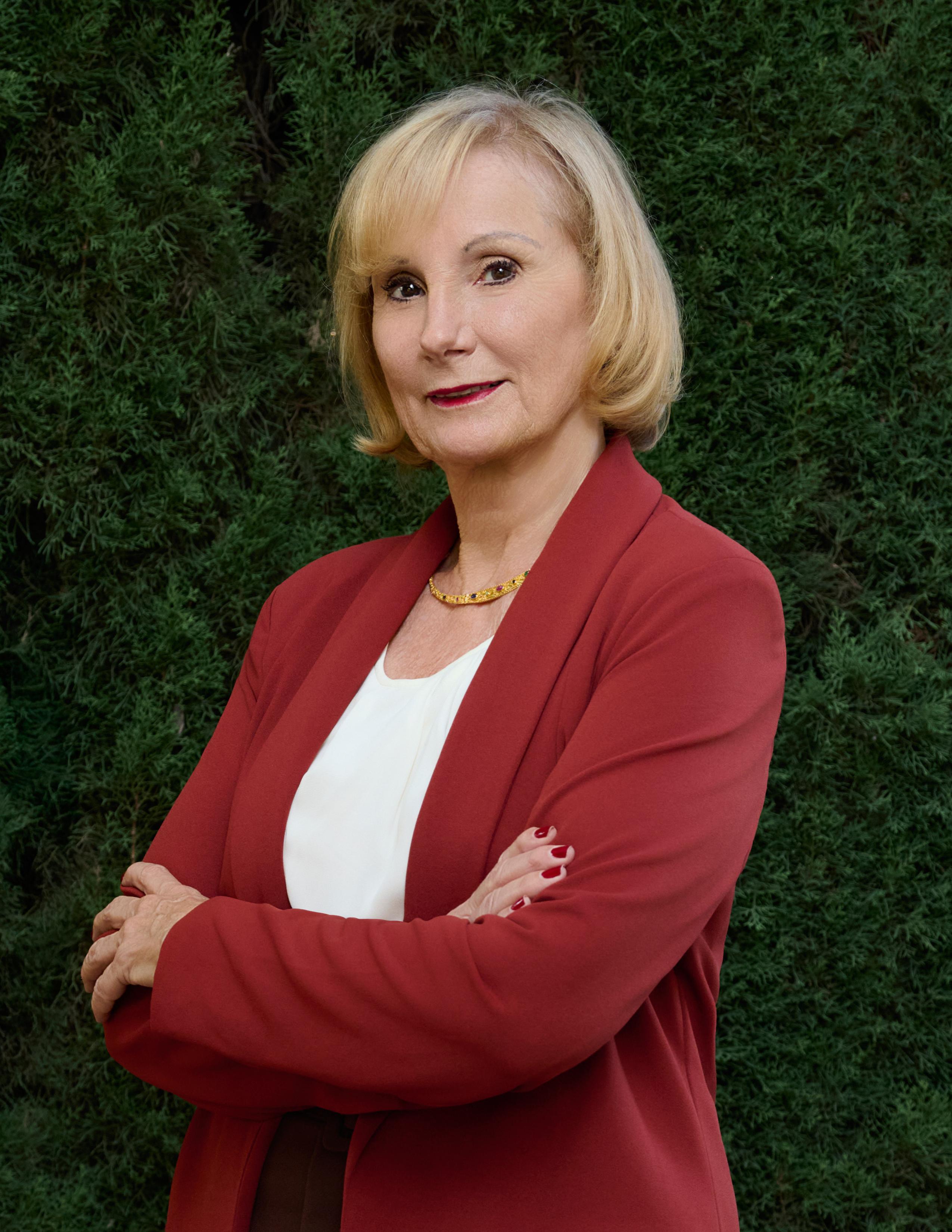

“When I read a script, I see it. When I listen to music, I see it. So his advice to tell the story through images became foundational for me.”
ROXANNE: (continued) would come in and say, “Are we disturbing you?” I’d say, “Yeah, you were supposed to take care of me an hour ago. I’m busy now.” My doctor told me later, “Your attitude got you through it.”
I had an amazing oncologist, Dr. John Link—world-renowned, a researcher, and a compassionate listener. When I told him I wanted a holistic approach, he said, “Okay, I have an acupuncturist and homeopath on staff.” He didn’t dismiss me—he worked with me. I told him from the beginning, “I’ve had a great life. If you tell me I’m dying tomorrow, I’ll deal with it.” One night, the chemo cocktail had me hallucinating. At 3 a.m., I was shaking my husband, yelling, “How much money do we have? I want my half now! I’m moving to France to drink wine and eat great food.” He’d calmly say, “Okay, honey, can you wait until morning when the banks open?” (Laughs.) That’s how I coped—humor and gratitude.
I’ve since helped other women navigate treatment and insurance. Once, I met a woman in tears because her insurance wouldn’t cover more chemo. I told her about legal advocates for breast cancer patients, called for her, and got her connected. You have to advocate for yourself—and for others when they can’t.
ALLIÉ: Such a powerful reminder—sometimes advocacy for others becomes part of our own healing.
ROXANNE: Exactly. And I have to give my husband credit. When I was running the San Francisco International Film Festival, we used to go to Cannes. One year, he surprised me with a trip through southern France—Lyon, the wine regions—all my chemo dreams come true. (laughs) And I didn’t have to wake him up at 3 a.m. that time!
ALLIÉ: You could toast him until 3 a.m. instead. I love that. You were mentored by Francis Ford Coppola, one of the greatest storytellers of our time. What was the most valuable lesson you took from that mentorship, and how has it shaped the way you mentor the next generation?
ROXANNE: He taught me that filmmaking, like dance, is a mentorship art—you learn from masters. He’d always say, Plays are words. Film is moving pictures. That stuck with me. As a dancer, I was already visual. When I read a script, I see it. When I listen to music, I see it. So his advice to tell the story through images became foundational for me.
He also taught me perseverance and resilience—two things essential in this industry. The path isn’t linear. It’s full of highs and lows. Passion is what sustains you. I tell my students, the résumé might look impressive, but what’s behind it hasn’t been easy. You have to love it enough to endure the journey. I was honored to receive the Chevalier de l’Ordre des Arts et des Lettres from the French government for my work in the arts—because that’s what I am, an artist. And when you’re an artist, you have to keep creating. It’s like popcorn—it brews inside you until it bursts out.
ALLIÉ: I love that metaphor—the art that’s waiting to pop. And you’re right, passion can’t be substituted. You either have it or you don’t.
Exclusive Interview with Roxanne Messina Captor https://awarenow.us/podcast/the-art-of-resilience




ROXANNE: Exactly. There’s a great line from Peter O'Toole: “I’m not an actor, I’m a movie star.” Some people are obsessed with the red carpet and forget what it takes to get there—all the unseen work underneath it.
ALLIÉ: That brings us full circle—back to what’s beneath the surface. Speaking of which, one of your new films, Rhythm and Harmony, explores rhythm, legacy, and the language of music. How do you personally define harmony— in life, leadership, and art—especially in these chaotic times?
ROXANNE: Gene Kelly once told me, Always balance your personal life with your work life. It’s not easy—especially when you’re passionate—but I try to keep that advice in mind. To me, that’s harmony. And Stanley Clarke says in the film, Art is a great equalizer. I’ve always believed that. Whether through music, dance, theater, or film, art brings people together. It dissolves barriers. When I was dancing, I could walk into any class anywhere in the world and feel at home. We all spoke the same language. That’s harmony—no borders, no divisions. I wish Washington would figure that out. (laughs)
ALLIÉ: They all need to get into a dance class together!
ROXANNE: Maybe! Though the visuals might be terrifying. (laughs)
ALLIÉ: Last question—having survived, led, and created through so many chapters of your life, what does beauty mean to you now—not as something seen, but something lived?
ROXANNE: Wow, that’s a great question. I think beauty is when you let your soul out. When your soul shines through, it shows in your face, in your movement, in your presence. Dance embodies that mind-body connection—and when your soul is fully expressed, you can feel it and others can too.
That connection between artist and audience… that’s beauty. ∎
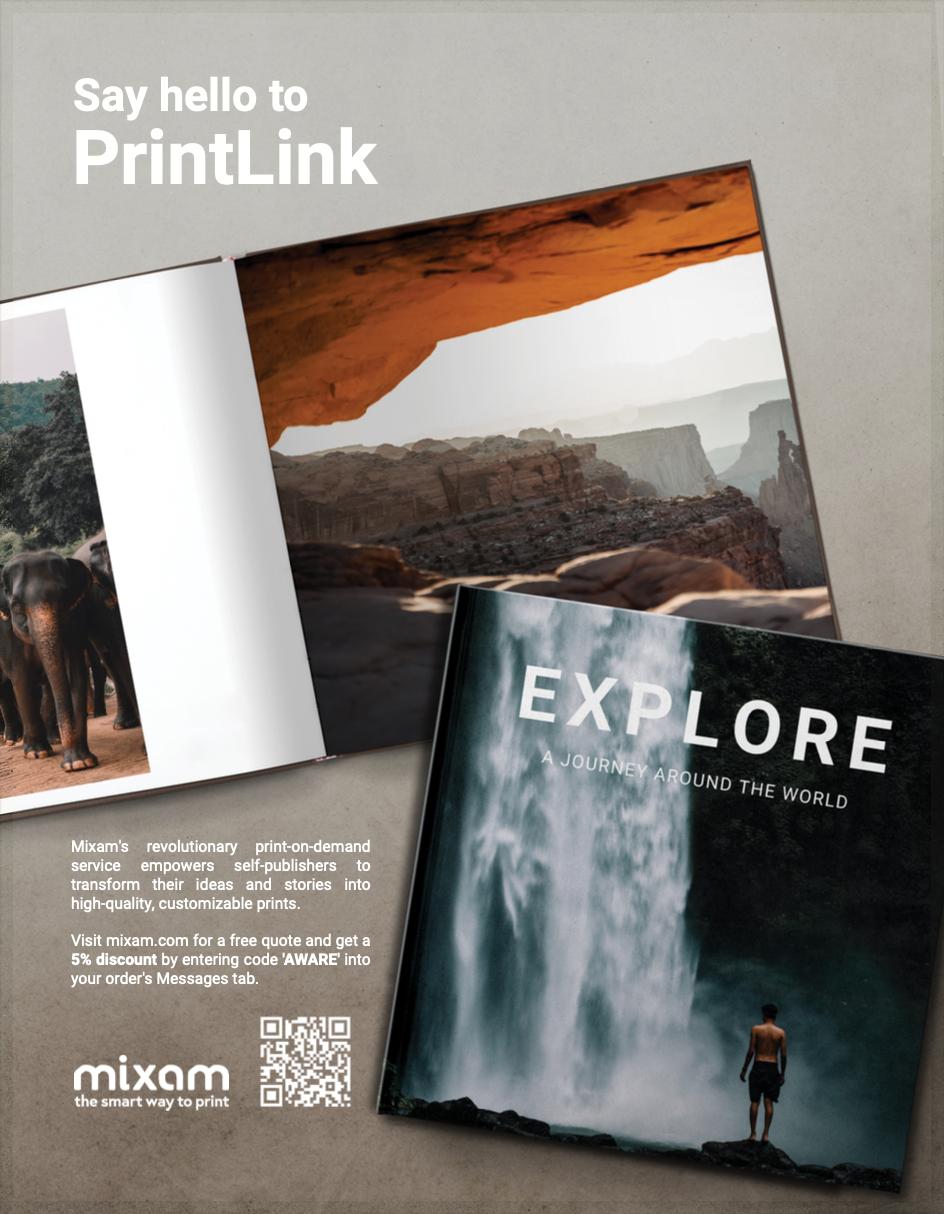


JACK MCGUIRE CO-FOUNDER OF AWARENOW MEDIA
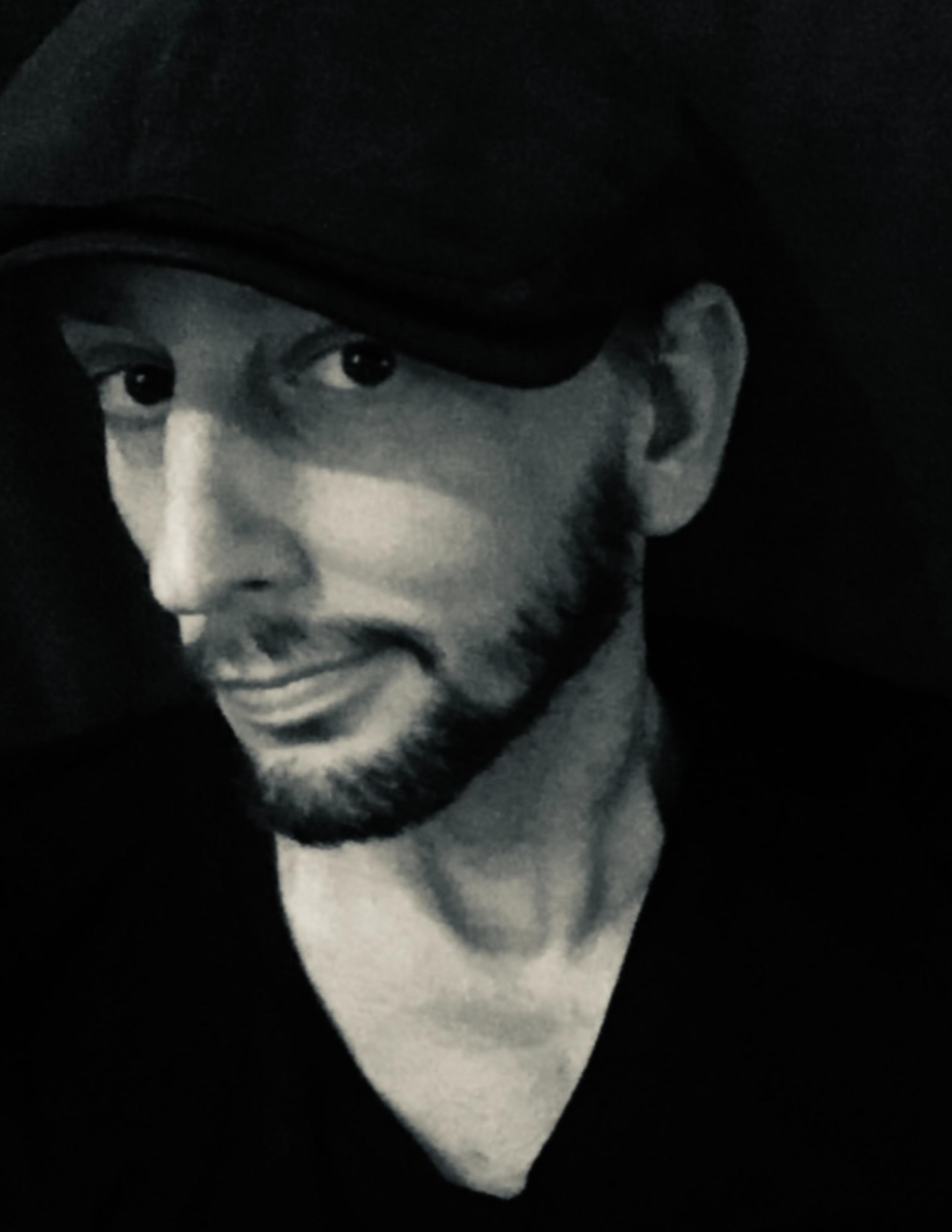

ORIGINAL POEM BY JACK MCGUIRE
Not drinking is hard.
Healing is hard.
Growing is hard.
Being emotionally strong is hard.
Owning my mistakes and forgiving others is hard.
Being a parent is hard.
Some days, just waking up is hard.
Communicating is hard.
Being the example I want my kids to follow is hard.
Showing up for everyone all the time is hard.
Letting myself cry is hard. And yeah… not having that drink is still hard.
But here’s the truth— The ‘hard’ is where the wins are.
Not drinking means I’m choosing to live longer for my kids and my wife.
Healing means I’m breaking cycles instead of repeating them.
Learning to express my emotions means I’m not letting pain control the room. Forgiving means I’m setting myself free.
Parenting—while still hard—is the most rewarding fight I’ll ever show up for.
So yeah, life’s hard.
But I’m done focusing on the weight of it.
I’m choosing the worth of it.
Because in a world full of hard things… I choose to see the good. I choose to fight forward.
I choose to stay aware. I choose the positive view. I choose love.




Sina Sinbari’s story is not defined by what cancer took from him but by what it gave him: perspective, purpose, and an unshakable faith in resilience. In the midst of hospital stays, loss, and relentless treatments, he discovered that battles can hold unexpected blessings. Today, he shares how struggle became the canvas for strength and hope.
ALLIÉ: Nobody forgets the day they hear the words, "You have cancer." Sina, to start us out, tell us about your life before the diagnosis and what happened leading up to that day.
SINA: Sure. I’m from Laguna Niguel, Southern California, and I basically had a normal lifestyle. I was in high school and hoping to play volleyball at the highest level in college. Before, I was more of a student-athlete. After high school, I went to community college, played there for a year, and then transferred to the University of Charleston in West Virginia. When I was home for the summer, I was training a lot. I had a bit of a chip on my shoulder because I was transferring to a new school and wanted to do great things—to finally have my opportunity to play, make my family proud, and make myself proud. I was really excited for that next chapter.


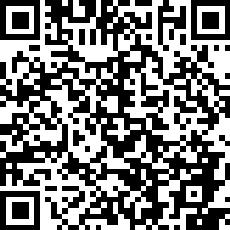

I live-streamed her funeral from the hospital that day. I was 21.

SINA SINBARI COLLEGIATE ATHLETE, CANCER SURVIVOR & AWARENOW AMBASSADOR
Courtesy:
ALLIÉ: And then something happened—something didn’t go according to plan. Take us through what happened. How did you end up getting this diagnosis?
SINA: That’s a great question. I started having a lot of back pain once I came home for the summer. I was in the transfer portal, had committed to Fairleigh Dickinson University, and was super excited. I came home ready to train, but my back kept hurting—really bad pain that wouldn’t go away. I was still lifting, playing, going to the beach—but it just kept getting worse. I tried everything: rehab exercises, physical therapy, ibuprofen—nothing worked. It got to the point where I’d take four or five ibuprofen just to sleep at night. That’s when my family and I knew something wasn’t right. A physical therapist finally said, “You should probably get this checked out.” They thought it might be a cyst or hernia. But when I went to the emergency room, everything changed.
ALLIÉ: And that’s where the diagnosis came in. What was the exact diagnosis?
SINA: At first, they had no idea what kind of cancer it was. I went to the ER by myself, thinking it was just my back. When the doctor saw me, he immediately knew it wasn’t a hernia or cyst—it was something much more serious. He told me, “I’m sorry, but it’s cancer. We just don’t know what type.” They kept me in the local hospital for a few days for biopsies, but they couldn’t determine the exact type. They thought it might be lymphoma, but it wasn’t. Once UCLA doctors reviewed my scans and labs, they identified it right away—a very rare form of sarcoma called desmoplastic small round cell tumors. Only about 36 people a year get this diagnosis. I couldn’t even pronounce it at first. I’d never been hospitalized before—not even for a broken bone. So to hear that I had a rare, aggressive cancer was surreal. It took about two weeks from hearing “you have cancer” to knowing exactly what kind it was.
ALLIÉ: That’s wild. And the fact that you went to the hospital by yourself, just to get your back checked out, and all of a sudden you hear the C-word—alone.
SINA: Yeah.
ALLIÉ: I noticed something when you said “they looked at our scans.” I love that—that sense of community and care. Speaking of that, you and your grandmother shared something deeply emotional—being in the same hospital at the same time. Your mom had her son on one floor and her mother on another. What was that like for all of you?
SINA: It was definitely an interesting and emotional time. I was very close with my grandma—she was always there for us, like most grandmas are. She had gotten sick around the same time my back pain started, and she was actually admitted to the hospital just a few days before I went to the ER. She was on the first floor, and when I was admitted, I was on the third. My mom would visit her on one floor and then come see me on another.
When I was discharged, I went down to visit her, and she said, “I miss you, where have you been?” I didn’t want her to know about my diagnosis—she was already sick, and I didn’t want her worrying about me too. So I told her I’d just been busy with volleyball. After a few days, she went home, and so did I. But she entered hospice shortly after. I was upstairs in my room recovering, and she was downstairs in hospice care. It was a strange and heavy time—balancing my diagnosis with her decline. She passed away shortly after I started my first round of chemotherapy—in fact, I began chemo the same day as her funeral.
That was hard. I wanted to go to the funeral, but mentors and friends told me what she would’ve wanted—for me to start treatment immediately. So that’s what I did. I had long hair back then, and before treatment, I told my dad to buzz it off—a mental preparation for the battle ahead. I live-streamed her funeral from the hospital that day. I was 21.
ALLIÉ: That’s a lot to carry—your first chemo treatment and your grandmother’s funeral. You told me once you spent 185 days in the hospital that year. I imagine that gave you a lot of time—and a lot of perspective. Tell me about one of those moments—the nine-year-old boy you’ll never forget.

Every round of chemo felt like two steps back, one step forward.

SINA SINBARI COLLEGIATE ATHLETE, CANCER SURVIVOR & AWARENOW AMBASSADOR
“He reminded me that even in hard times, we can be light for someone else. I still think of him when I want to quit —he motivates me to keep pushing.”
SINA: Yeah, that was Zaya—they called him Z. I was on the pediatric floor at UCLA, even though I was older, because my oncologist led the pediatric department. Z was nine and struggling—he didn’t want to take his meds, didn’t want treatment. One day, the nurses asked if I’d talk to him. I said absolutely.
He loved Stranger Things, which was a little scary for me, but I told him, “If we walk a few laps around the floor, I’ll watch an episode with you.” That got him moving. The nurses were so happy—he started cooperating, taking his medicine, and opening up. We became friends. Even after I finished treatment, I’d visit him, sometimes bringing friends who’d play music or make him laugh. He loved football, so I asked some of my old teammates to send him videos. Sadly, by the time I brought them, he was in the ICU and unconscious. His mom told me he never got to see them, but she was so grateful.
Going to his funeral—the first of a friend—was tough. But Z changed me. He reminded me that even in hard times, we can be light for someone else. I still think of him when I want to quit—he motivates me to keep pushing.
ALLIÉ: You once said you feel blessed to have your battles—that even the struggle is a kind of gift. Let’s talk about your comeback. You didn’t just survive—you returned to play college volleyball. That’s incredible. But it couldn’t have been easy—especially traveling across the country for treatments while training and competing. How did you handle that physically and mentally?
SINA: Honestly, it was brutal. Having that goal—to make a comeback—kept me going. I treated it like a war. I kept reminding myself there had to be light at the end of the tunnel. When doctors told me I probably wouldn’t make it back to that level, I thought, We’ll see.
When I finally got cleared to train again, I was pumped. But then I learned I’d still need monthly chemo. That meant flying from New Jersey back to California once a month—a six-hour flight each way—to get chemo at UCLA, then flying right back to practice with my team. I’d get treatment for five or six hours, go home to rest, then fly back the next day, and be at 7 a.m. practice the following morning.
Physically, it was rough. My body ached. I was constantly nauseous. My legs felt like jello. I couldn’t jump or move like before. Two weeks out of every month, I’d be sick, trying to rebuild strength—just to get knocked down again. It was a vicious cycle. Mentally, it was exhausting. You look in the mirror and see how far you’ve fallen. You want to quit. But I reminded myself that I was lucky to even have the chance to play again—lucky to be alive.
Every round of chemo felt like two steps back, one step forward. I’d start to feel strong again, only to get hit by another treatment. That happened ten times. Ten rounds of chemo while playing college volleyball.



I’d remind myself I was going to war… that I could do this.
SINA SINBARI COLLEGIATE ATHLETE, CANCER SURVIVOR & AWARENOW AMBASSADOR
Courtesy:
ALLIÉ: That’s unbelievable. You were 21 when diagnosed, and now you’re 24—still fighting, still moving forward. For others still in the fight, what advice would you give?
SINA: For me, it comes down to goals and faith. Have a goal big enough to carry you through the pain. My goal was to play again—but it could be anything. Just something worth fighting for. And faith—that’s number one. My faith in God got me through everything. I put my stress and fear in His hands and trusted the process.
And don’t play the victim. You can have moments of frustration—I’ve had plenty—but don’t stay there. If you walk into treatment feeling defeated, it’s going to hit harder. You have to face it head-on. Yes, it’s hard. But you’re still here. You’re still fighting. Gratitude changes everything.
ALLIÉ: I love that. You can’t control whether or not you’ll have cancer—but you can control how you respond to it. You can be the victim for a moment, but then become the victor.
SINA: Exactly. I’ve had days where I’d break down—cry, pray, ask God for strength. But then I’d reset. If chemo was on Monday, by Sunday I’d lock in. I’d remind myself I was going to war… that I could do this. The rounds when I went in with that mindset were always better. It’s all about attitude. ∎

DANIELLE TODD EXECUTIVE DIRECTOR OF MAKE FOOD NOT WASTE
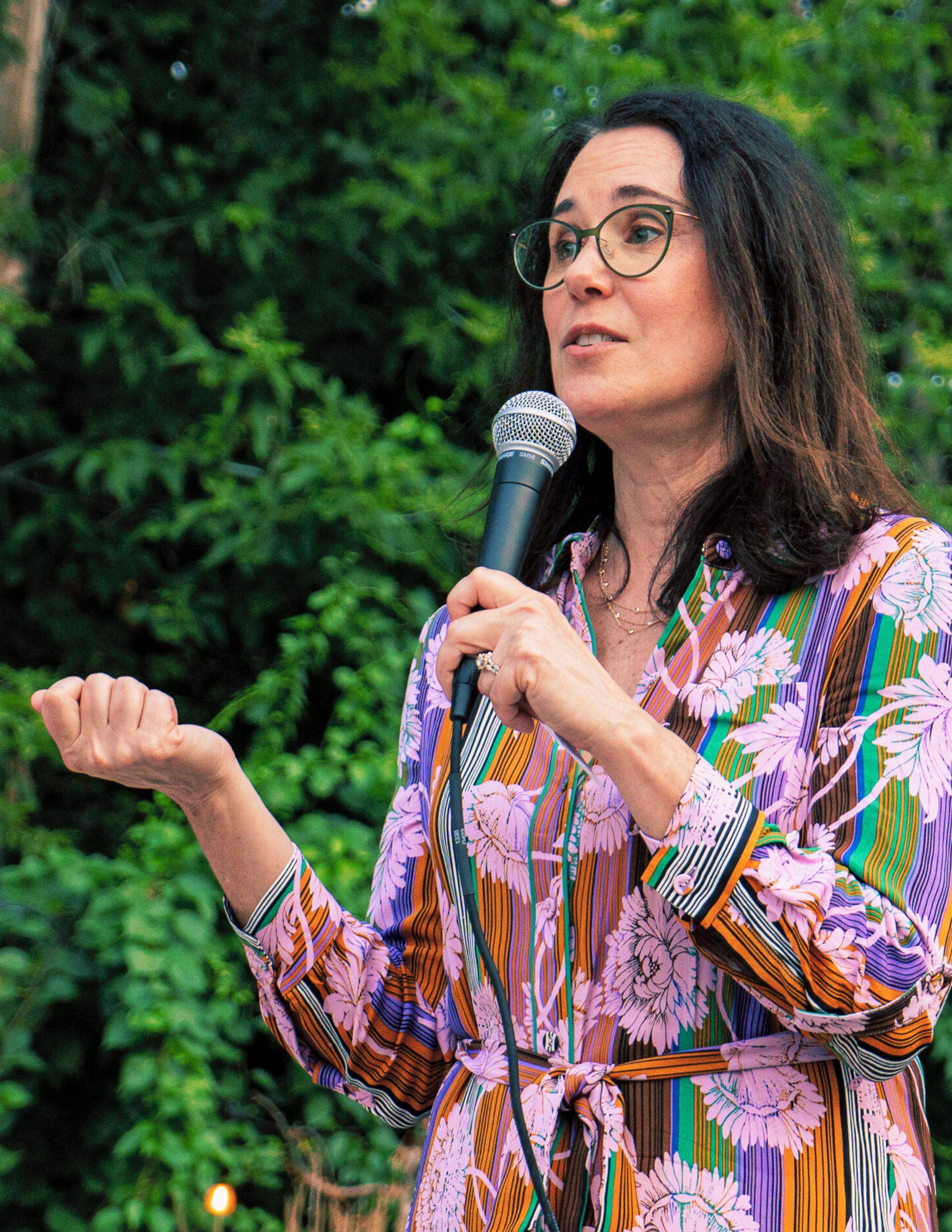
Food connects us all, yet so much of it ends up wasted—along with the resources, energy, and human effort that brought it to our tables. Make Food Not Waste isn’t just tackling that problem; it’s redefining how we think about what’s possible when purpose meets practicality. At the heart of it all is Executive Director Danielle Todd, whose vision is turning leftovers into lasting change and proving that every bit truly counts.
ALLIÉ: Let's get started this way. Make Food Not Waste is more than a statement—it’s a call to action and an organization with an inspiring mission. So to get started, in your own words, Danielle, please share that mission with us. For anyone who has not yet heard of Make Food Not Waste, why are you doing what you're doing?
DANIELLE: It always comes back to the why, and my why is really about respect—respect for the land, respect for the resources that go into growing our food, whether it's our farmers, the water, the energy—and really, respect for our environment in terms of keeping greenhouse gases out of the atmosphere. Every time we throw food into a landfill, it creates methane, which is one of the most harmful greenhouse gases, and it’s unnecessary. It's common sense to treat our resources right, make sure that we're getting food to people, not throwing it away, and protecting the environment that sustains us.

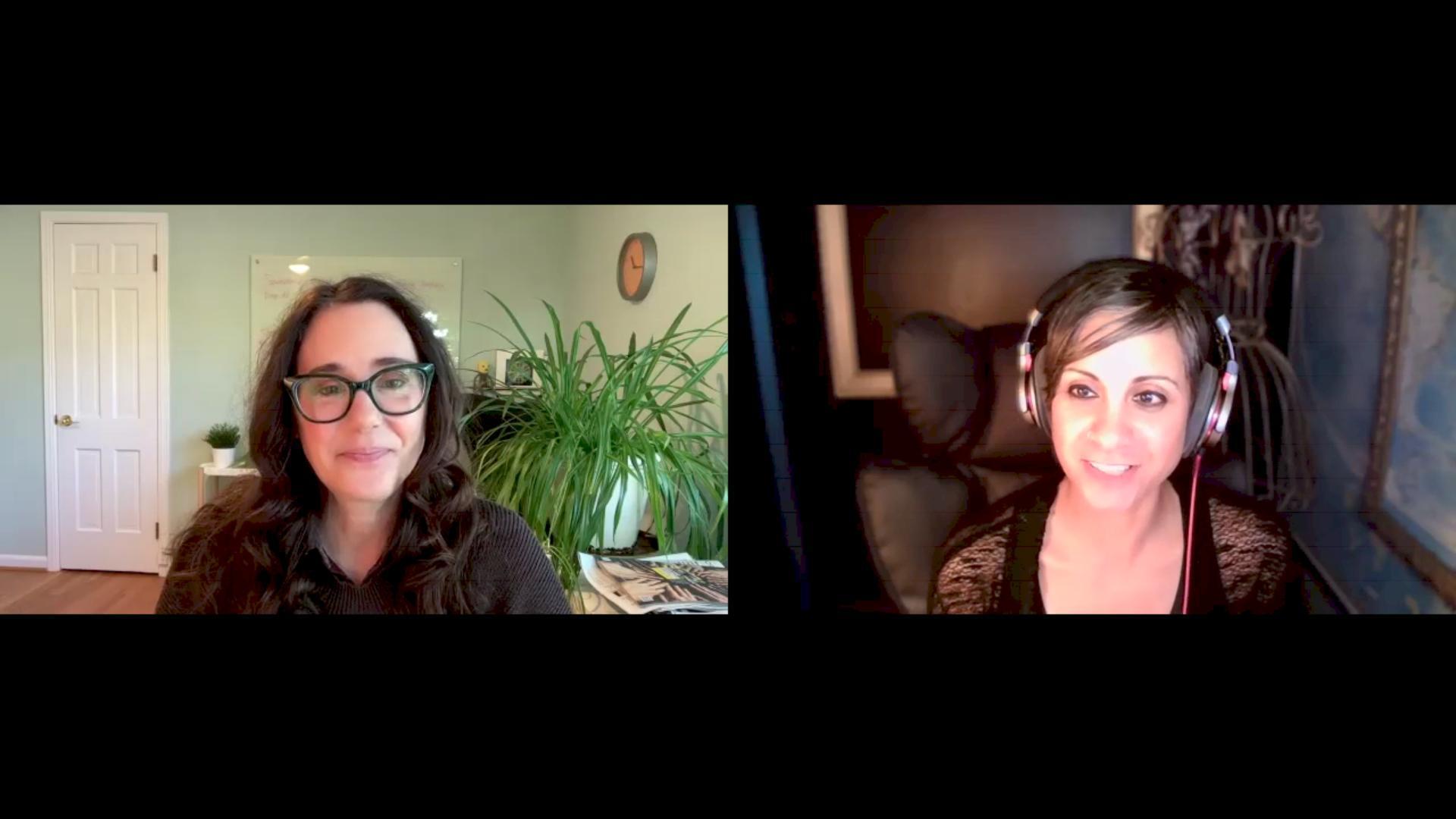

DANIELLE TODD EXECUTIVE DIRECTOR OF MAKE FOOD NOT WASTE


DANIELLE: It absolutely does. And you asked about my why—people who work on this issue come to it for many different reasons. Some are really driven by the economics of it—the fact that when we throw food away, it’s a waste of money. That’s true for residents and for businesses. Some come to it from the social side—being driven by making sure we’re getting food to people who need it. Others come to it again from that environmental side. It speaks to people in many different ways. It’s bipartisan—one of the few things everyone agrees on. It’s just unnecessary to throw food away. And the benefits—the list just goes on and on.
ALLIÉ: For sure. Well, let's talk about goals. Goals set for sustainable change are often sparked by a story, as movements are ignited by simple moments. What was the story? Is there a moment that first convinced you Michigan could and should cut waste in half by 2030? Where did that goal come from?
DANIELLE: I was raised on a farm in New Jersey, and for us, we didn’t really talk about waste so much. Food was just important to us, and I was always raised to believe that your actions have consequences. When I learned that food waste is one of the biggest causes of climate change, it all came together for me. I was shocked to realize that something so basic, so obvious, and so easy to address had such a huge impact.
We don’t have to buy anything. We don’t have to invent new technology. We simply have to buy less food or use what we buy and not throw it in the garbage. I was at a point in my life where I wanted to make a real impact on climate, and when I learned that this was so straightforward and tangible, I thought, oh my gosh, this is the answer. I’ve been doing this work for about seven years now, and it’s been thrilling to see how it’s caught fire around the state, the country, and even the world. The goal of cutting food waste in half is shared by the federal government and the United Nations. Michigan follows that same goal. For me, my goal is zero. Fifty percent would be great—but why not go further? If we need to start with fifty, then I’ll take that.
ALLIÉ: You build practical solutions that feel so human—upcycling kitchens, feeding people instead of landfills, and partnering with restaurateurs to prevent waste at the source. So, take us right into the thick of it. If we were standing in one of these kitchens or inside a pledged restaurant during busy service, what would we see and feel that proves prevention beats disposal every time?
DANIELLE: I think you would see creativity, thoughtfulness, and presence—the things we want to see everywhere in our lives, but often don’t. In our kitchens, when food comes in—when it’s donated—we never know what we’re going to get. It changes week to week. And the chefs, through sheer creativity and talent—they’re all amazing—look at what comes in each week and figure out what they’re going to make. It’s like an episode of Chopped. Every single week is a surprise. At restaurants, it’s a little different because they have a set menu. But it’s about looking at food with new eyes—breaking patterns of, “Let me just get the food out as efficiently as possible,” and instead caring for it through the whole process. Whether it’s our kitchens or food service or restaurants, it’s about intentionality—looking at food completely and asking, How can I make the most of this? How can I stretch it and make it go as far as possible?
ALLIÉ: I love that. There’s a shift from, What do I need from this food? to, What can I create with this food? Every bit counts—as all of us, from home cooks to schools to businesses, pull on the same rope. What’s the most surprising behavior shift you’ve witnessed when a community decides to see surplus food as an opportunity to serve rather than a chore to discard?
DANIELLE: That’s a great question because I think you’ve really hit on what people experience in their day-to-day. A lot of times when people hear about opportunities related to the environment or climate, their first thought is that it’s a chore—more work, more cost, more time. But what they come to find, when they start looking at their food differently —whether at home or in a professional kitchen—is that it’s actually an opportunity. It’s an opportunity to save money, to be creative, to have a delicious dish they might never have thought of.
One of my favorite examples is a local restaurant that served filet. When trimming the meat, they used to discard the scraps. Because of our conversations, they pushed themselves to see what they could do instead—and created meatballs from the trimmings. They put the meatballs on their menu as an appetizer, and now it’s their number one seller, generating tens of thousands of dollars a year in revenue—all from what used to be thrown away.
DANIELLE TODD EXECUTIVE DIRECTOR OF MAKE FOOD NOT WASTE
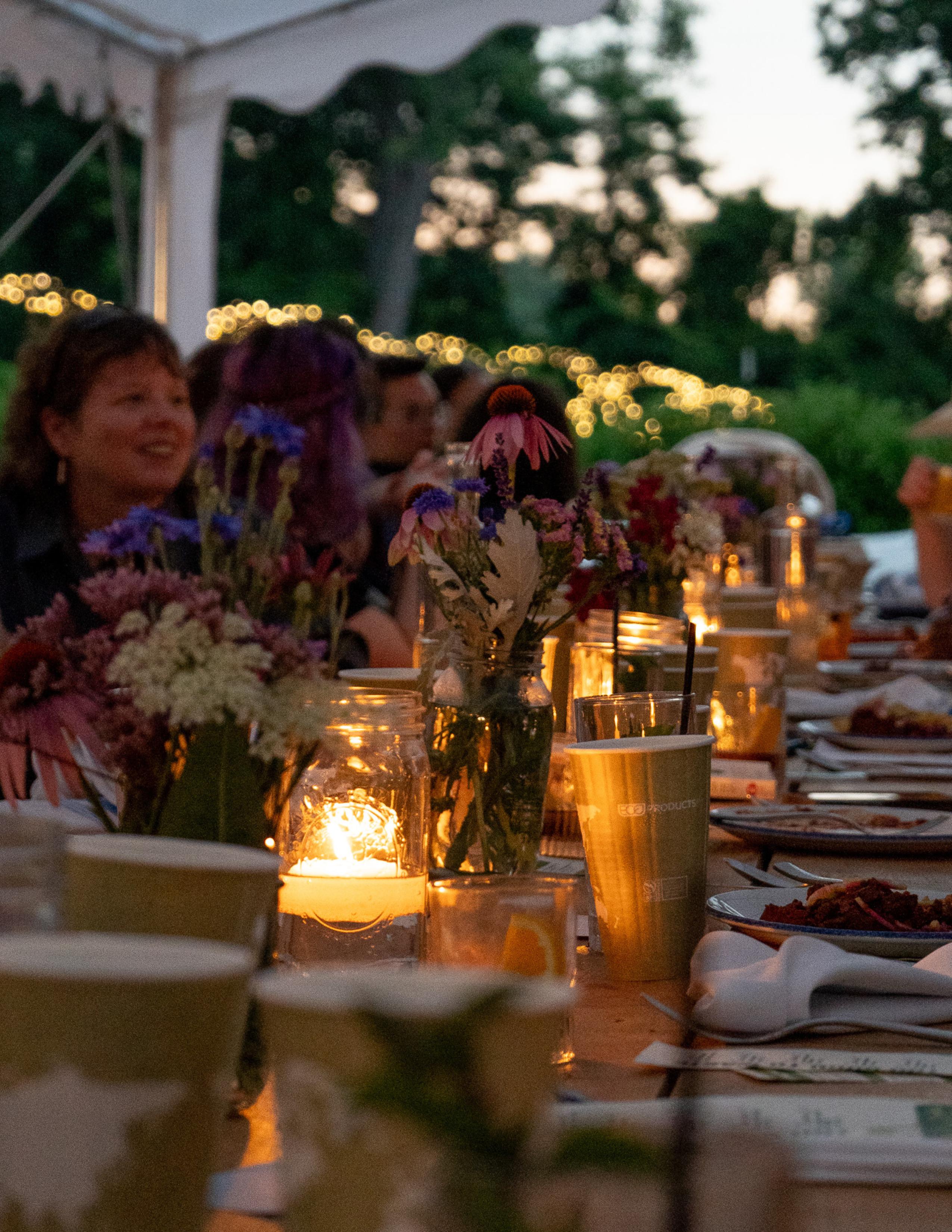
“One of the things I’ve been challenging myself to do is take a day each week to see what I can come up with from what’s already in my pantry and refrigerator.”
DANIELLE: (continued) People get excited when they’re challenged to think that way. Even home cooks discover that the “scraps” can become something new. Maybe it’s fried rice or a creative pasta dish. It snaps people out of their routine and gives them a little spark of joy and pride. One of the first steps is separating food scraps from regular garbage for composting. When people actually see how much food they’re throwing out, they’re shocked. That realization makes them more aware—and often inspired to do better. They tell us it’s fun, it’s cool, and it makes them feel good to learn new ways to approach food.
ALLIÉ: One more thing for you today—and this is personal. On the days when the mission feels heavy, what simple meal or small ritual—maybe a perfect fried egg on leftovers—reminds you why this work matters? And what do you want people to try in their own kitchens tonight to be part of the solution?
DANIELLE: Yes! I do love putting a fried egg on everything, as you rightfully called out. One of the things I’ve been challenging myself to do is take a day each week to see what I can come up with from what’s already in my pantry and refrigerator. Can I make a meal tonight without another grocery trip? Can I use up those weird bits—the half box of pasta, the bag of beans I bought because they looked pretty but never used? I’d challenge others to do the same.
Look at what you have on hand. If you need inspiration, there are plenty of online tools where you can type in ingredients—like “half a box of pasta, a lemon, and…” (maybe not ketchup)—and get recipe ideas. Try it. See if you can put together something unexpected and new. It’s fun, it’s low-stakes, and it reminds you how much you already have to work with. ∎
Learn more about Make Food Not Waste: www.makefoodnotwaste.org Find & follow on Instagram: @makefooddetroit

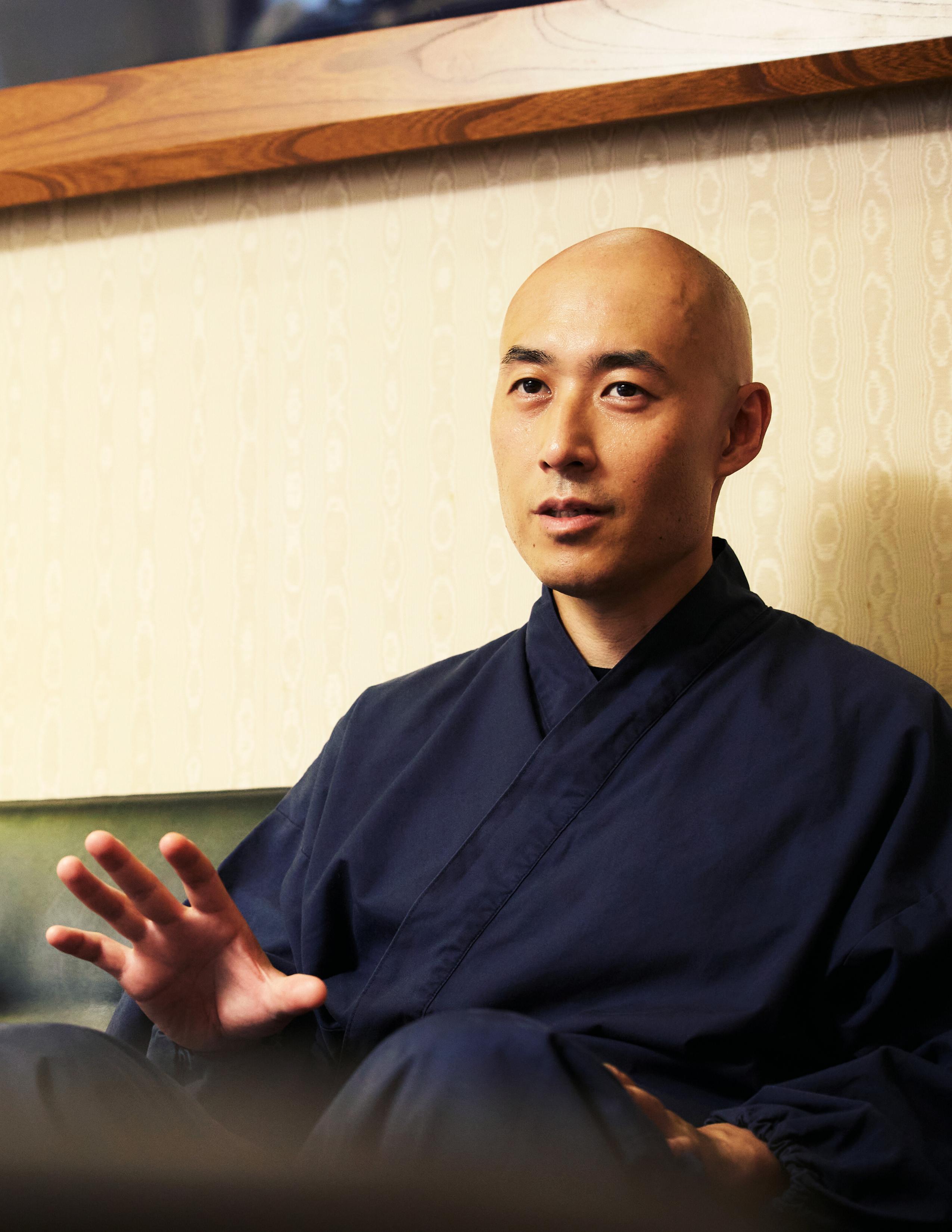


SHOUKEI MATSUMOTO BUDDHIST PRIEST, WRITER, ENTREPRENEUR, AND PHILOSOPHER
Celestine Raven and her team continue their journey across the world to meet inspiring and colorful people whose voices resonate far beyond borders. In Tokyo, they sat down with Shoukei Matsumoto — a Buddhist priest, writer, entrepreneur, and philosopher who has dedicated his life to translating timeless wisdom into everyday practice.
Known internationally for his book ‘A Monk’s Guide to a Clean House and a Quiet Mind’, Matsumoto shows how ordinary tasks like cleaning can become acts of mindfulness. But his vision reaches far beyond household routines. In this intimate conversation, he re flects on imperfection, grounding, giving, and the unease many feel in the temporary times we face in 2025.
With clarity and gentleness, Matsumoto invites us to reimagine the way we live, offering perspectives that bridge ancient Buddhist teachings with the challenges of our modern world.

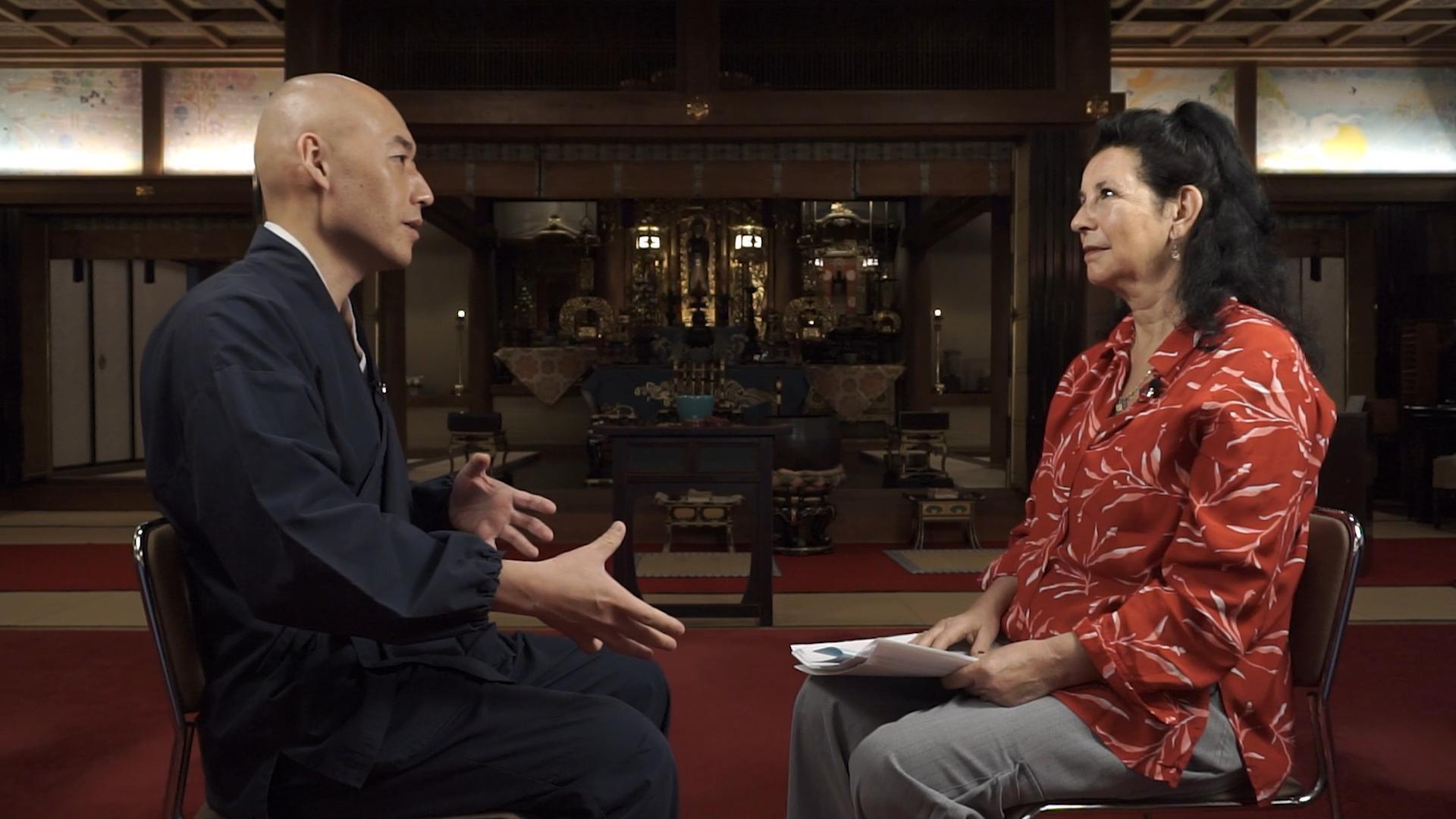

SHOUKEI MATSUMOTO BUDDHIST PRIEST, WRITER, ENTREPRENEUR, AND PHILOSOPHER


CELESTINE: Thank you for seeing me here. This is a special temple, isn’t it?
SHOUKEI: Yes.
CELESTINE: Could you explain why?
SHOUKEI: Welcome to Kōmyō-ji Temple. This is my home temple. More than 20 years ago, I became a Buddhist priest here.
CELESTINE: So this is where it started—where you decided to become a priest. Before that, you weren’t one?
SHOUKEI: Before that, I was a college student.
CELESTINE: What did you study?
SHOUKEI: Western philosophy.
CELESTINE: Western philosophy—interesting. And then you became a Buddhist monk?
SHOUKEI: Yes, Eastern philosophy. When I studied Western philosophy, I found it very interesting, but I also found that most Western philosophers did not necessarily live happy lives. So I thought, as my life path, Buddhism—Eastern philosophy—might be better.
CELESTINE: So why did you become a Buddhist?
SHOUKEI: The message I want to deliver to people is a philosophy for a happier life. Buddhism must be that. I wanted to become a messenger of Buddhist philosophy, which is why I became a Buddhist priest.
CELESTINE: That’s also how I came to know you. You are an author bringing Buddhism to the world through your books. I have one in Dutch about cleaning—cleaning your house, your life, your environment. It brings practical Buddhism to people like me.
SHOUKEI: Yes. The learning from this experience is not about perfection but about appreciating imperfection. There is no end to the practice of cleaning—no 100% clean state. Once you clean your garden, the leaves fall again. It’s a never-ending process.
Today, many people who come to the temple are annoyed by obsessive perfectionism. They say, “I need to get things done 100%. I need to be perfect.” But perfection is just a concept we humans create in our minds—an illusion.
CELESTINE: That ties to your other book, A Quiet Mind. It helps people understand their concepts and perspectives.
SHOUKEI: We are easily captured by concepts and fly into the sky of abstraction. Meditation practices, like cleaning, help ground us.
CELESTINE: How would you define grounding?
SHOUKEI: It’s a way to keep your sanity—to stay aware of what you feel with your body.
CELESTINE: Your feet on the ground.
SHOUKEI: Exactly. You don’t exist only in your thinking mind. Less thinking, more feeling—with your senses, with your body. You are not a concept. As a philosopher who loves concepts, I know I can easily be captured by conceptual illusions. So the things I write are reminders to myself—things I need to remember.



SHOUKEI MATSUMOTO BUDDHIST PRIEST, WRITER, ENTREPRENEUR, AND PHILOSOPHER

CELESTINE: In Japan, it’s allowed for a Buddhist priest to have a family.
SHOUKEI: Yes.
CELESTINE: So you have a family. Who does the cleaning?
SHOUKEI: It’s a collaborative practice—my wife, my children, and I. Cooking, I depend on my wife, but cleaning we share. For me, it’s contemplative—a meditative practice, not just a household task. It’s meditation, something I want to do myself. You can’t outsource your own meditation.
CELESTINE: You also have your own company, Interbeing.
SHOUKEI: Yes. Many people in companies suffer from stress. So I bring ancient Buddhist wisdom into the corporate world, translating it for business people today.
CELESTINE: Is much of this stress rooted in perfectionism?
SHOUKEI: Yes. People face high pressure and stress. It helps to understand the mechanisms of the mind and how to ground themselves.
CELESTINE: And you bring this into dialogues with world leaders as well.
SHOUKEI: Yes. I attend the World Economic Forum in Davos each year. It’s a place where influential leaders gather to discuss global issues—war, climate crisis, AI. Many are afraid of losing what they have: power, money, status. Those are full of fear.
In Buddhism, there are three types of giving. The first is giving Dharma—teaching and sharing the Buddhist way of life. The second is property giving—reducing attachment to material things. The third is fearlessness giving—reducing fear in each other.
The third one is the most important today, in a world full of fear.
CELESTINE: Is that the fear of letting go—of not being in control?
SHOUKEI: Yes. Many think grounding means being stable or static, but I see grounding as flow—like being on a river. Grounding is surfing on that flow.
CELESTINE: Flowing with the river, letting go.
SHOUKEI: Naturally.
CELESTINE: So there’s no perfection, no imperfection.
SHOUKEI: Everything is moving.
CELESTINE: If we bring this to world leaders today—especially in the U.S.—it seems they’ve lost the idea of taking care of people.
SHOUKEI: From a Buddhist perspective, we don’t judge outcomes. The outcome is the reality from which we start. We can’t go back or forward—we begin here, now. Every moment is a beginning. The question is: how can we make this direction better? I often ask, How can we become good ancestors for future generations?
CELESTINE: So there are no good humans or bad humans?
SHOUKEI MATSUMOTO BUDDHIST PRIEST, WRITER, ENTREPRENEUR, AND PHILOSOPHER


SHOUKEI: Exactly. A human being is not perfect. We can be good or bad depending on conditions. The founder of my denomination, Shinran, wanted to become Buddha—one who transcends humanness. But he realized he could never stop being human.
CELESTINE: Becoming Buddha means letting things be—no forcing, no concepts.
SHOUKEI: Yes. There’s no goal—it’s a way of life. For example, when Trump said, “Let’s prioritize our habitat first,” that message appealed to many who felt left behind. I don’t judge it as good or bad—it just happened.
CELESTINE: Because he used people’s fear.
SHOUKEI: All leaders do. The world is full of fear. How can we reduce it? By understanding that everything is changing. The idea that we can control anything is an illusion.
CELESTINE: In the Netherlands, many people have lost faith in politics. They feel they have no influence.
SHOUKEI: Yes—indifference is growing. That’s why inspiration is important.
CELESTINE: Like Roman Krznaric, who wrote The Good Ancestor and Empathy.
SHOUKEI: Yes, his work inspires me. We try to control everything, but we can’t. The idea of control is elusive. Yet that doesn’t mean we’re powerless. I translated The Good Ancestor because I love that question: How can we become good ancestors for future generations? It’s not about bloodlines—everyone before us influences us. Every small act changes the world. Even this interview wouldn’t exist without countless actions before it.
We are tiny particles of existence, yet connected with everything. In this sense, I am the universe.
CELESTINE: Beautiful. What is your goal in life?
SHOUKEI: I have no goal. Life is a process—like cleaning, a never-ending process.
CELESTINE: Then what drives you to write books and translate works like The Good Ancestor?
SHOUKEI: Writing is also like cleaning—an endless process. I am a decomposer of human concepts. I love philosophy, but my mind gets cluttered with ideas. So I keep cleaning—decomposing my own concepts.
CELESTINE: That’s beautiful.
SHOUKEI: Yes. Let’s clean together. ∎
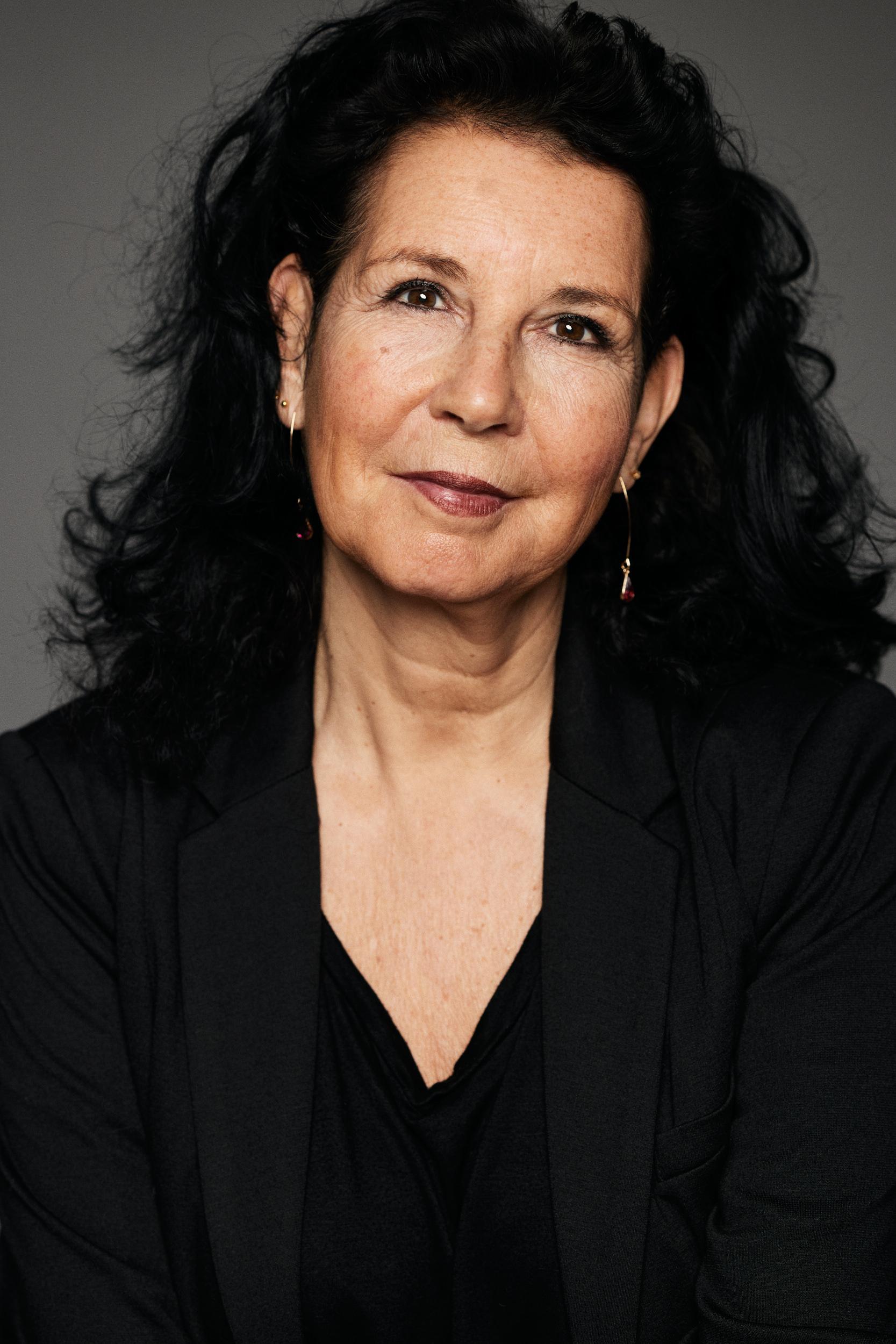
CELESTINE RAVEN
Interviewer & TV Host www.awarenowmedia.com/celestine-raven
Celestine Raven is an accomplished interviewer and talk show host for Amsterdam Television in the Netherlands. With a rich academic background in political science from Amsterdam and France, Celestine has built a diverse career as a reporter, director, and journalist for Dutch television. Her passion for storytelling extends beyond journalism; she has also worked as a therapist, trainer, and coach in personal development. Celestine's dedication to empowering individuals and communities has taken her to various third- world countries, where she has spearheaded projects aimed at fostering awareness and inner strength. As the host of "Strong Women Beautiful Men," Celestine brings her unique blend of professional experience and heartfelt connection to create compelling conversations that unite and inspire.
www.IamAwareNow.com

There have been many moments in my life that almost broke me, but I always found a way to move forward.
YULY GROSMAN SPEAKER, AUTHOR, ENTREPRENEUR & SECURITY EXPERT
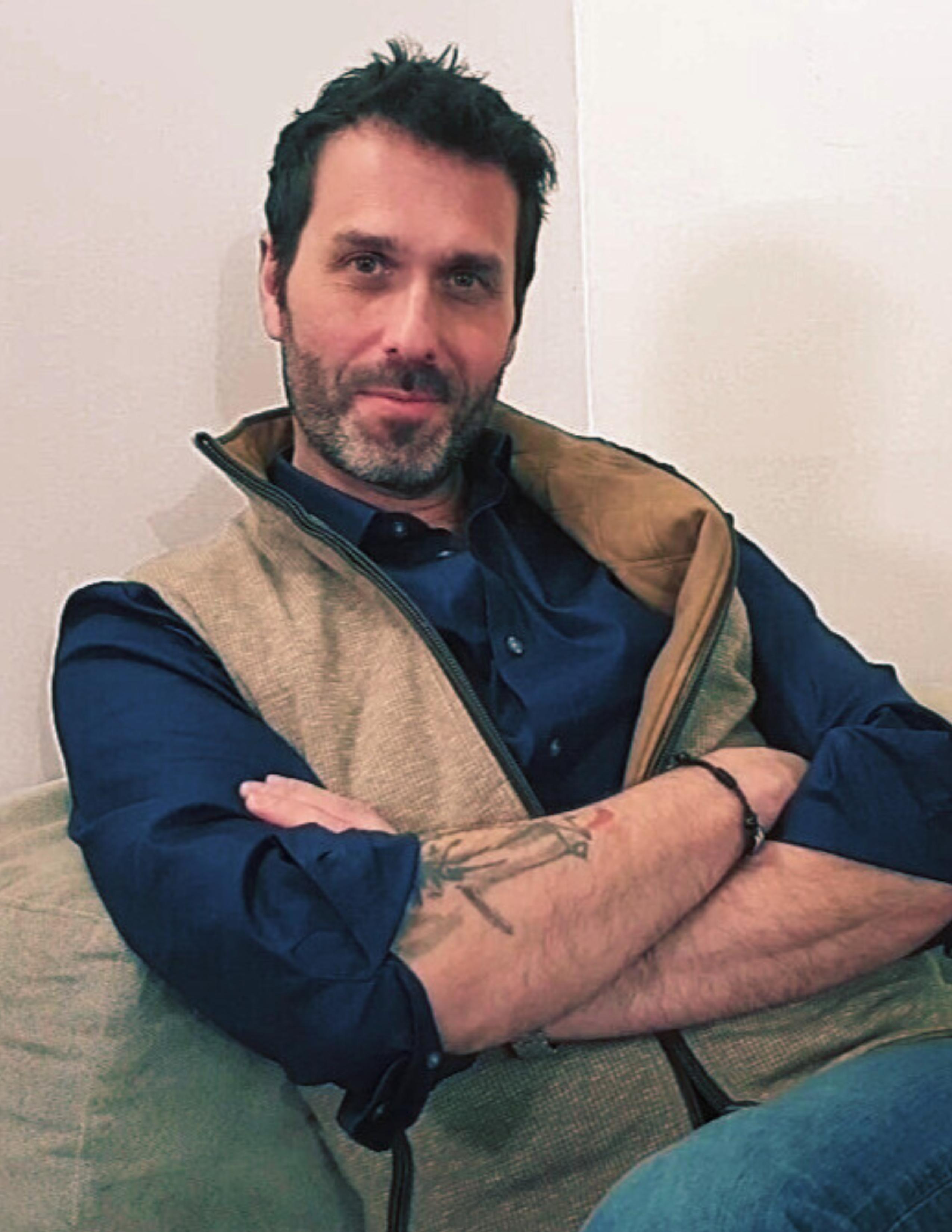

There are lives that unfold quietly — and then there are lives that shout. Yuly Grosman’s story is the latter: a journey that began with an escape from the Soviet Union and evolved into a symphony of survival, risk, and revelation. In his book The Most Beautiful and Dangerous Business: Uncommon Lessons for Unstoppable Leadership, Yuly invites us to see that leadership isn’t found in safety, but in the art of daring beautifully.
ALLIÉ: You’ve lived a life that defies borders—escaping the USSR, rebuilding in Israel, growing a business that spans continents—but before the danger, before the destiny, who were you, Yuly, as a child? What did the world feel like to that boy before he learned what it meant to fight, to build, and to lead? Who were you?
YULY: Wow, that’s an unprepared question. Okay, I’ll try my best. So imagine yourself, a 12-year-old child growing up in the USSR. We have a joke that we didn’t have toys. The best toys were a piece of wood nailed to the floor. But that’s just a joke. Moving from the USSR to Israel after Gorbachev made his announcement and the Berlin Wall came





YULY: (continued) opportunity, and we ran to Israel. I didn’t know much about Israel—maybe I saw a movie or two. When I got there, it was the first time in my life I saw yogurt, the first time I saw things I had never seen in Russia. As Jews, we were supposed to feel fear and face antisemitism.
When we arrived in Israel in 1990, there were many families like mine—well-educated engineers, professors, doctors —who couldn’t find jobs, which happens in most countries with waves of immigration. Israeli employers often hired repatriated families because they asked for lower pay and were highly educated. Of course, that created frustration and tension within local Israeli families. I remember hearing parents talk about it at home—arguments that turned into resentment. As a 12-year-old going to school, I was bullied. Israeli kids would hide in the bushes and throw stones, eggs, tomatoes, potatoes—not just at me, but at others like me. We were a small community back then. Two years later, when more immigrants came, things slowly changed. But those early years were painful.
That’s what pushed me to study martial arts. I started with Kung Fu, later Karate and Krav Maga. I was 12 when I started. That was my first boost. My first business began when I was 14. I was a young serial entrepreneur, and that business generated most of the income that helped my parents buy an apartment. Imagine celebrating your Bar Mitzvah at 13, while your parents wore gas masks in an isolated room because there was also a war with Saddam Hussein. But not everything was bad. There were beautiful moments, too. I’ve worked since I was 12, and everything I learned and achieved started with resilience, communication, self-defense, and understanding how to open doors and talk to people. That’s all in my book.
ALLIÉ: That’s still kind of blowing my mind. At 14, you started your own business. What was this business?
YULY: Selling paintings and flower bouquets door to door. That was my first introduction to the flower industry. It’s a small part of my book where I talk about learning about flowers when I was 13. The business combined a few kids like me who needed money and wanted to help their parents. I couldn’t run the business alone, so I shared my ideas and strategy with my parents, and we launched together. That’s how it started.
ALLIÉ: Wow, at such a young age. Your story is filled with moments when survival wasn’t a choice—it was necessity. When you think about the hardest chapter, the one that nearly broke you, what did endurance look like then?
YULY: There have been many moments in my life that almost broke me, but I always found a way to move forward. It’s no secret anymore—it’s in my book. I’m a disabled veteran of the Israeli military. After my second surgery, I became addicted to painkillers for many years. Eventually, I realized I had a problem, and I found a way to fight it and overcome it. Sports and business were a big part of my recovery.
ALLIÉ: You’ve moved between worlds that seem to contradict each other—training Special Forces and cultivating flowers. Yet in both, there’s a symmetry of precision, patience, and purpose. When did you first realize that beauty and danger weren’t opposites, but partners in the same kind of dance?
YULY: They complement each other—one is part of the other. After the military, I worked in hospital security in Israel. It was a very tense environment, full of aggression and frustration—especially from families of patients. You eventually realize you can’t fight aggression with aggression. That’s when I began to understand the power of communication and empathy. We called it “Stop violence without violence.” You learn to de-escalate conflict by understanding the person’s emotions.
Later, I needed a break from that intensity and joined a Russian-Israeli flower export company. I didn’t know how to grow flowers—I’d probably kill your roses if you asked me to—but I saw opportunity. Kenya was exporting all its flowers to Holland, where they were auctioned and distributed globally. I thought, Why not cut out the middle step?
YULY: (continued) I built a supply chain directly from growers to markets, reducing transportation costs by 30%. I even advised growers on what to grow—not how, but what varieties would fit future trends. For example, predicting what lipstick colors women would wear in Europe five years from now helped determine which flower shades to grow. It created an indirect economic and social impact in Africa—building roads, villages, and electricity around expanding farms. And here’s the connection: I once used a rose stem as a tool in my workshop. It can de-escalate aggression, shift focus, and even reduce stress. It’s symbolic—a rose can bring opportunity, peace, and perspective. Beauty and danger do dance together.
ALLIÉ: That’s beautiful. Your book shares uncommon lessons born not from theory but from a life lived at full tilt—in risk, responsibility, and relentless pursuit. Of all the lessons you’ve carried, which one still challenges you the most, the one you have to keep relearning no matter how far you’ve come?
YULY: Stay human. Be real. Don’t pretend to be someone you’re not. Keep fighting for what you believe in. And be creative—society needs that more than ever. Technology is incredible—I use ChatGPT all the time to help me structure my thoughts as a non-native English speaker—but creativity and real-world experience can’t be replaced. Creativity and clarity of mind matter most.
ALLIÉ: I love that. You’ve had so much diverse field experience that you now use to empower others—to help leaders lead better. Let’s talk about the title of your book, The Most Beautiful and Dangerous Business. It feels like a reflection of life and leadership. In your experience, what makes a leader truly unstoppable? Is it fearlessness in the face of danger or the courage to lead beautifully—with heart, humanity, and humility?
YULY: I think it’s about how leaders manage situations. I’m also a bodyguard instructor, so I think about risk assessment all the time. In elite security, we’re trained to prevent danger before it happens—to anticipate and mitigate risk. Unfortunately, many leaders sit in their offices and delegate tasks without firsthand understanding.


Exclusive Interview with Yuly Grosman https://awarenow.us/podcast/beautifully-dangerous


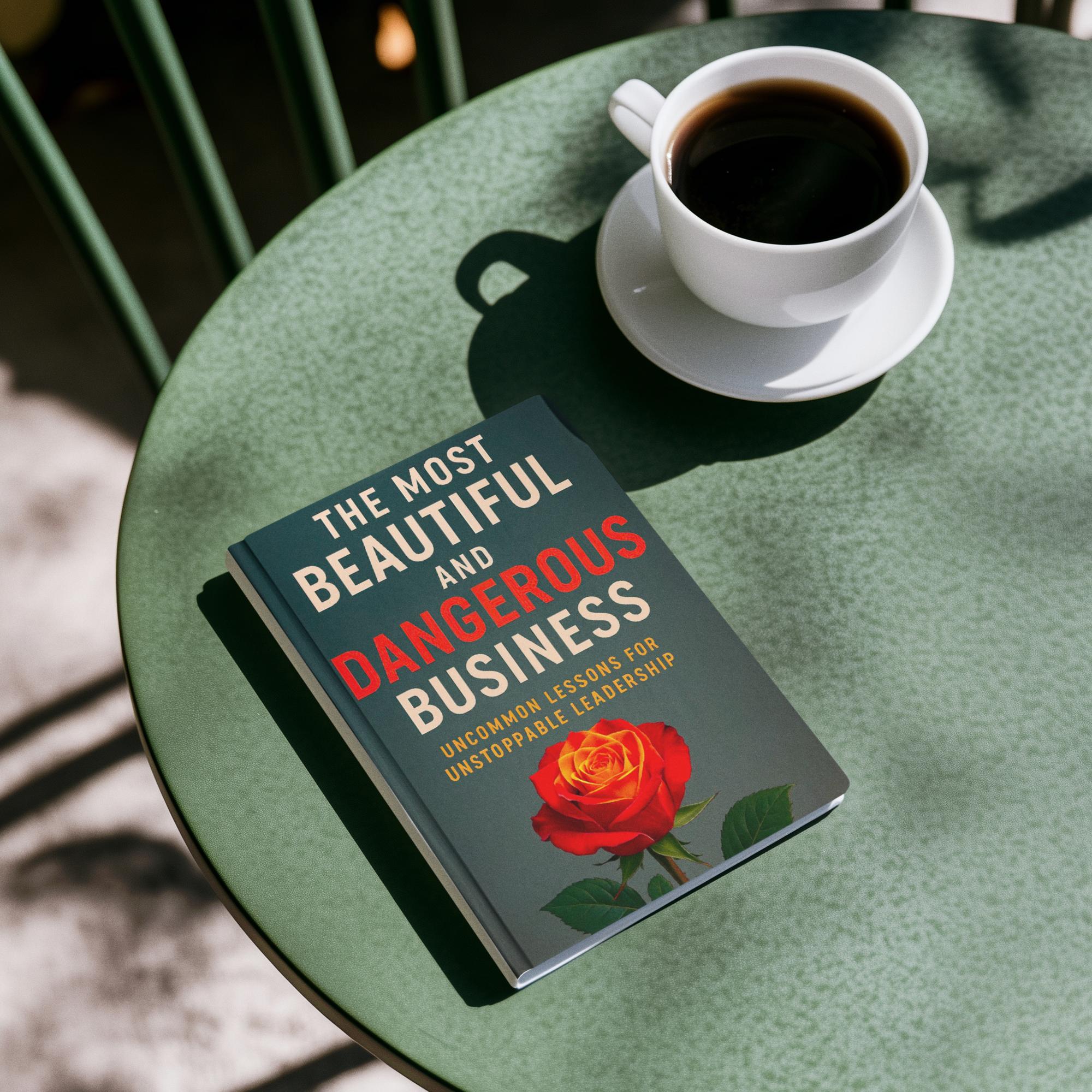
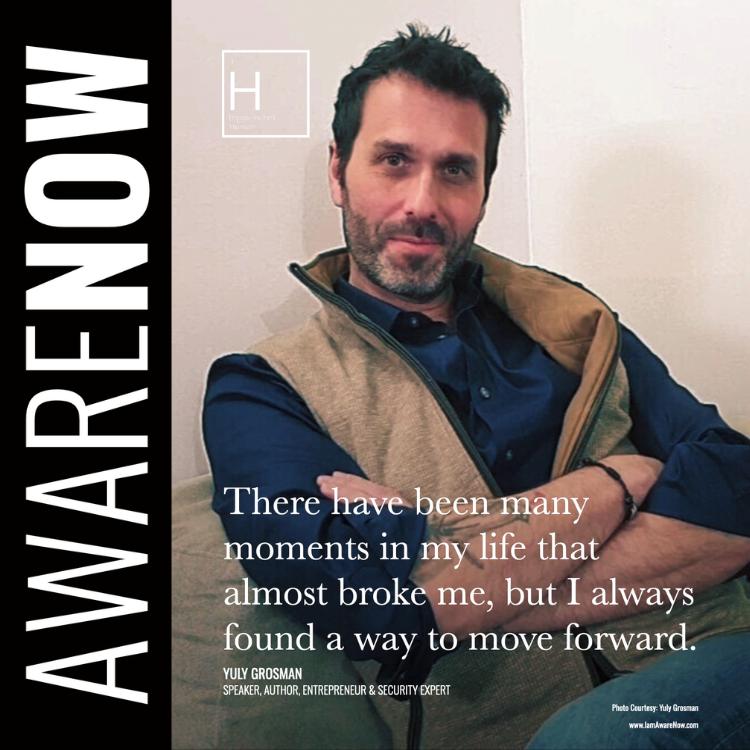
YULY: (continued) True leadership requires field experience. Leaders should be on the ground—visiting packing rooms, farms, production floors—to see how things actually work. Otherwise, decisions are made based on filtered opinions. Field experience builds critical thinking and better judgment.
ALLIÉ: That’s great advice. Well, thank you so much. I feel like there are so many more layers and chapters of you yet to explore—and those are things we can find in your book, right?
YULY: Absolutely. And one of those chapters is how I met my wife. Picture this: I’m in Nairobi with my dog—he’s taller than me when standing, and I’m 6’1”—and somewhere nearby is a woman I’ve never met. Years later, she takes a photo of a poster advertising my self-defense classes but never calls. Two years after that, she loses her business partner in a terrorist attack at a complex where I had previously done a security assessment. She flew to Kenya to organize things and decided her team needed training. That’s how we finally met—through tragedy but in the right place, at the right time. We now have a child born in Kenya and a beautiful life together.
ALLIÉ: Wow. That’s quite a story—the timing of the universe is always something incredible.
YULY: I always believe that things happen at the right time and in the right place. ∎
Learn more about Yuly here: www.yulygrosman.com Find & follow him on Instagram: @yulygrosman
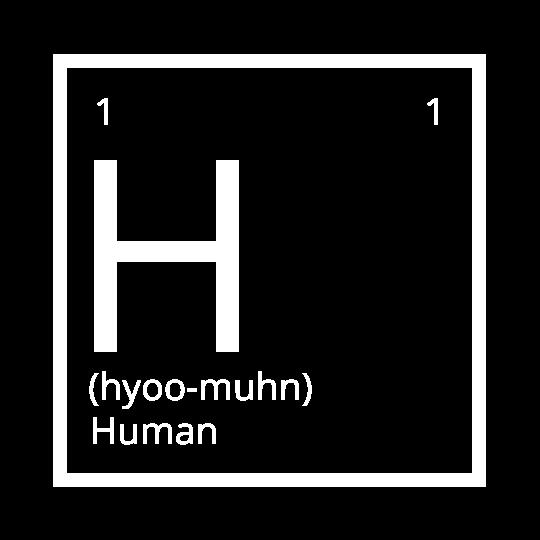



‘MEDICINE
How are you? How are you doing? How’s it going? These are just a few of the ways I get asked daily to describe my current state of mind, having lost my four-legged soulmate, daughter, best friend, and partner 12 weeks ago. The trouble is, they don’t invite an honest answer; just the usual, “I’m great… You know, hanging in there… I’m fine. How are you?”
What I really want to say is this: I am riddled with guilt every minute of every day for not being there when my fourlegged baby passed. I’m heartbroken all day knowing she isn’t sharing each moment with me. I feel lost, as if a piece of me died. More than just a piece, in fact. I died. Who I was, who I was becoming, my friendship group, my interest in life, my passion for each day, my social life; all of it died.
If I actually answered this way, I’m sure people would either be dumbstruck and quietly walk away, or say nothing at all and just nod. So why do we have to hide our true feelings, shielding ourselves from the reactions of others? What would happen if I told the truth?
Sometimes I don’t even know what I’m feeling, and that too requires an answer people wouldn’t understand: “I’m tired, I’m numb, I don’t really know how I am.” When we pause to gain clarity on our feelings, it can feel daunting to truly listen and accept them.
I live a fairly organized life: I have plans, schedules, and goals. I know what I like and what I don’t. But when it comes to my feelings right now, they are confusing and often muddled. What I’ve realized is that this is okay. It’s okay to be complex and not always understand ourselves.
What are the feelings we choose to hide from others, and why? Why do we feel the need to pretend everything is okay all the time? What would happen if we were honest? Grief is just one of the many feelings we hide.
Vulnerability is something that has been truly exposed in my current state. I feel like an open wound that could be attacked at any time. If I’m not prepared for it to be seen by the world, I choose to stay inside. If, however, I’m feeling slightly braver, I can go outside, and my wound is exposed. Everyone sees it. I don’t hide it. Certain people are drawn to this, while others are turned off. That’s okay. It’s about accepting whatever mental space I’m in. I’ve recognized it’s not about pleasing others or worrying about what they think of me. This is about me and how I want and need to feel right now.
I often imagine what it would be like if there were one step more to being open and vulnerable. Imagine if our bodies showed all of our feelings on the outside—if they revealed where we had trauma and how we had been hurt, if the bruises were visible. Would we avoid those with more bruises? Would we prefer to be with those who had none? The phrase “wear your heart on your sleeve” is an interesting one. What if we truly did exactly that?
Sometimes people don’t want to share or be open about their feelings. That’s okay too. Right now, I want my grief to be private. When I go out, I don’t want to be reminded constantly of how I’m feeling or be asked how I’m doing. I want to put on that mask and simply be who I was before the loss. What I’ve realized as the weeks roll on is that grief is ever-changing. She is always with me, and I’ve invited her to live with me as a guest. There are house rules, though: sometimes I want to be around her and talk to her; other times I need a break, and I want her to leave me alone. I’ve recognized that no two people experience grief in the same way. Sometimes I don’t even know what to expect when she shows up. The sadness is often so great it blocks out the light. But the light comes in many forms for me. I might look at photos of Chai or watch videos, remembering all of the amazing adventures we had together.
One of the last things we did that was officially filmed was my second TEDx talk. She was with me on the stage, and she was mentioned in the talk. Every time I watch it, I’m reminded of the little things, the glimmers, that help me through these hard times. On the stage, I could only mention three things, but I actually created a list of 88.
These are 88 things I believe can take our mind, heart, and soul back to a calm, fun, and happy place. I hope they bring you some joy as well.
• Write with a pen
• Smile
• Drink water
• Try something new
• Dopamine dressing
• Find the fun
• Go dancing (even if it’s in your own living room)
• Buy yourself flowers
• Sing (even if it’s just to yourself at home)
• Sit in silence
• Do less
• Breathe
• Slow down
• Immerse yourself in other cultures (through films, books, art)
• Travel
• Paint (even if you think you’re no good)
• Walk
• Visit the ocean
• Visit the mountains
• Sit in nature
• Go on a picnic
• Remove technology
• Read a book
• Sleep or take a nap
Eat slowly and consciously
• Listen to music
• Play an instrument (even if it’s just banging some drums or shaking a tambourine)
• Create a “to-be” list instead of a to-do list
• Share kindness
• Give a compliment
• Drink your tea or coffee slowly
• Phone a friend See a friend
• Play a board game
• Make a plan (big or small)
• Create a creative cocoon (a safe space—see my book for details)
• Tell a joke
• Laugh
• Sit in the sunshine
• Stretch
• Offer to help someone
• Visit a bookstore
• Say hello to strangers Hug an animal
• Cook something from scratch
• Go to a museum
• Visit an art gallery
• Tell someone you love them
• Wash your face
• Take a bath
• Take a bath with scents or oils
• Light a candle
• Brush your teeth
• Paint your nails Take a shower
• Wear perfume
• Smell the roses (literally)
• Grow something in your garden or a flowerpot
• Walk barefoot
• Choose your favorite outfit to wear
• Pretend it’s your birthday
• Watch an old movie
• Practice self-care
• Sort out a cupboard
• Visit a vintage store Collect shells
• Make a daisy chain
• Write a poem
• Swing on a swing
• Hug a tree
• Eat chocolate or cheese (preferably vegan)
• Spend time with friends
• Speak to an elderly person
• Make a bracelet


• Give a gift
• Bake biscuits
• Paint your face with face paint
Feed the ducks
• Take a photo with a real camera
• Write a gratitude list
• Listen to children’s laughter and watch them play
• Stand in the rain and get wet
• Organize a small cupboard
• Make a card and send it to someone
• Write a letter and mail it
• Hug yourself
• Make a vision board
• Write nutshell cards (mini vision boards)
Be kind to yourself. Listen to what your body is telling you it needs.
When you’re doing even one thing off this list, sit with it for a few moments and be present. Take a deep breath in, then out; smell the roses, blow out the candles. For that moment, your nervous system, your brain, your heart, mind, and soul will find a breath of peace, clarity, calm, and happiness. ∎
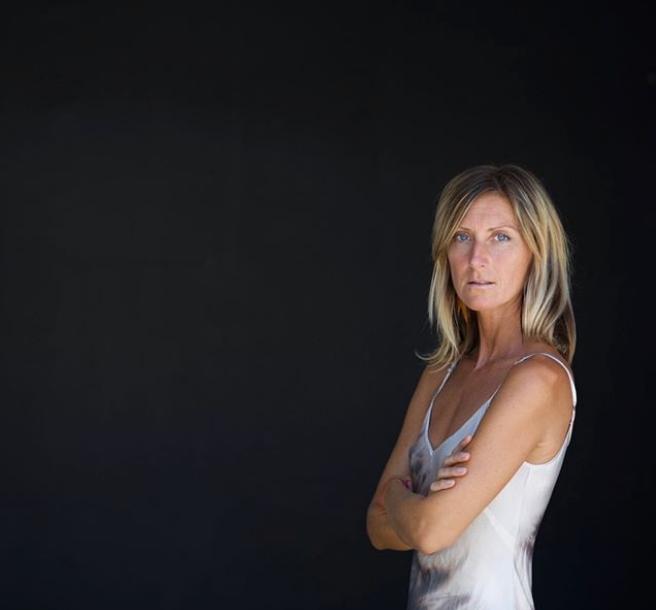
ELIZABETH BLAKE-THOMAS
Storyteller, Philanthropist & Official Ambassador for Human Trafficking Awareness www.awarenowmedia.com/elizabethblakethomas
Elizabeth Blake-Thomas is a British award-winning storyteller and philanthropist based in Los Angeles. She is the founder and resident director of entertainment company Mother & Daughter Entertainment, whose motto is “Making Content That Matters”, putting focus on each project starting a conversation amongst viewers. She is also the creator of the healing methodology Medicine with Words which is designed to help “spring clean” your mind and help free yourself from unnecessary noise so that you can live a more purposeful, peaceful life. She is the author of Filmmaking Without Fear which is a multi-medium resource curated for indie filmmakers. Her FWF podcast is available on all streaming platforms, and the book of the same name is available on Amazon. She is a regular on panels at Sundance, Cannes and Toronto International Film Festival, Elizabeth mentors wherever possible, ensuring she sends the elevator back down to all other female storytellers.


ERIC KUSSIN CEO OF #SAMEHERE GLOBAL
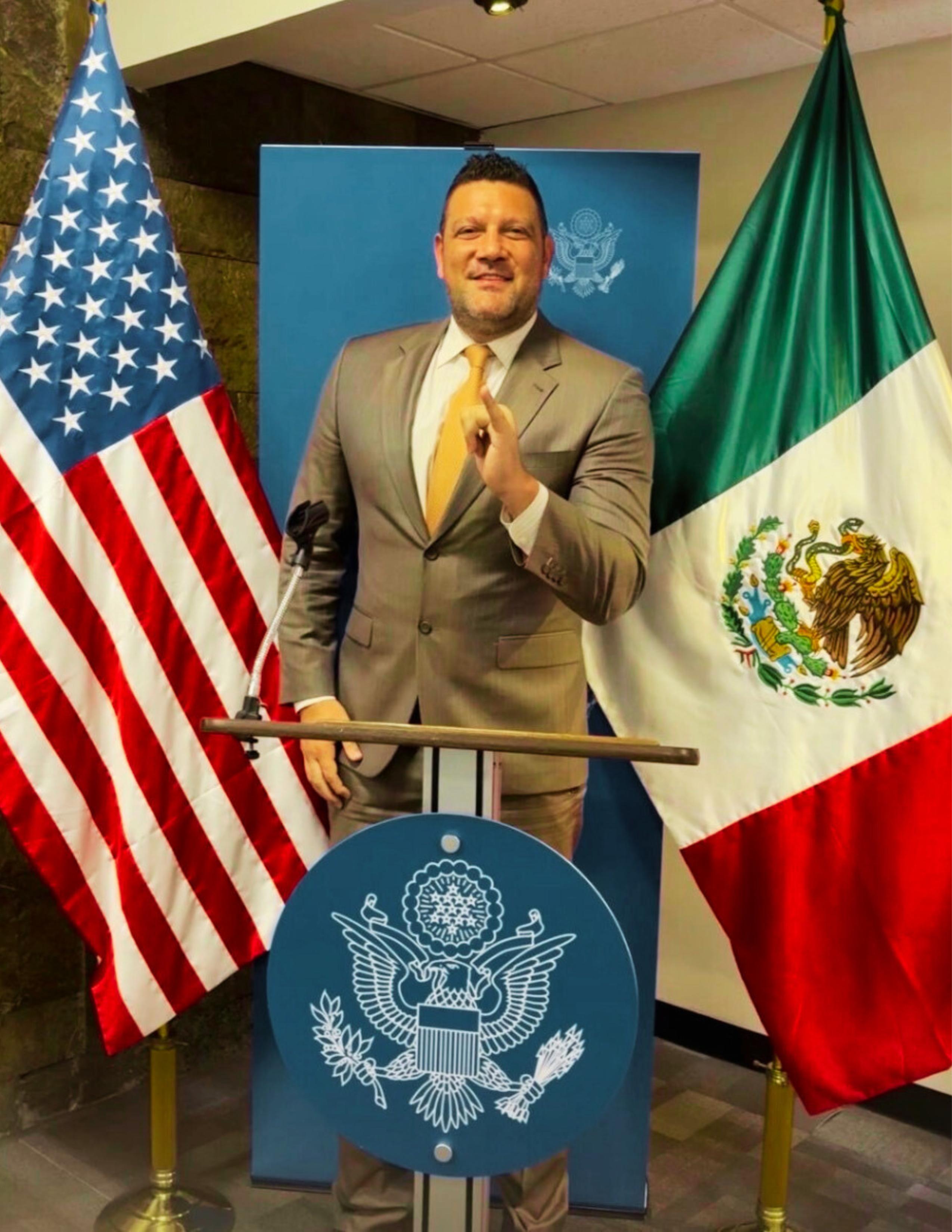

STORY BY ERIN MACAULEY
Eric Kussin is one truly inspiring human. From reaching the top of his field in professional sports to suffering a debilitating, life-altering mental health crisis that left him bedridden for two and a half years, and then rising to create the global mental health movement #SameHere, Eric’s journey is one of resilience, purpose, and transformation. His belief is that five in five of us experience mental health challenges at different points in our lives — not just the “one in five” with diagnosed mental illness so often cited by mainstream education. In this conversation, we explore the depths of Eric’s personal struggle, the turning point that led him to true healing, and the creation of a nonprofit movement built on a simple but radical truth: we all struggle with something, so why divide ourselves into labels when we could unite through shared humanity?
ERIN: Eric, thank you so much for taking the time to sit down with me. Your story is so fascinating as it really proves the theory that integrating Eastern and Western practices to manage our mental health is the best way for individuals to regulate a discombobulated nervous system. How and why did you come to this conclusion?
ERIC: Thanks, Erin, for having me, and thanks to AwareNow for creating such a great platform. It’s interesting because when I started to feel as sick as I did, I didn’t know the difference between Eastern and Western medicine, especially as it pertained to mental health. I didn’t think mental health applied to me at all.
Back when I was living in Florida (now I’m in New York) as Chief Revenue Officer of the Florida Panthers, after having worked for the NBA League Office and a number of NBA and NHL teams before that, I found myself only six months into my time with the Panthers feeling as though my brain had shut down on me.
I didn’t know at the time what it was. I thought maybe it could have been a brain tumour or the result of a traumatic brain injury from playing sports growing up. I thought maybe it was an aneurysm I was having in the moment. There were all these possible explanations because when your brain feels that shut off, without a singular event to point to, you don’t know the source.
So, I left my job with the support of my team, and the ownership group gave me almost a blank slate, telling me to take as much time as I needed. I remember our majority owner, Vinnie Viola, saying it didn’t matter if it was one month, two months, or three months — I’d come back and hit the ground running.
I left that job in Florida and went up to New York because I was told by everyone that’s where all the top doctors were — all of the Ivy League–trained doctors from Cornell, Harvard, Princeton, Dartmouth… and so what did I do? I sought out those experts for an explanation as to why I was feeling how I was feeling.
That explanation came in the form of being told I had different mental illness labels, that those labels were based on chemical imbalances, and that those chemical imbalances were what I needed to “balance out.” I was told I needed to find the right medication to “balance out my neurotransmitter imbalance.”
In the construct of Western medicine, you can imagine why that appealed to me and made sense. Growing up in the West, when you’re a kid and you get strep throat, bronchitis, or pneumonia, your parents take you to the friendly paediatrician. They have their stethoscope and white lab coat, they take a test — maybe a throat culture or chest Xray — and they tell you what you “have.” Then you’re given an antibiotic, and two or three days later, you feel better.
ERIC: (continued) So that’s why, when my brain wasn’t feeling right (and it was the first time I had ever felt that way), I took the advice of all these “top doctors” who told me to try different medication combinations — or “cocktails.” During that span, I was put on 52 different medication combinations over two and a half years. At the time, I felt so lost. I could not get out of bed. I needed to be cared for, living at my parents’ house. It was a pretty debilitating experience in my mid-thirties, on a twin bed from childhood, as all my friends were in the prime of their personal and professional lives. And it wasn’t because I wasn’t ambitious or didn’t want my independence — I literally couldn’t function.
So, 52 medications later and two-plus years in, I was told to do TMS therapy — transcranial magnetic stimulation — because it would work on the “hardware” of my brain since the “software” (medication changes) hadn’t worked. When I failed the TMS, I was told to do ECT — electroconvulsive therapy — and the doctor in the psych ward, a Harvardtrained doctor at Cornell Med, coaxed me into it by saying that after trying so many things that hadn’t worked, this ECT was my “last resort.”
Reflecting back, I saw directly how many things I was tried on by the Western medical system and the path they can send you down — the exhausting process of pill after pill, label after label, eventually being told to do treatments that put waves into your brain or electrodes on your head and shock it to get it restarted — only to be told you’re “treatment-resistant,” aka “defective,” and that you’d reached your last resort. But because I failed all of the Western medicine roadmap treatments, I had to turn elsewhere to learn other ways to actually heal at the source. This is where being a stubborn SOB helped me. I was on a mission to get my life back. I began to understand how my nervous system had been through so much. I realised that what I had witnessed with my brother growing up — how sick he had been for so many years (cancer twice, septic shock, coma, kidney transplant, multiple major accidents and broken bones) — had created an accumulation of trauma in my system. That trauma had impacted me physiologically — inside my body, in parts and then in full systems.
Western medicine may know what those structures and systems are because of the scans and tech it has, but it doesn’t talk about their synchronicity and interdependence as much — all as one system working together. The practices that Eastern medicine provides — various forms of breathwork and meditation, yoga and mindfulness, and others like singing meditation and sound baths — allow a true path to healing because they heal the structures and systems that connect the brain and body. They get to the source of how stress and trauma have impacted those structures and systems in our body over time. Western medicine mostly focuses on the brain alone and works to cover up symptoms.
When you grow up in the West and you see PTSD, ADHD, OCD — the 330-plus DSM-V labels — and then you’re given one or a few of those labels, you believe your path towards healing, just like with strep throat or pneumonia, is to find the right label and the right medication for it. I’m actually happy that, as miserable as those 2.5 years of hell were, I went through what I did following that Western medicine process, because it forced me to learn Eastern healing modalities that ultimately got to the source.
So, what I understand now is that Eastern medicine’s practices — with Western contributions that help us understand the science behind why these modalities work — are where true healing happens. I also want to be clear that I’m not anti-med. But I am anti–medication being positioned and sold as a “cure.” It can be a great symptom-management tool for those who find a med that agrees with them and whose side effects aren’t too drastic. But meds alone do not allow us to heal at the source.
ERIN: You suffered a total mental health shutdown when you were at the top of your game professionally, working for the Florida Panthers as their Chief Revenue Officer. How did it help you recover, knowing that you had the total support of those you worked with?
ERIC: That’s a great question. I don’t think I would have been able to get through the misery of the challenges I faced had it not been for the support of the ownership group and the executive staff I was working with at the time in Florida. I went down to work for the Panthers because the owner of the team — Vinnie, who I mentioned earlier — had just purchased it. He was someone who grew up in tenement houses, living really poor in Queens, New York. He ended up going to the US military, attending West Point for college, and built an incredible life for his family. He started a high-frequency trading company, became a billionaire, and was able to buy a professional sports franchise. He was a big reason why I went down to Florida in the first place. I saw the vision he had for turning that franchise around, and I really trusted him. Two Stanley Cups later, it’s clear he knew what he was doing.
Because of his military background, when I came to share my struggles and explained that this crash I was experiencing was not going to be short term, he had the experience to know how to support me as a teammate. Keep in mind this was in 2015, when not a lot of others were supporting those with mental health challenges.
ERIC: (continued) So Vinnie looked me in the eyes when I was having that difficult conversation with him and said, “Take as much time as you need — one month, two months, three months. We never leave a soldier out on the battlefield.” He quickly realised this was going to take time for me to get better, and he showed me full support. He set me up with our HR department, who put me on disability to make sure I still had my insurance and some income coming in, so I could live without the fear of how I was going to afford everything I was about to go through medically.
Unfortunately, my journey lasted a full two and a half years, and on disability in the US that’s a long time. I eventually had to part ways with the team — at my own choice; they didn’t force me to leave. But I think if I hadn’t had their support early on, and instead had to worry about whether I’d ever get my job back or be ostracised from the industry, the weight of that could have crushed me. The support they showed during such a difficult time in my life made a huge difference as I began my path towards healing, and I will be forever grateful to them.
ERIN: You were put on over 50 psychotropic medications, went through both TMS and ECT, and this still did not help you — to the point where you were essentially in and out of being catatonic for 2.5 years. What’s your message to those today struggling with medication and trying to find a way through that?
ERIC: Yeah, I think my story is proof that, even though it’s just one person’s experience, going through that many different medication combinations and following that entire path — trying the TMS therapy, where the explanation was “we couldn’t give you the right chemicals to fix your chemical imbalance, so the issue must be a hardware issue in your brain” — shows how stuck this lane of medicine is, as if it’s their Bible.
The common theme in that whole path was that the treatments all targeted what was going on in my head — the actual physical structure of my brain. They were trying to change chemicals and then the ways in which structures like my neurons functioned. But the reality is that when we go through challenging life events (and all of us do), there are structural changes not just to the brain but to the body. There are all these physical and physiological changes that happen over time that connect the brain and the body. These may be complex terms to go through in a short interview, but we’re talking about everything from how your vagus nerve connects the brain with the rest of your body, to how your HPA axis becomes overly active and you continue to secrete cortisol over and over again throughout your body — leading to chronic systemic inflammation. Your amygdala starts pinging with high-frequency beta and gamma waves. Your gut becomes porous with leaks forming, leading to bacterial overgrowth. You’re not able to make the neurotransmitters you need to send from your gut back up to your brain. Your meridians get clogged, and there’s no way for energy to flow freely throughout your body.
So I share all of that to say that a big piece of healing is getting into the body itself and learning how the body was affected over time by the challenging life events you’ve lived through — and the ruminating thoughts related to those events. We hear about “fight or flight” all the time, but when we’re in that state for long periods, that’s what creates those physiological changes to the body. Rehabbing and getting to a better place doesn’t mean working on the brain alone — it means working on the body and the connections between the two.
Our organisation, #SameHere Global, refers to the work needed to heal as both top-down and bottom-up modalities. We focus on what we call STARR Exercises — Stress and Trauma Active Release and Rewiring — to start working on how those body parts have been impacted. Plaque builds up in our arteries, and we need to do exercises and eat foods to burn that plaque out so that we have healthier arteries. STARR helps us look at chronic stress and trauma the same way — how do we release and rewire them from our nervous system? Through STARR Exercises. So my message to anyone struggling is this: maintain hope. The marketing messages from advertisers, social media, and websites would lead us to believe there are simple fixes, and that the problem only exists in our brain. But when you think of a physical gym and how many options there are to work out your body — there are just as many, if not more, ways to work out your “brain gym” for this connection between your brain and your body. You will find a path toward wellness. STARR has many exercises that work on different structures and systems in the body. Keep going. There are so many modalities to try. And if we can help in any way, you can always reach out to us.
ERIN: Can you tell us how the idea for #SameHere Global was born, and why it was so important to you to spread the message that 5 in 5 of us all suffer — not 1 in 5, as we’re often led to believe?
ERIC: The idea for #SameHere Global was born when I realised that all of these attempts at treating me through medications and single-fix solutions weren’t working, and that getting into my body was so important to truly heal. I started to look at other organisations around the globe to see if they were talking about mental health in the same way I’d just come to understand it. Instead, I saw so many consistent messages that I thought, as a career marketer, were moving us further away from coming together as a community and healing as a global society.
ERIC KUSSIN CEO OF #SAMEHERE GLOBAL
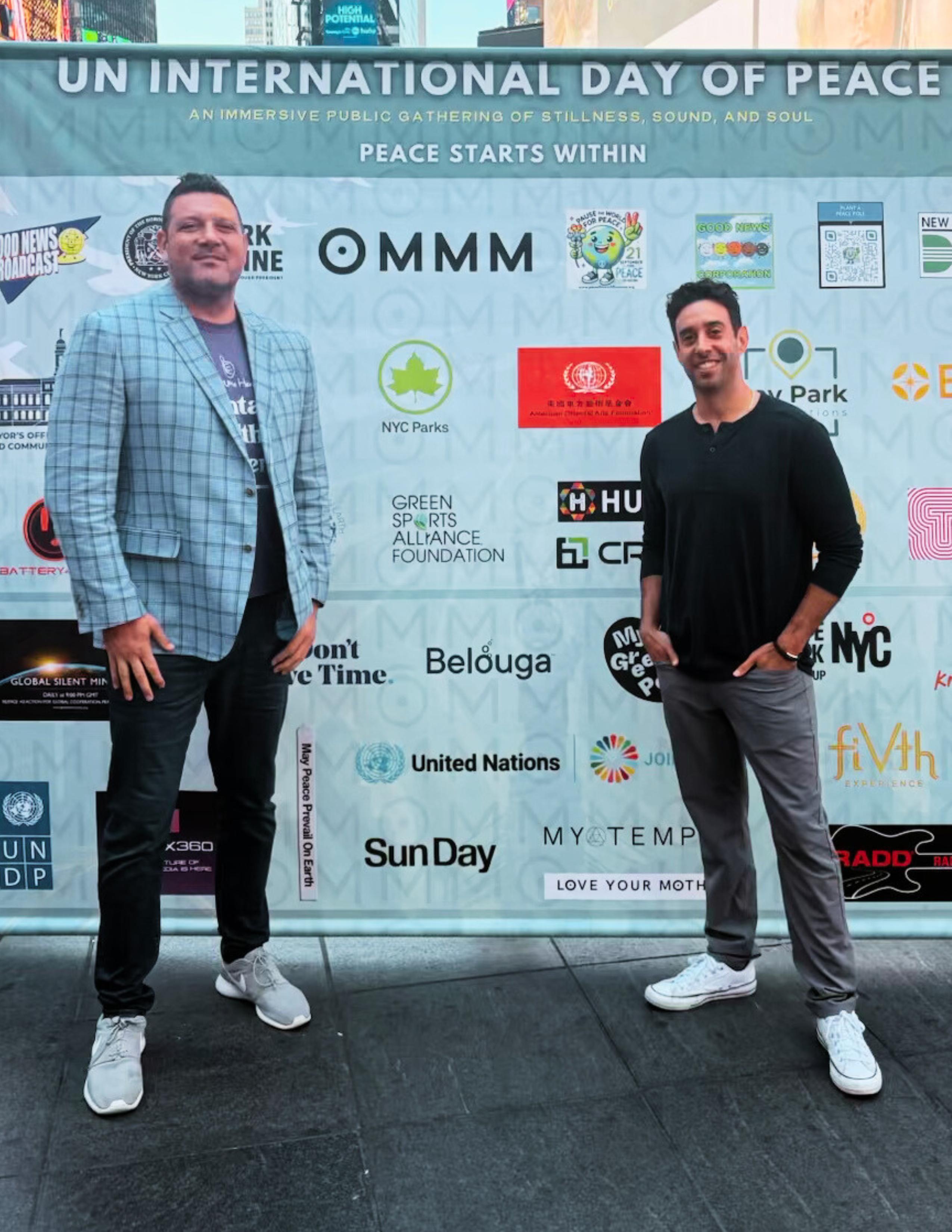
ERIC: (continued) I saw three messages in particular that made me decide not to pour my resources and connections into existing organisations, and ultimately form my own.
The first message I saw from these large organisations was that they all led with the statistic that “1 in 5 people are mentally ill.” When I heard that, I immediately thought: we’re making this topic binary. We’re telling people that only 20% of the population is affected — but what about the other 80%? That’s a big reason why we have a reactive model.
The second message was that all these campaigns for normalisation used the same structure: an action word followed by “stigma.” Stop the stigma. Break the stigma. Kick the stigma. Strike out the stigma. Coming from sports, I saw all these leagues using the same phrasing — dunk, slap, slam. The issue with stigma is that it’s formed by human beings. So when you say stop, stomp, break, or erase — coming from advocates — you’re pointing the finger at people. You’re saying: “You healthy, fine, normal people — you’re being mean to those of us who are sick.” That’s never going to actually break stigma. It’s going to create a greater divide between people who believe they “have it” and those who believe they “don’t.”
The third message I saw came when celebrity stories were shared. These stories were always explained through the lens of disorder labels. “Britney Spears has depression — she’s part of the 1 in 5 group.” “Lindsay Lohan has anxiety — she’s part of the 1 in 5 group.” “You’re not alone.”
And the way you’d find out about their struggles in greater detail was through a People or Us Weekly article linked on these organisations’ websites — because they didn’t have endorsement deals to get direct quotes or interviews. Even now, when celebs share more openly, the focus is still often on how they “manage” their anxiety or depression — not on the vulnerable experiences that led there.
So if you add up those messages — the 1 in 5 statistic, the “stop stigma” phrasing, and the label-based celebrity narratives — what you see is a common theme. They all suggest that 1 in 5 people are mentally ill, we need to stop stigmatising that poor group, and if you’re reading this, ask yourself: do you shave your head like Britney Spears? Do you rip your jersey off mid-game like Antonio Brown? Do you rant about your family and run for president like Kanye West? There aren’t many people who proactively raise their hand after hearing that and say, “I want to be part of that group.” The messaging needed to change — almost a complete 180.
So the idea behind #SameHere is that when we show the sign language symbol — we’re all showing that we’ve all been through challenging life events that have impacted our mental health. Not 1 in 5, but 5 in 5. The visual symbol shows that people from all backgrounds and walks of life are in this together — because we all feel emotional pain that impacts our mental health.
I’ve got to think I went through what I did for a reason. Working in my dream career in professional sports, I was able to tap into my relationships with athletes, teams, and leagues to get them to share the idea of “Same…Here.” Not focusing the message on labels or disorders, but instead on the challenging life events we’ve all faced — divorce, job loss, breakups, abuse, bullying, sickness, or loss of loved ones.
When we connect through our stories and shared emotional pain, rather than just disorder labels, we realise this topic is for everyone — 5 in 5, not 1 in 5. So the concept of #SameHere became representative of the fact that 5 in 5 people experience life challenges and all live on a mental health continuum that fluctuates up and down throughout our lives.
ERIN: What’s next for #SameHere?
ERIC: Well, Erin, as you’ve been following along, it won’t be news to you that we launched an app not too long ago called SameHere Scale. It’s available in both app stores — iOS and Android — and we now have that app in schools, offices, military groups, sports teams, and all kinds of communities around the world, in multiple languages.
It’s really exciting to say that we’ve been using it with our US military based in Korea, and we’ve seen significant success — decreases in suicidal ideation and hospitalisations due to suicide attempts. So it’s been an incredible run on the technology side in terms of helping our education reach wider and more diverse audiences.
Why did we decide to bring technology into what we were doing? Because we simplify the neuroscience and explain it through a “Track and Act” model that’s understandable and accessible to everyone. We help people learn how mental health exists on a continuum through the polyvagal-informed SameHere Scale.
ERIC: (continued) That’s the “track” part of the app — it helps people understand how their nervous system moves up and down that continuum, fluctuating between sympathetic and parasympathetic states. The scale has been psychometrically validated by PhDs from Baylor University. Users can identify, based on their thoughts, feelings, and behaviours, where they’re at on the scale at any given time and track changes over time — just like a weight scale, thermometer, or blood pressure cuff reading.
The “act” part of the app includes the STARR Exercises — long-form videos, audios, and visuals showing how to do each one. And not just “here’s an exercise,” but what it does for you. What does Havening do to dampen an overactive amygdala? What does tapping do to open up clogged meridians? Tutorials show people, just like at a gym, what each exercise does for their wellbeing.
Right now, as I’m doing this interview with you, I’m in Mexico City forming more international partnerships around this app and our education programs. We’re meeting with government leaders and business partners here. It’s really exciting, because this isn’t just a US issue — it’s a global one.
Unfortunately, because of how mental health has been treated and misunderstood for so long, we’re behind the ball globally. Mental health trends are worsening, and we have to start providing more upstream, preventative messaging and tools so we can get ahead of the problem rather than reacting to it. ∎
For more information on #SameHere Global’s educational programs in schools and offices — including their “5 Pillar Roadmap,” STARR training courses, and the SameHere Scale app — visit samehereglobal.org and 5in5inc.com, or connect with the movement on social media at @samehere_global

ERIN MACAULEY
International Director of Advocacy for #SameHere Global www.awarenowmedia.com/erin-macauley
ERIN MACAULEY is passionate about all things mental health and is a compassionate voice for those who are struggling with mental illness. Driven to help those most in need, through her vulnerable and open blogging about her own personal struggles, she lifts up others up and gives them hope.
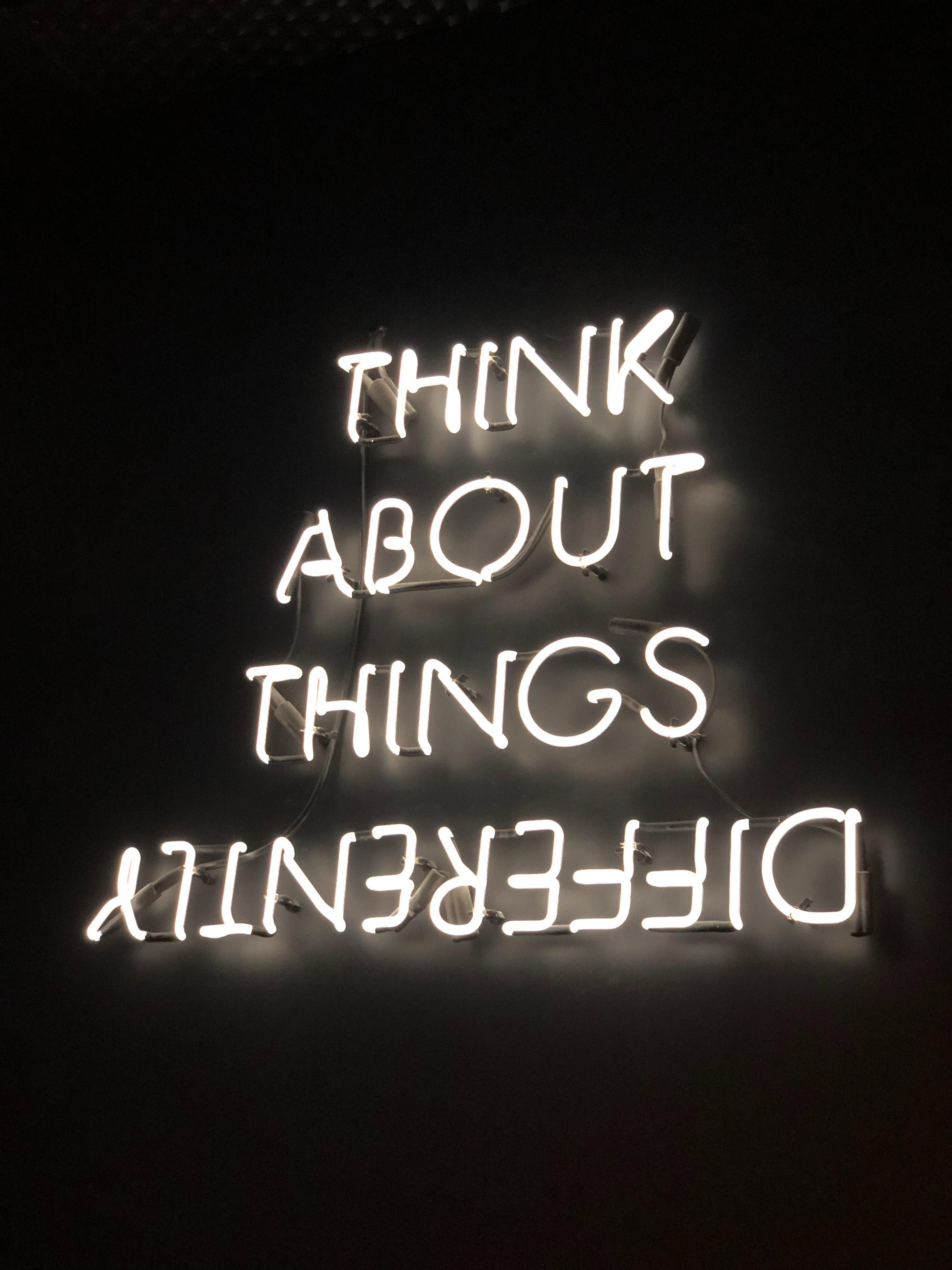


DR. MARCUS RODRIGUEZ FOUNDER OF YOUTH AND FAMILY INSTITUTE, LOS ANGELES


Invalidation, Marcus warns, is a cycle. A student acts out. The teacher, triggered and stressed, responds with judgment. The student, already sensitive from a history of being misunderstood, escalates. The teacher tightens control. The student spirals. What looks like a disproportionate reaction in the moment is, in fact, the result of a long-standing pattern of emotional injury.
In classrooms across the country, teachers face students who act out in ways that seem defiant, disruptive, and often labeled as disrespectful. But Dr. Marcus Rodriguez, founder and clinical director of the Youth and Family Institute, challenges educators to ask a different question:
What problem does this behavior solve for the student?
Whether it’s phone usage, inappropriate jokes, or substance use, these actions often mask deeper emotional struggles, like grief, shame, or trauma. “Very few kids can accurately express what they’re feeling,” Marcus explains. “So instead, they act out. And when we respond with judgment instead of curiosity, we miss the opportunity to truly help.”
Marcus speaks from experience. As a child, he was frequently sent to the principal’s office, suspended, and labeled as a troublemaker. But beneath the impulsivity and chaos was a good kid who was misunderstood and unsupported. “I wonder, what if someone had asked, ‘What does Marcus need?’”
This is the paradigm shift Marcus advocates for: train teachers not just in classroom management, but emotional intelligence. “It’s a huge ask,” he acknowledges. “But these are teachable skills.” Through Youth and Family Institute’s validation training, educators learn how to regulate their own emotions, practice ‘both/and’ thinking, and most importantly, validate their students. “It takes close to zero skill to judge a kid,” Marcus says. “But to be curious, to ask what’s going on, to figure out what that kid needs — that’s really, really tricky.” And yet, it’s essential.
This concept of validation is a core principle of Dialectical Behavior Therapy (DBT). Validation is the process of seeking out and acknowledging how someone's feelings, thoughts, or actions are understandable given their circumstances. Validation is empathy plus communication that their perspective makes sense. But it is not just a therapeutic tool in Marcus’s experience. It is a life skill that has transformed his relationships, his parenting, and ultimately, his vision for education.
Without validation, students remain misunderstood, misdiagnosed, and mislabeled. And the cycle continues.
DR. MARCUS RODRIGUEZ FOUNDER OF YOUTH AND FAMILY INSTITUTE, LOS ANGELES


“Validation is about acknowledging the truth in someone’s experience. You can validate and still hold limits. You can validate and still implement a consequence. You can validate and still lead.”
The goal is not to excuse problematic behavior, it’s to understand it, and help students find healthier ways to meet their needs. Marcus highlights a common misconception: that validation means agreement, approval, reassurance, or surrendering authority. “It doesn’t,” Marcus clarifies. “Validation is about acknowledging the truth in someone’s experience. You can validate and still hold limits. You can validate and still implement a consequence. You can validate and still lead.”
What makes Marcus’s approach so impactful is its accessibility. “You don’t need rigorous certifications to do this,” he insists. “You just need to know that this is an approach that can be taken.” When Marcus was invited to train educators in DBT skills for students, he saw an opportunity to flip the script. “The district asked me to teach distress tolerance, emotion regulation, interpersonal effectiveness, and mindfulness to students,” he recalls. “I asked to begin with the teachers first.”
With the district’s trust, Marcus delivered a training that focused just on educator well-being. “Teachers need these skills first,” he explains. “When a student throws a cologne bottle against the wall and it explodes like a gunshot, that teacher needs distress tolerance. When they’re overwhelmed with stress, they need emotion regulation. When their minds are filled with judgments about a student’s ‘defiance,’ they need mindfulness. And when they’re trying to preserve authority while staying connected, they need interpersonal effectiveness.”
Marcus’s training approach turns away from blaming students, and turns toward empowering educators. “If teachers learn these skills, they can validate. And if they validate, students are more likely to regulate. Then they’re more open to learning the skills themselves.” It’s a trickle-down model of emotional wellness, one that starts with the adults and flows naturally to the students. The feedback was overwhelming. Veteran teachers described the training as “the most useful thing [they’ve] ever been taught.”
His goal in leading the Youth and Family Institute is to spark a paradigm shift in education by teaching educators how the skill of validation is a systems-level intervention: to create validating environments. Whether in Los Angeles or Zimbabwe, Marcus believes that every educator deserves to learn the power of validation, and every student deserves to feel seen.
Written by Sonja Montiel https://awarenow.us/podcast/validation-in-education


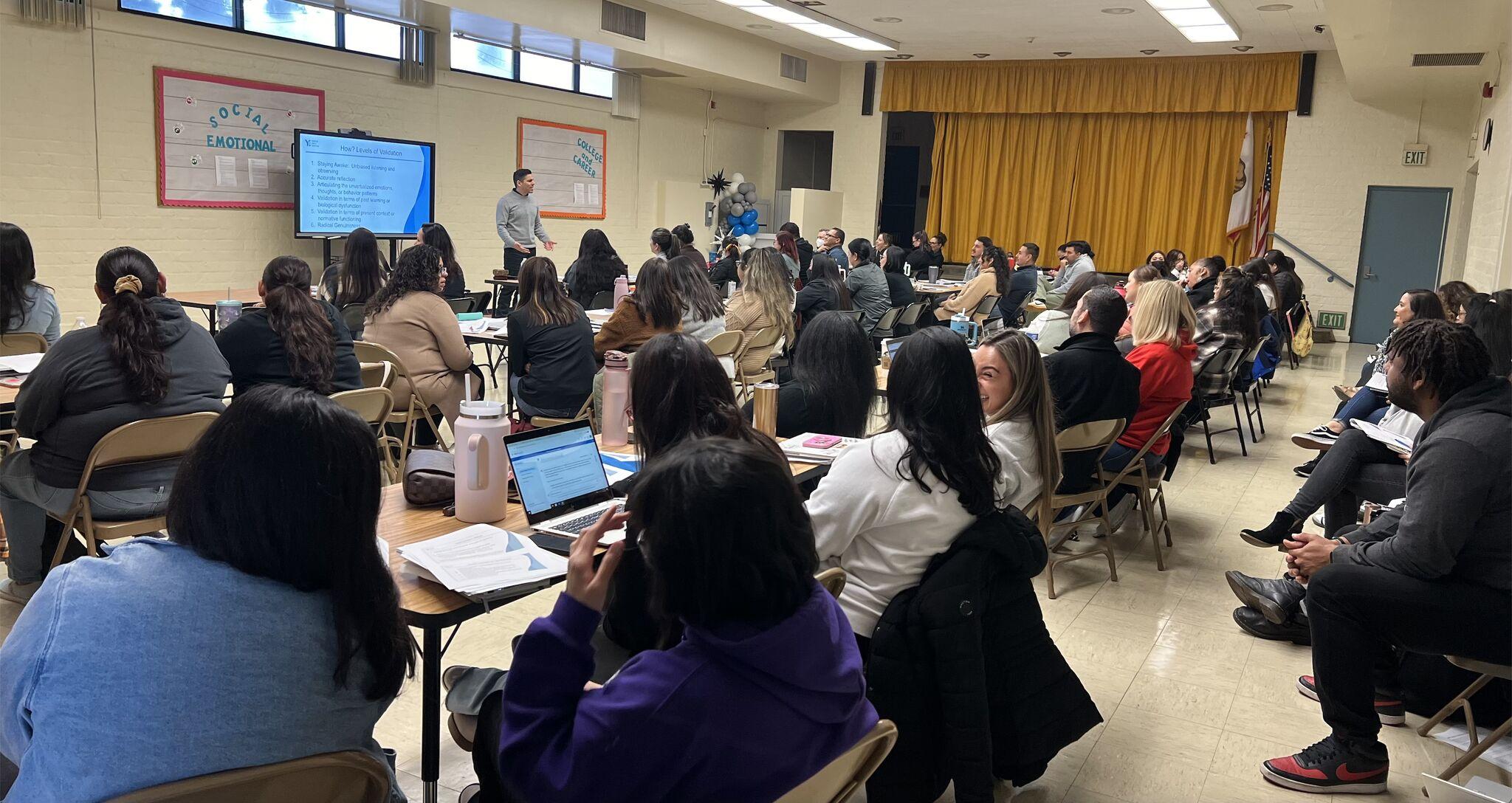
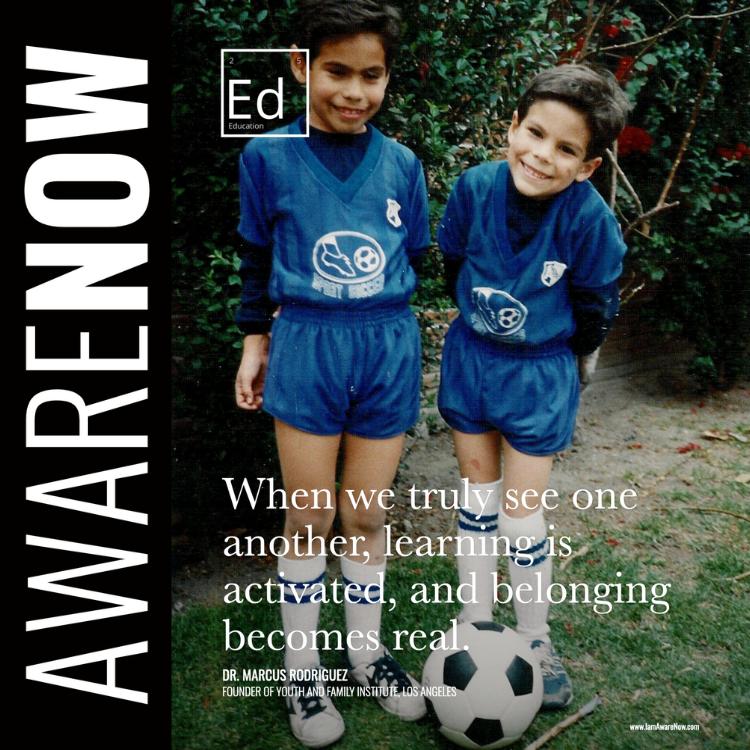
Validation, Marcus advocates for, offers a transformative cycle: a student expresses themselves inaccurately, the teacher regulates their own emotions, accesses curiosity, develops understanding, and responds with validation. The student feels seen, calms down, and begins to express themselves more accurately. The teacher’s job becomes easier. The relationship strengthens. Learning becomes possible.
Currently, there is an opportunity to invest in research to determine the influence of validation in schools. Marcus proposes a bold vision: a collaborative study measuring the impact of validation trainings on outcomes like teacher retention, student suspensions, absenteeism, and positive school climate.
“If you’re a district leader reading this,” Marcus says, “let’s train your staff. Let’s measure the impact and prove what we already know in our hearts: When we truly see one another, learning is activated, and belonging becomes real.” ∎
About Dr. Marcus Rodriguez:
Marcus Rodriguez, PhD, is the Founder and Director of the Youth and Family Institute (youthandfamilyinstitute.com) and the Global Mental Health Lab. He also serves as a tenured associate professor at Pitzer College. Dr. Rodriguez earned his PhD from Duke University, completed his doctoral internship at Harvard Medical School, and received his master’s degree from Peking University. Raised in Mexico, he studied abroad in Germany, lived in China for nine years, and has traveled to over 90 countries. He provides therapy, consultation, and training in Spanish and Mandarin. Dr. Rodriguez is an expert in dialectical behavior therapy (DBT) and is a trainer for Behavioral Tech, the institute Dr. Marsha Linehan founded to disseminate DBT around the world. Dr. Rodriguez has trained thousands of mental health professionals in this life saving treatment. He has also trained and consulted with various school districts, including Summit School District, Colorado; Pomona Unified School District, California; and Shenzhen School District, China.
To learn more about Youth and Family Institute: https://youthandfamilyinstitute.com
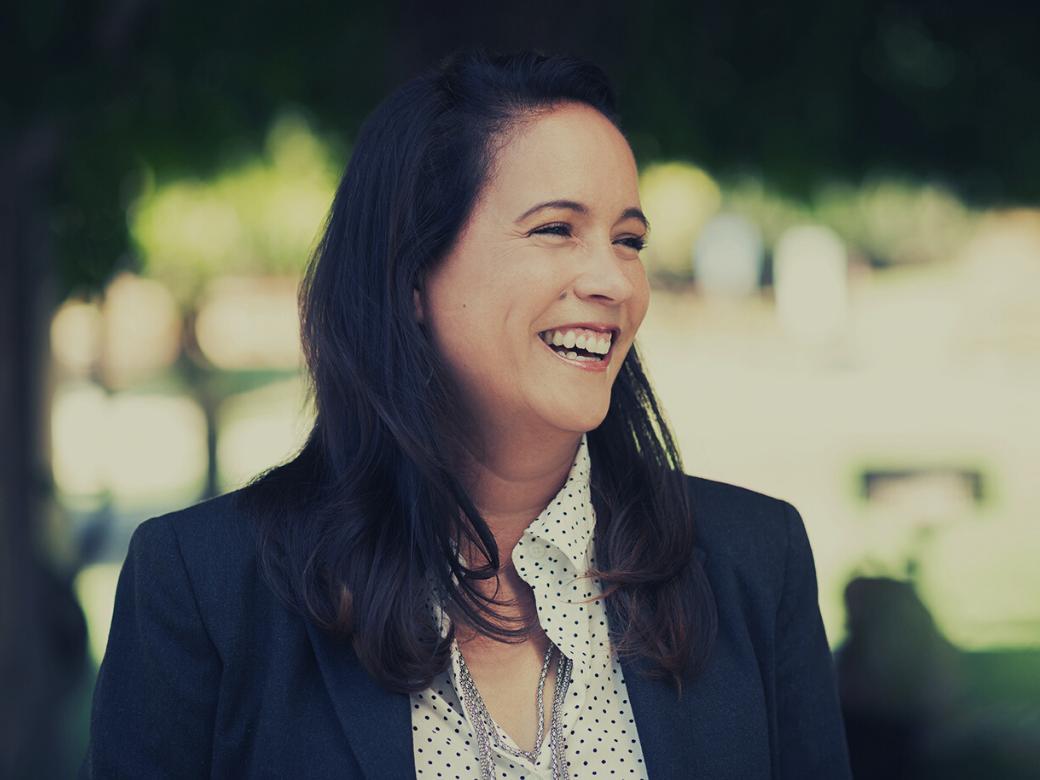
SONJA MONTIEL
Co-Founder of PEQ Performance Consulting www.awarenowmedia.com/sonja-montiel
SONJA MONTIEL (MA Education) is a cofounder of PEQ Performance Consulting LLC and cohost of “The DH Effect” podcast. She and her partner, Hilary Bilbrey, guide individuals, families, and teams to consistently reach successful outcomes through positive and emotional intelligence strategies. During Sonja’s 23 years working with thousands of teens and young adults worldwide, she began to witness many societies creating an unhealthy hyper-achieving culture that misguides our young people in their pursuit of living a life of fulfillment. Sonja is changing that narrative highlighting educators around the world who dare to think differently about education. (www.peq-performance.com)


There
KEVIN HINES SUICIDE PREVENTION ADVOCATE & SPEAKER
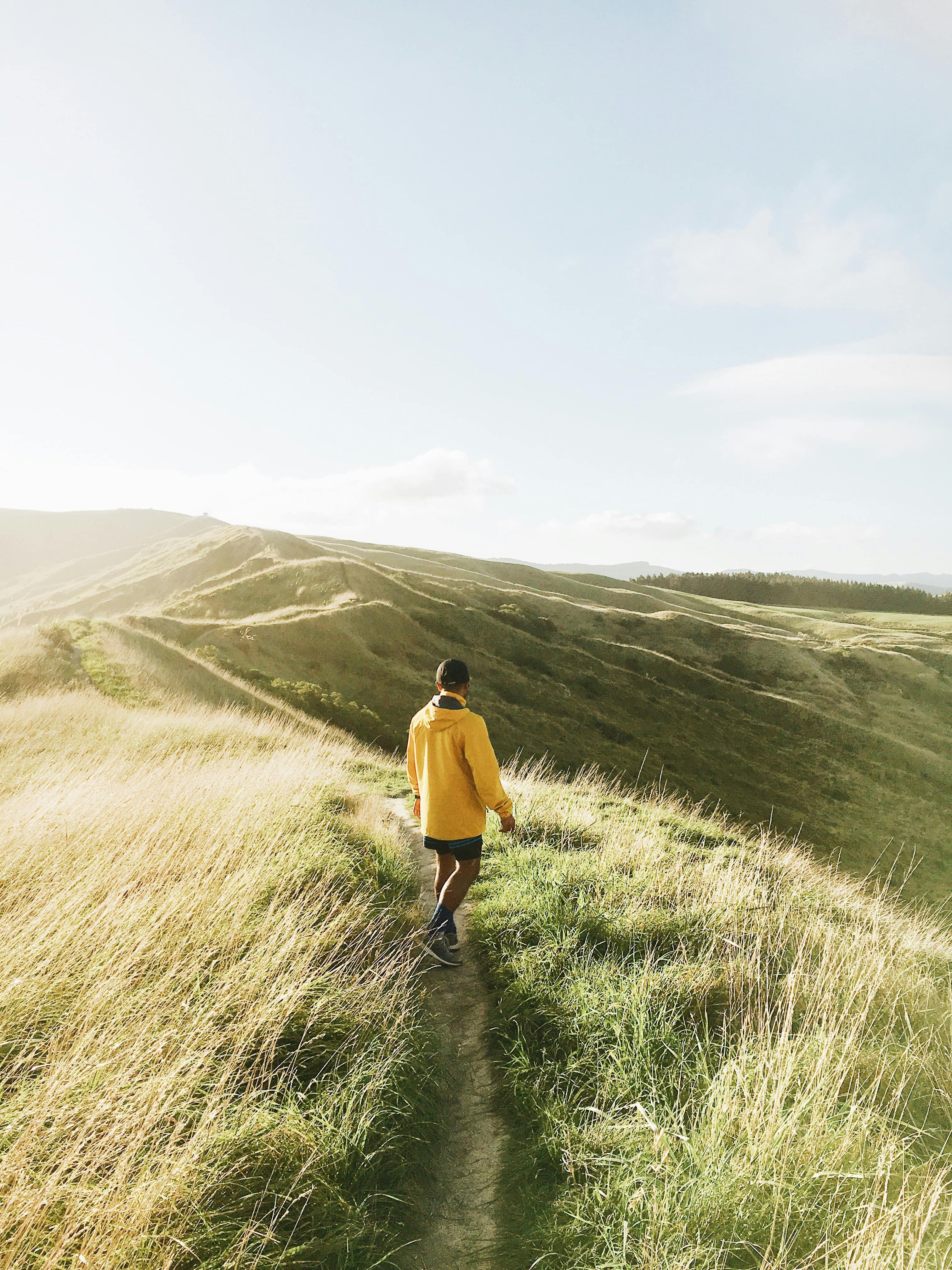

‘BE
Physician Assisted Suicide (PAS) is one of the most complex, emotionally charged topics of our time. It’s a subject that evokes strong feelings because it sits at the intersection of compassion, suffering, dignity, and the very value of human life.
I want to be clear: my stance comes from my lived experience, my advocacy for mental health and suicide prevention, and my deep empathy for those enduring pain beyond imagination. I have met people living in constant, excruciating, terminal physical agony, and I fully understand the daily torment they endure, as someone who lives with chronic excruciating physical pain from my attempt off the Golden Gate Bridge.
For those individuals, and especially for those in a vegetative state or near the end of life, I can absolutely understand why PAS is an option they might consider. While my hope will always be that they find reasons to stay, I cannot condemn the depth of their choice without empathy for their immeasurable pain.
But when it comes to those struggling with suicidal ideation due to past trauma, mental illness, brain pain, or the crushing weight of depression, my conviction is unwavering:
PAS is not the answer.
I know this not from theory, but from the edge of death itself. Years ago, I stood on the precipice of the Golden Gate Bridge, believing my mental pain would never end. I believed I was a burden, that there was no future worth living for. I was wrong. That leap, which I thank God I survived, taught me a truth that has guided my life’s mission: mental pain can be healed, mental illness can be managed, and there is always hope for a better tomorrow.
I’ve seen it thousands of times, in survivors I’ve met across the globe, in those who once wanted to die but are now thriving. Depression, bipolar disorder, PTSD, even schizophrenia; these conditions are real, painful, and exhausting. But they are not terminal sentences.
With the right combination of therapy, medical care, lifestyle changes, social connection, and purposeful living, people can and do recover. They can move from wanting to end their lives to embracing life with open arms.
That’s why I believe it is pure evil to end the life of someone who is depressed, someone whose illness is treatable, whose circumstances can change, whose brain can heal. Ending that life robs them of the chance to see the light that could one day break through the darkness.
Remember, we’re all going to die some day. None of us have cracked the code to immortality, give yourself time, energy, effort, and put in the Hard Work for things to change!
“Choose to see what comes next.”
There are countless paths to a life worth living, even with a mental health diagnosis. I’ve walked that road myself, from the depths of despair to a life filled with meaning, love, and purpose. It wasn’t easy. It took work, patience, and a fierce commitment to stay alive even when I didn’t feel like it. But it was worth every moment.
If you are struggling today, please hear me: your story is not over. The pain you feel is not permanent. There is a version of your life where you are thriving, laughing, loving, and grateful to still be here. You just haven’t met that version yet.
PAS may have a place in the conversation for terminal, unbearable physical suffering. But for those enduring mental pain, there is another way, many other ways. And I will spend the rest of my life fighting to help you find them.
Choose life. Choose to stay. Choose to see what comes next.
Because what comes next might be beautiful. ∎
If you struggle mentally with 'Brain Pain’, read my new book released in August for National Wellness Month “The Art of Wellness: How To Find, Live, & Stay Mentally Fit”. It’s a wellness tracking workbook to change your brain, and change your life. Let’s make a life worth living together.
Learn more about the book here: https://awarenow.us/book/the-art-of-wellness

Suicide Prevention Advocate & Speaker www.awarenowmedia.com/kevin-hines
Kevin Hines is a storyteller. He is a best selling author, global public speaker, and award winning documentary filmmaker. In the Year 2000, Kevin attempted to take his life by jumping off the Golden Gate Bridge. Many factors contributed to his miraculous survival including a sea lion which kept him afloat until the Coast Guard arrived. Kevin now travels the world sharing his story of hope, healing, and recovery while teaching people of all ages the art of wellness & the ability to survive pain with true resilience. His motto: #BeHereTomorrow and every day after that.
